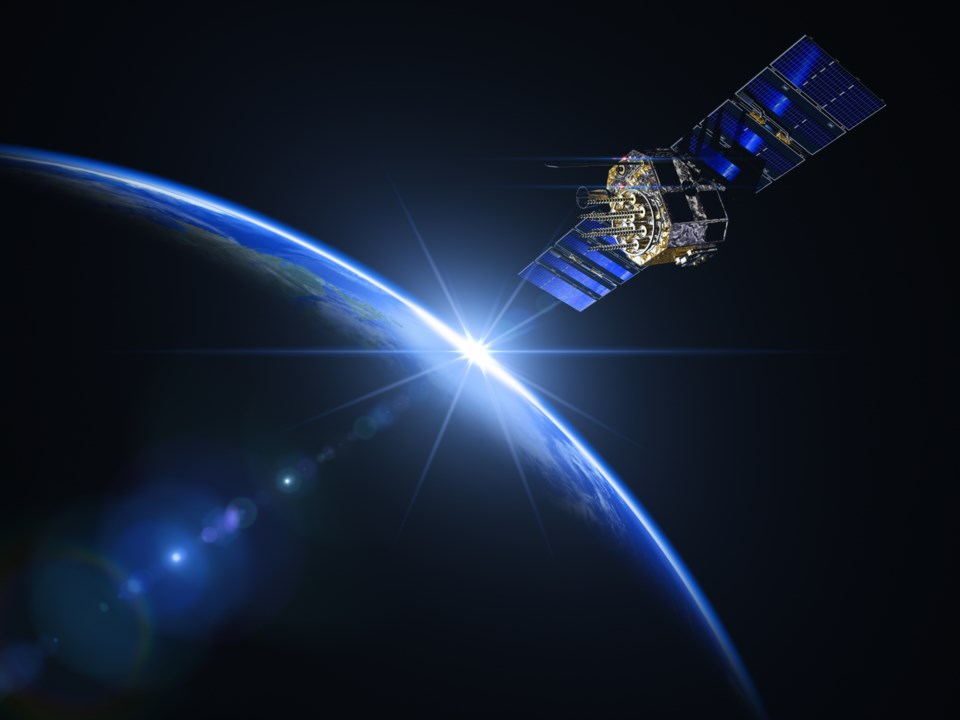Earth-bound humans have long looked into the sky and wondered. Twinkling stars, moving planets, and shooting astroids prompted scientific inquiries and discoveries, slowly shaping our understanding of the universe and Earth's place in it.
Perhaps no heavenly object has captivated us like the moon. Today, NASA announced its latest discovery: . The space agency's Stratospheric Observatory for Infrared Astronomy (SOFIA) used a powerful telescope to pick up the presence of water molecules in the sunny Clavius Crater, bringing us a step closer to understanding our closest celestial neighbor in our long journey to know the cosmos.
The 20th century saw a huge leap in astronomical discoveries and the advent of space exploration, both driven by advances in technology. Astronomy and space provide some of the biggest science news in any given year. Humans love finding out new things about the universe we inhabit. The year you were born may have had a profound discovery, a landmark advance in human spaceflight, or simply the birth or death of someone who changed the way we see the cosmos.
set out to find the most notable space discoveries from over the last century. Some of the stories included here were selected to make sure certain important topics got covered, but many years required a difficult choice. Also, certain stories that didn't pan out—like the "" headlines from 1996—aren't included, even if they received the most media attention that year. Finally, we only realized the full importance of some stories years after the fact, so Stacker has counted a few discoveries that didn’t make a big splash at the time but we now acknowledge as significant.
From the moon landings to learning how stars shine to realizing the universe is big—really big—the past 100 years have been a wild time. Here are just a few of the major discoveries in the years 1919 through 2018.
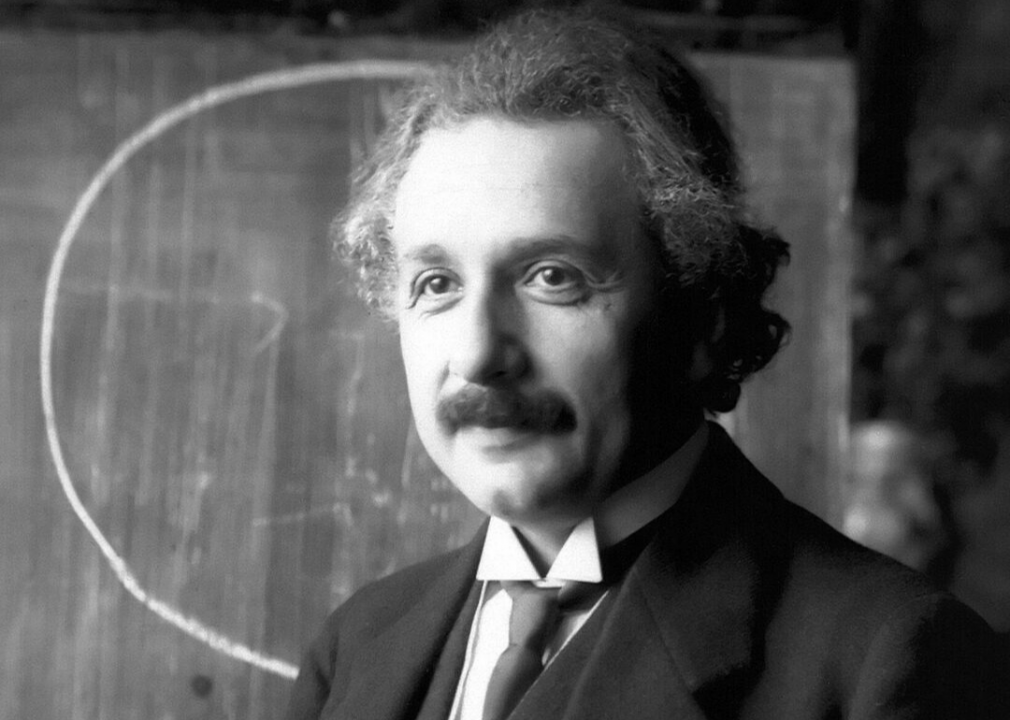
Pixabay
1919: Albert Einstein's theory of gravity passes its first big test
British astrophysicist Arthur Eddington led an expedition to the African island of Principe to test Albert Einstein's theory of general relativity. According to that theory, gravity from the sun should bend the path of light from distant stars, but that prediction can only be tested during a total solar eclipse when sunlight is blocked by the moon. Eddington and his team , exactly as predicted by relativity.
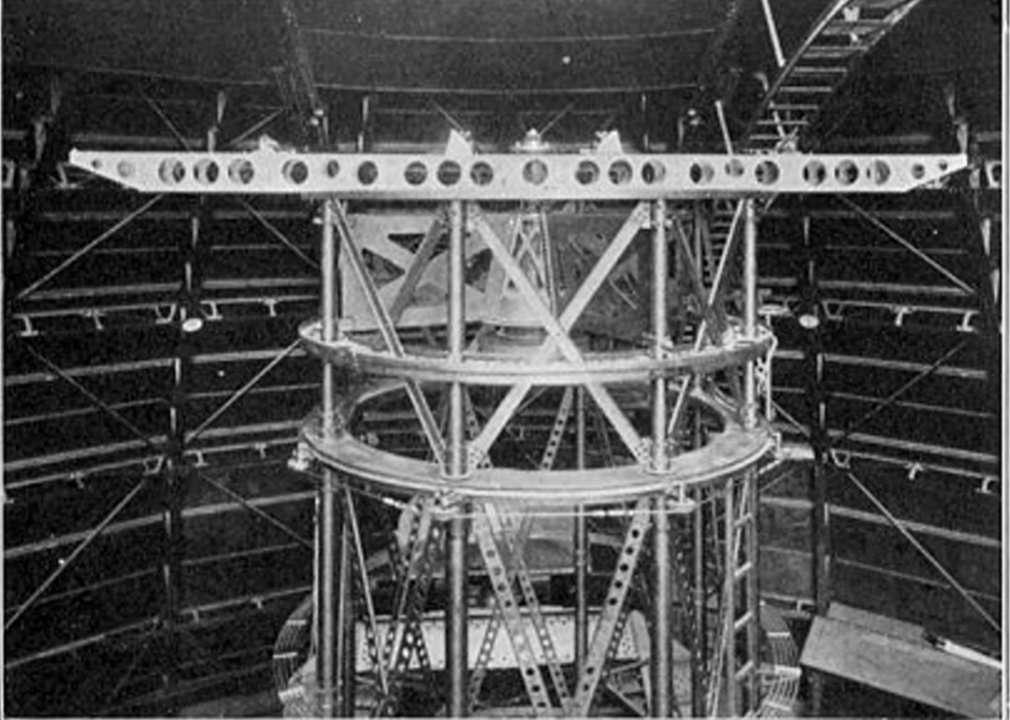
George Ellery Hale // Wikimedia Commons
1920: Taking the measure of Betelgeuse
Betelgeuse is one of the brighter stars in the night sky, visible as part of the constellation Orion. Americans physicist Albert Michelson and astronomer Francis Pease used a special device known as an interferometer (of the same basic type as the LIGO gravitational wave detector) to . This is the first time such a measurement was made for a star other than the sun and showed Betelgeuse to be a supergiant star large enough to engulf the inner solar system.
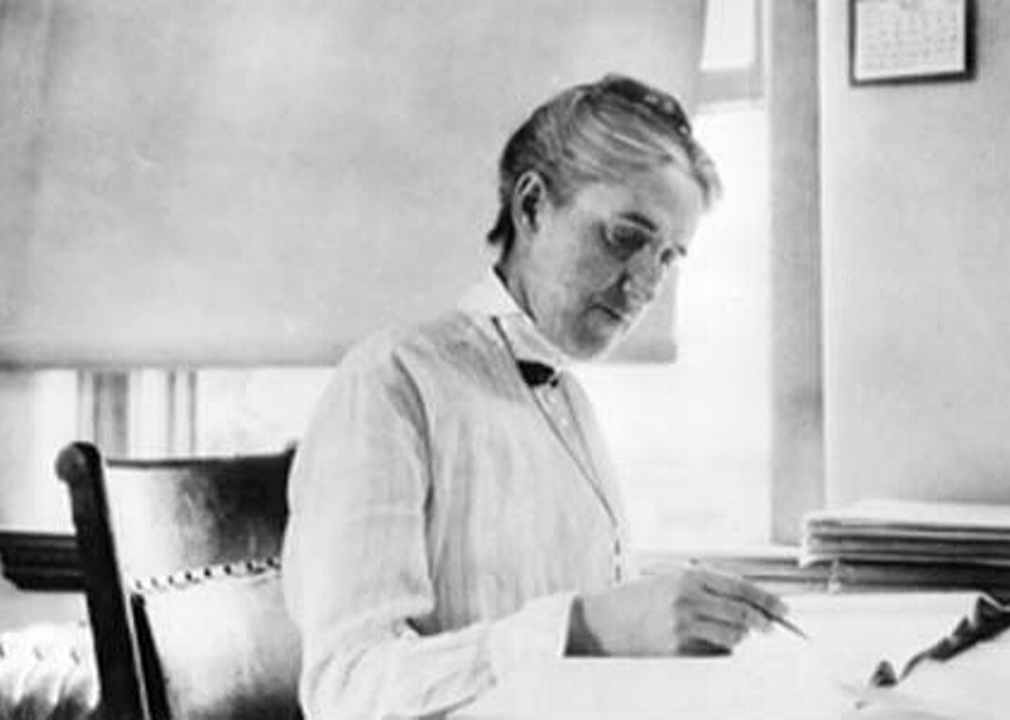
Unknown // Wikimedia Commons
1921: RIP Henrietta Leavitt, who taught how to measure the cosmos
Henrietta Swan Leavitt was an astronomer at Harvard College Observatory, hired as a "computer" assistant to the male researchers. However, her skill led her to discover a and the length of their fluctuation cycle. Leavitt's discovery led directly to some of the most important observations in 20th-century astronomy.
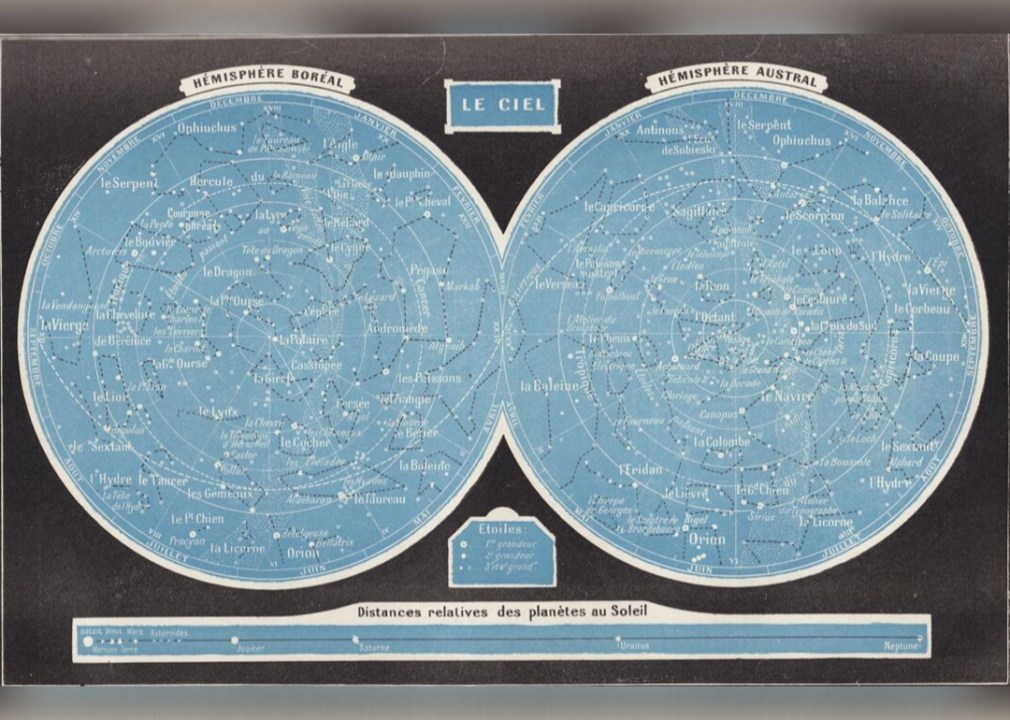
Ωméga // Flickr
1922: Formal definition of constellations
Many cultures identify constellations, relating them to mythology and using them for navigation. The International Astronomical Union (IAU) formally in 1922 as an aid to observers. Eight years later, the IAU removed Argo from the list to give us the modern 88 constellations.
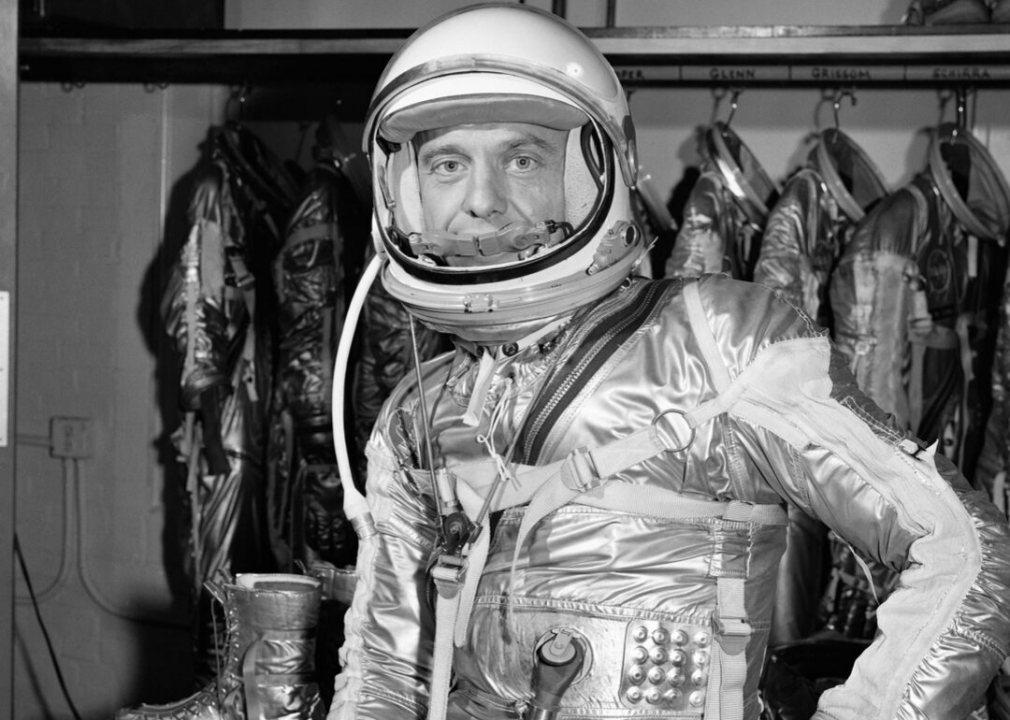
NASA on The Commons // Flickr
1923: Birth of Alan Shepard, first American in space
American astronaut Alan Shepard was born on Nov. 18, 1923. After serving in the United States Navy during World War II, he joined the original astronaut corps, becoming the first American man in space in 1961. Subsequently, he piloted the Apollo 14 lunar module, becoming the fifth person to walk on the moon.
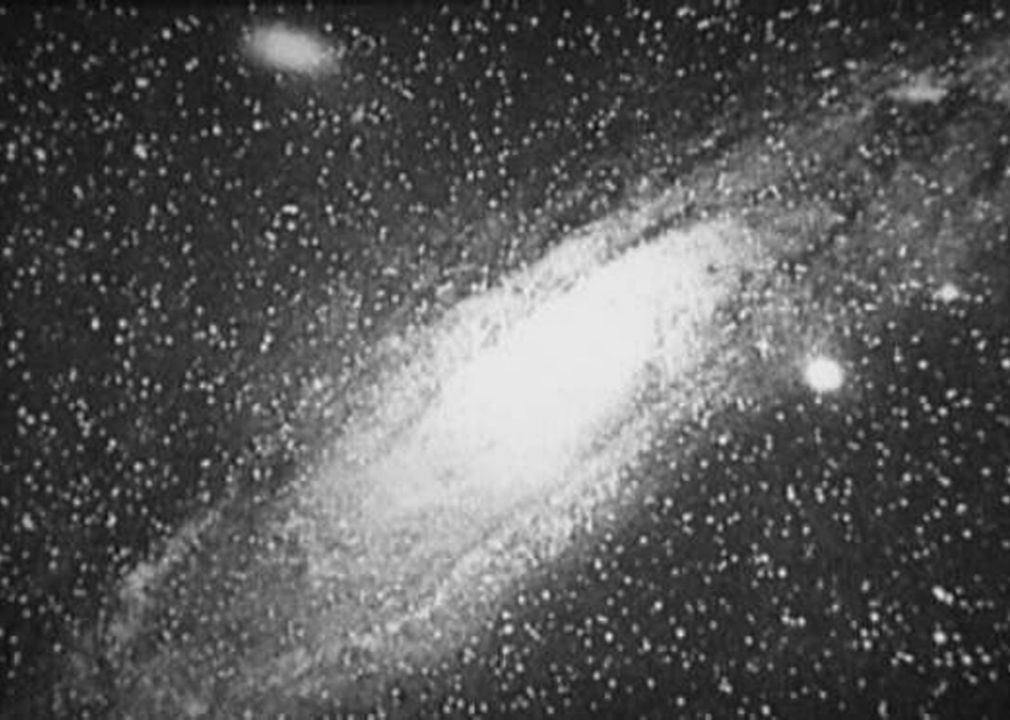
Isaac Roberts // Wikimedia Commons
1924: Hubble demonstrates other galaxies exist
American astronomer Edwin Hubble identified a Cepheid variable star in the Andromeda nebula, and used Henrietta Leavitt's discovery about these stars to determine the distance. He found the nebula was much farther away than the most distant known star in the Milky Way, . Hubble's discovery settled a centuries-old debate over whether the Milky Way constituted the entire universe, inaugurating the field of extragalactic astronomy. Hilariously, the Times misspelled Hubble's name.
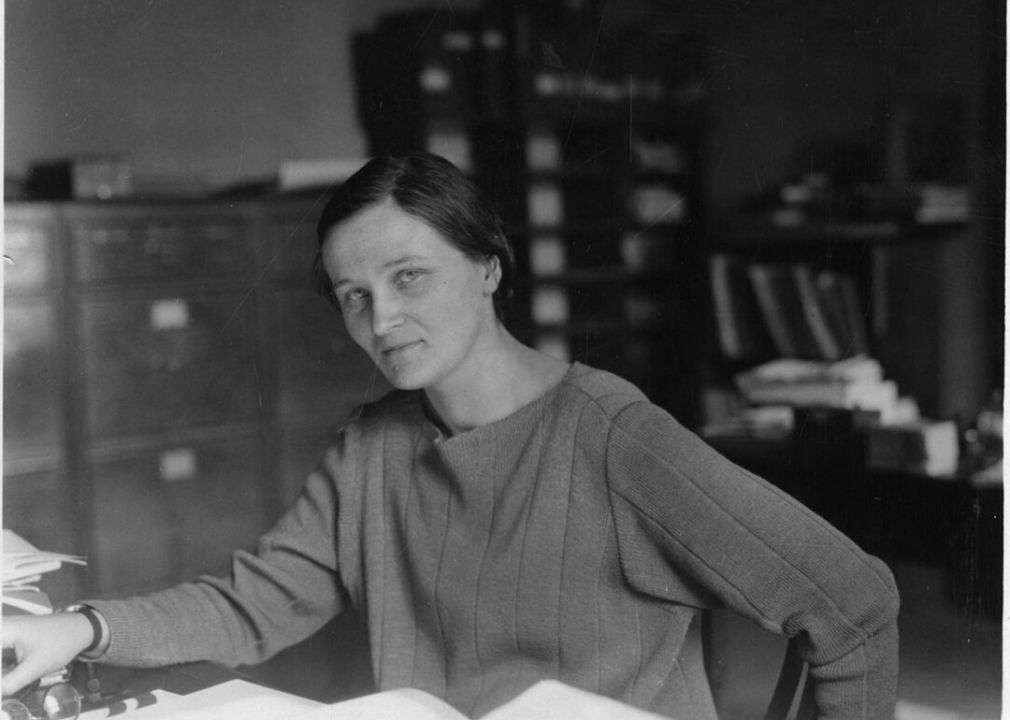
Smithsonian Institution // Wikimedia Commons
1925: Cecilia Payne shows that stars are mostly hydrogen
British-born astronomer Cecilia Payne applied recent discoveries in the physics of gases to understand the spectrum of light emitted by stars. She learned that all stars are , despite their diverse appearances. Her 1925 doctorate thesis describing the 18 most abundant elements in stars set the stage for stellar astronomy for the rest of the century.
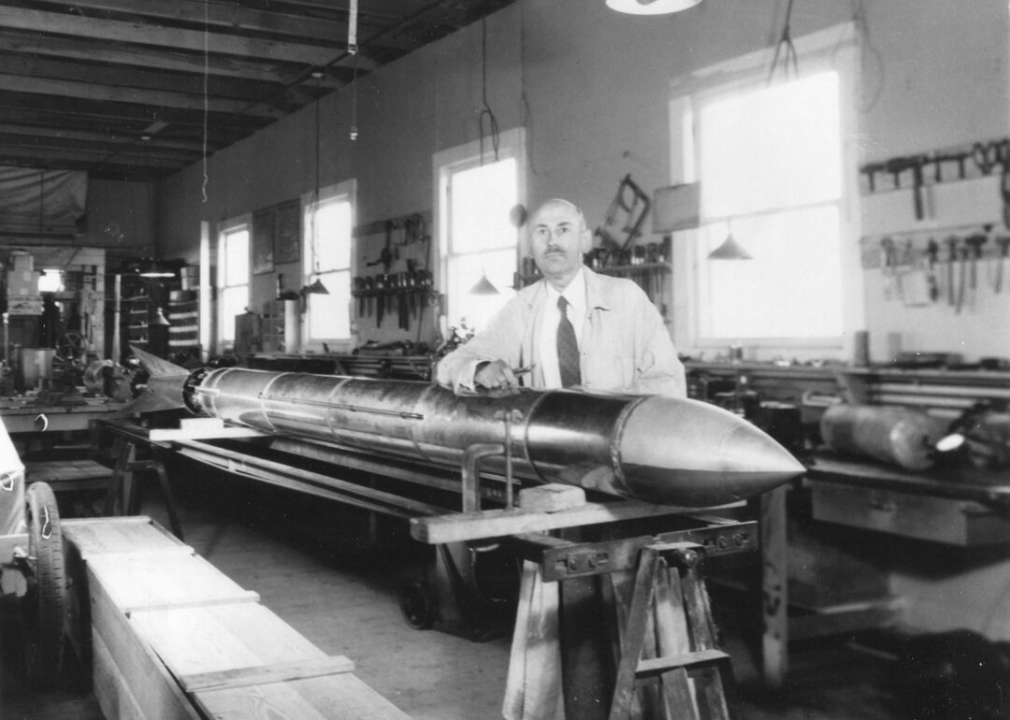
NASA // Wikimedia Commons
1926: Robert Goddard builds first liquid-fuel rockets
American physicist Robert Goddard devoted much of his spare time and energy to building rockets. The major triumph of this research was the (nicknamed "Nell"), which used gasoline and liquified oxygen. Goddard's basic design was modified and improved by many subsequent rockets, and today he is recognized as one of the most important pioneers of rocketry.

tonynetone // Flickr
1927: LeMaître calculates how the universe expands
Based on Einstein's general relativity, Belgian physicist/Catholic priest Georges LeMaître determined that , carried along by the expansion of spacetime. This led him to determine that farther galaxies would appear to be moving faster than closer ones, anticipating Hubble's observational discovery two years later.
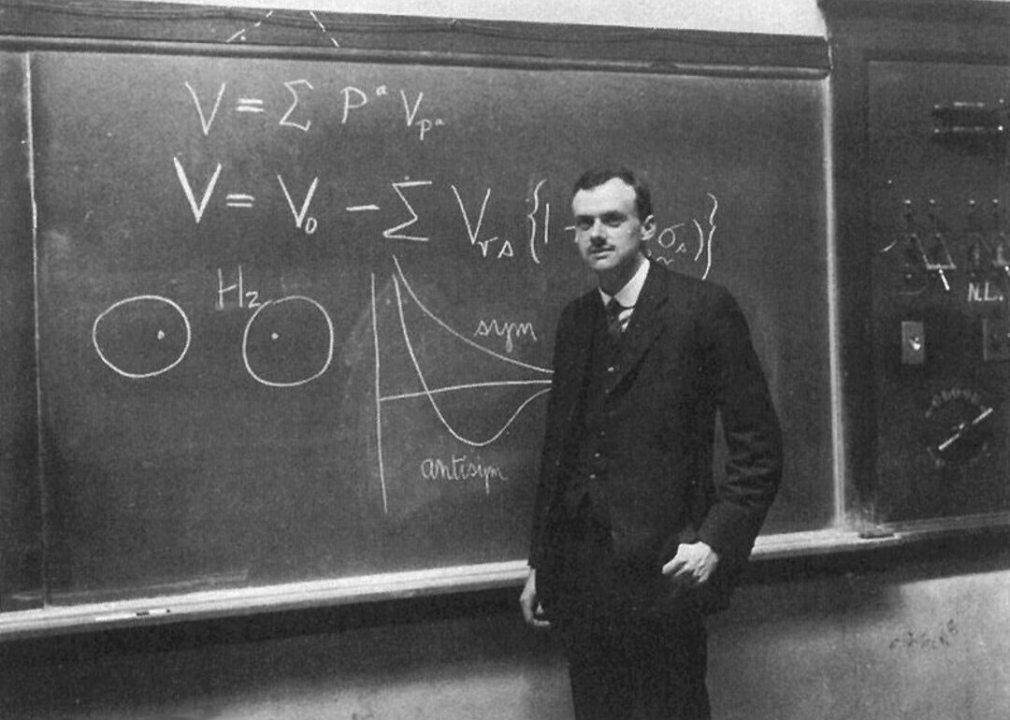
Unknown // Wikimedia Commons
1928: Prediction of antimatter
British physicist Paul Dirac sought to combine the quantum theory of electrons and atoms with Einstein's theory of relativity. He discovered the (confirmed experimentally in 1932): particles with the same mass as electrons, but opposite electrical charge. Other particles turned out to have antimatter partners as well, which led to exciting discoveries in cosmic ray astronomy and the study of the early universe.
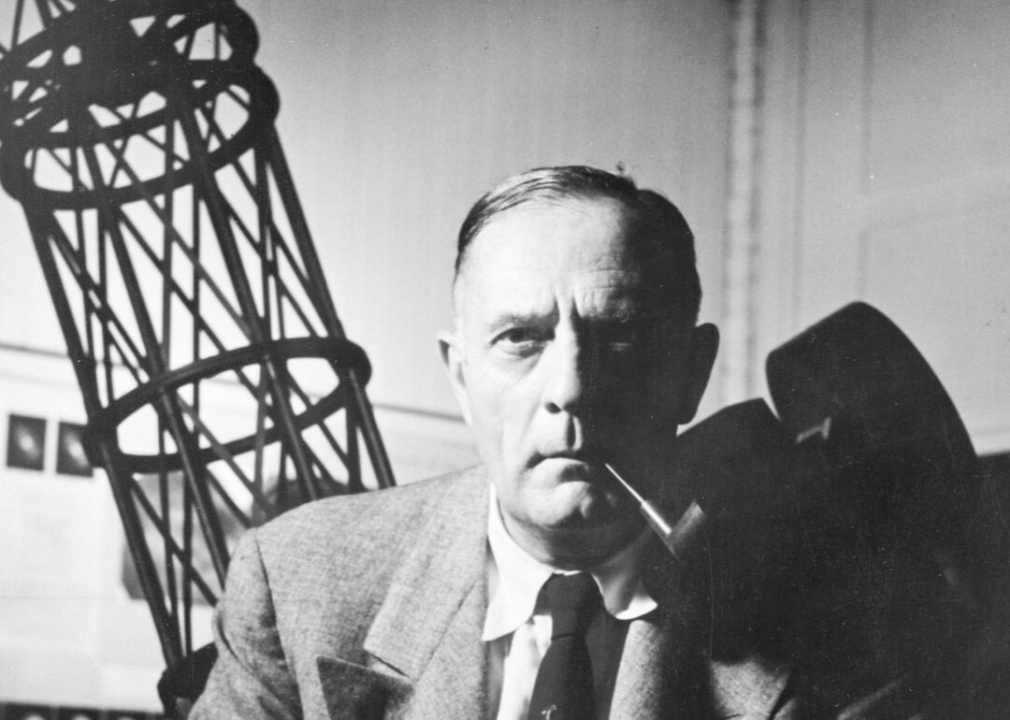
Observatories of the Carnegie Institution for Science Collection at the Huntington Library
1929: Galaxies are speeding away from us
Expanding on his earlier observation of Cepheid variable stars in other galaxies, —a stretching of light due to fast motion, like the change in pitch of a siren as an ambulance passes. The size of the redshift was larger for more distant galaxies, indicating that galaxies on average are getting farther apart. This was observational evidence for LeMaître's calculation of 1927, which was not widely known at the time, so the discovery is often known as "Hubble's law."
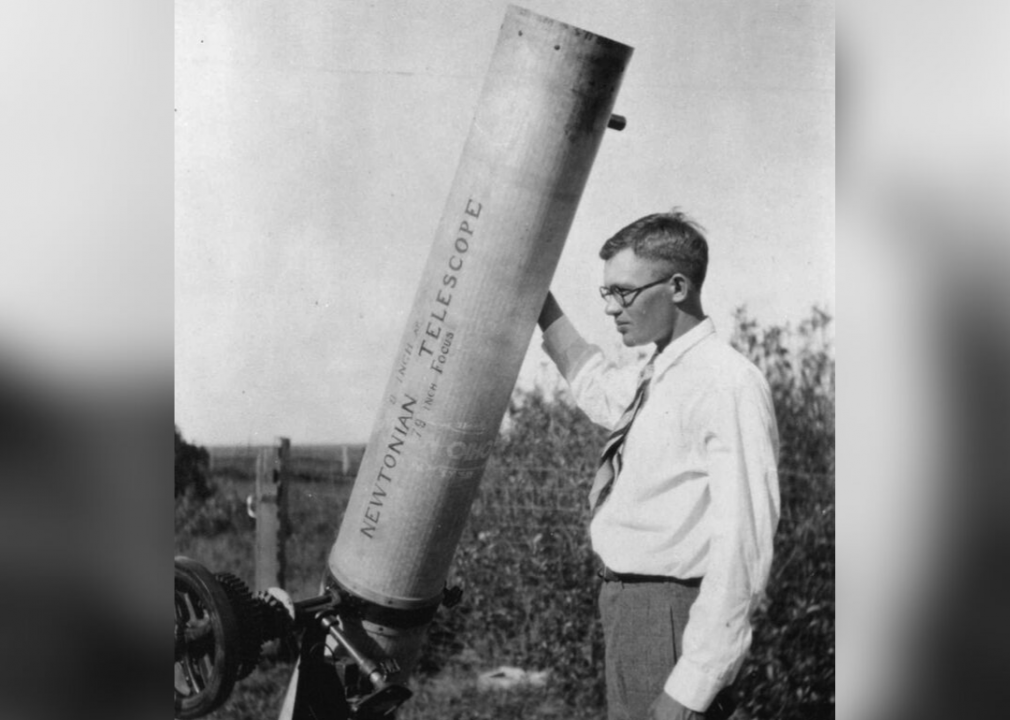
Unknown // Wikimedia Commons
1930: Discovery of Pluto
Percival Lowell, a wealthy eccentric, funded a hunt for "Planet X" beyond the orbit of Neptune, believing it to be at least the size of Earth. In 1929, the task to find this hypothetical world landed on astronomer Clyde Tombaugh, . Though the initial estimates of its size were far too big (it's smaller than the moon), Pluto was the farthest known world from the sun for many years.
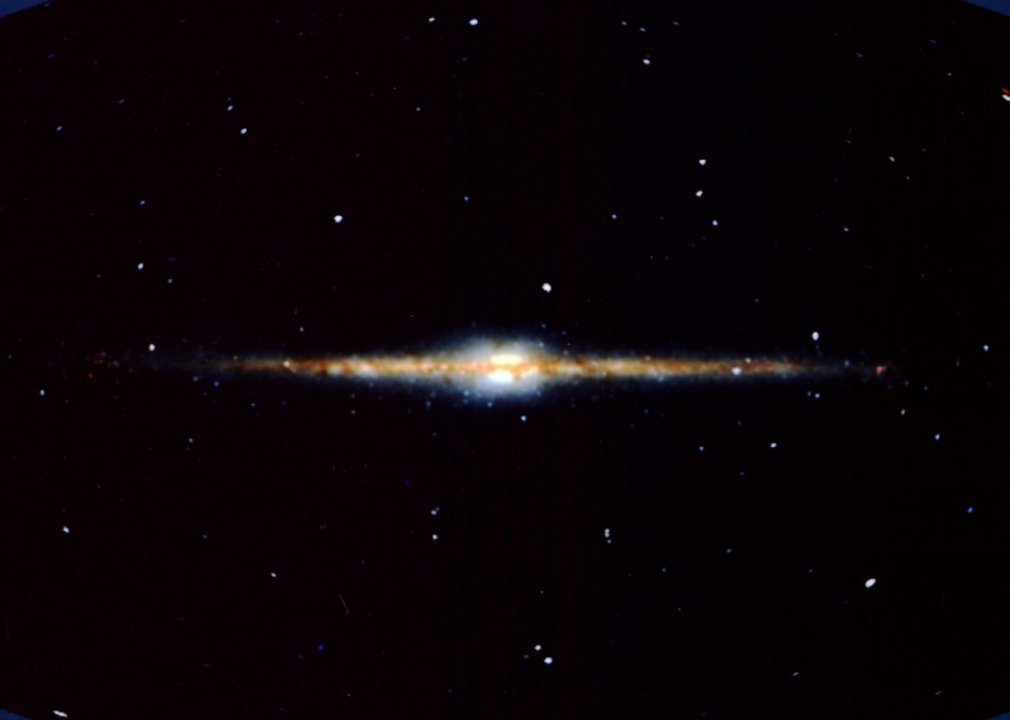
NASA // Wikimedia Commons
1931: The original Big Bang theory
Following Hubble's 1927 discovery of the expansion of the universe, LeMaître's theoretical work captured the attention of the larger astronomical community. He pointed out the implications of an expanding universe: in the distant past, everything must have been compressed together. ; today we call it the Big Bang.
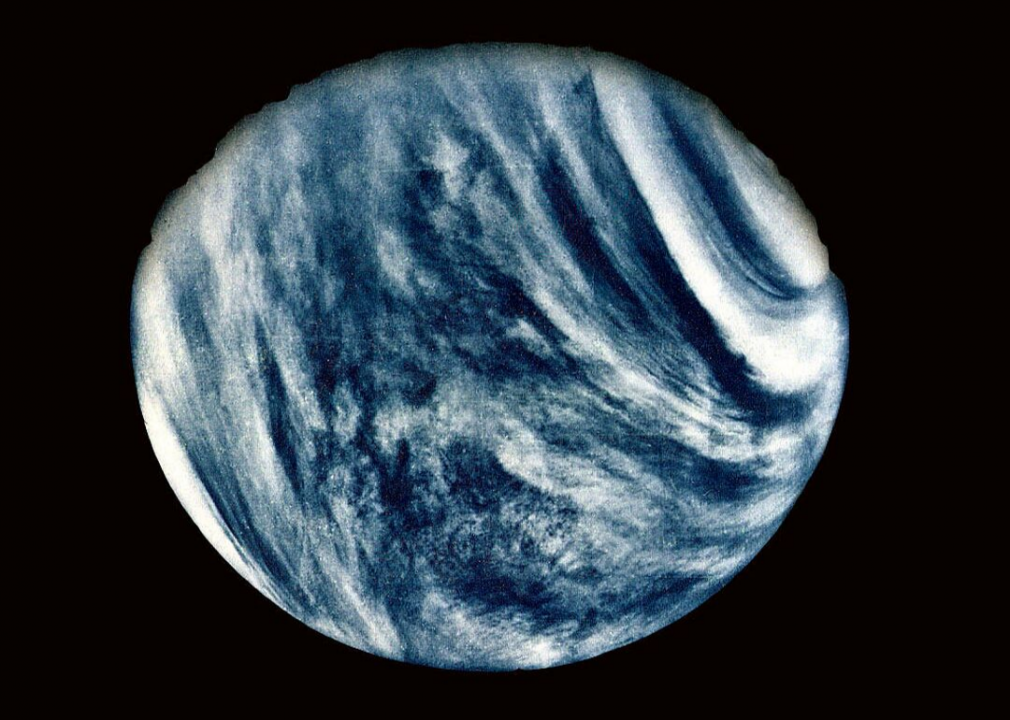
NASA
1932: Discovery of carbon dioxide atmosphere on Venus
Venus is nearly Earth's twin in terms of size and mass, which led astronomers to wonder how Earth-like its atmosphere might be. American astronomers Walter S. Adams and Theodore Dunning found instead that at high pressure by analyzing the spectrum of light absorbed by those molecules. This indicated that planets of similar size can vary wildly in terms of atmosphere—and habitability.
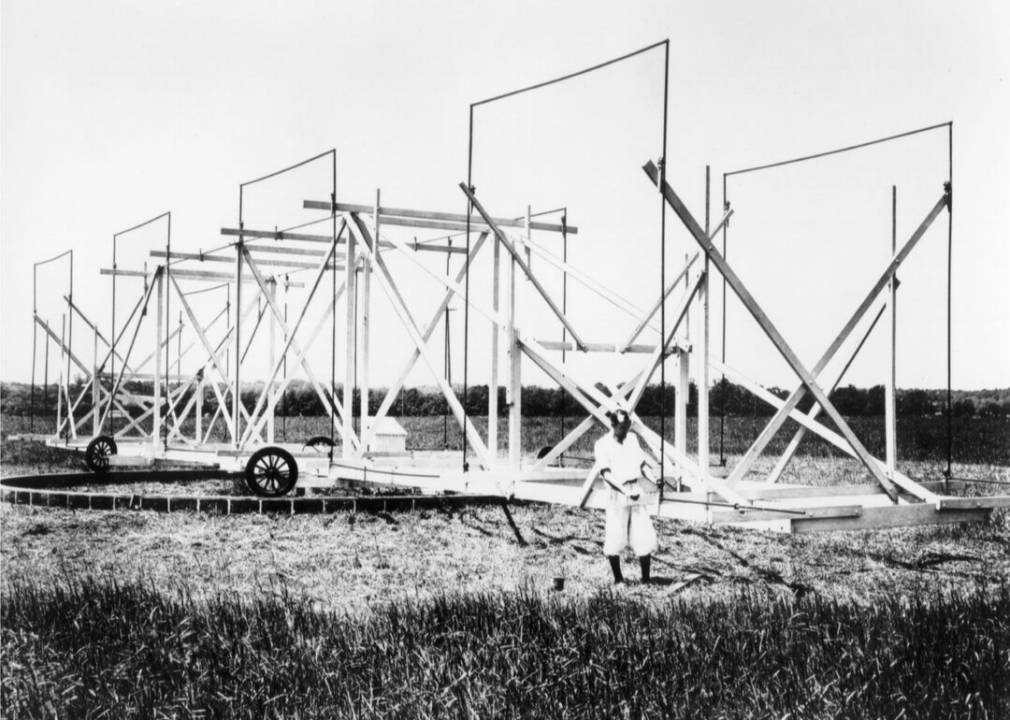
ITU Pictures
1933: First cosmic radio waves announced
In the early 1930s, Bell Laboratory engineer Karl Jansky had been assigned the job of identifying sources of interference for radio transmissions. He built a huge antenna on a turntable and : the first time radio waves were found coming from outer space. While Jansky's job didn't permit him to follow up on his discovery, he is acknowledged today as the originator of radio astronomy.
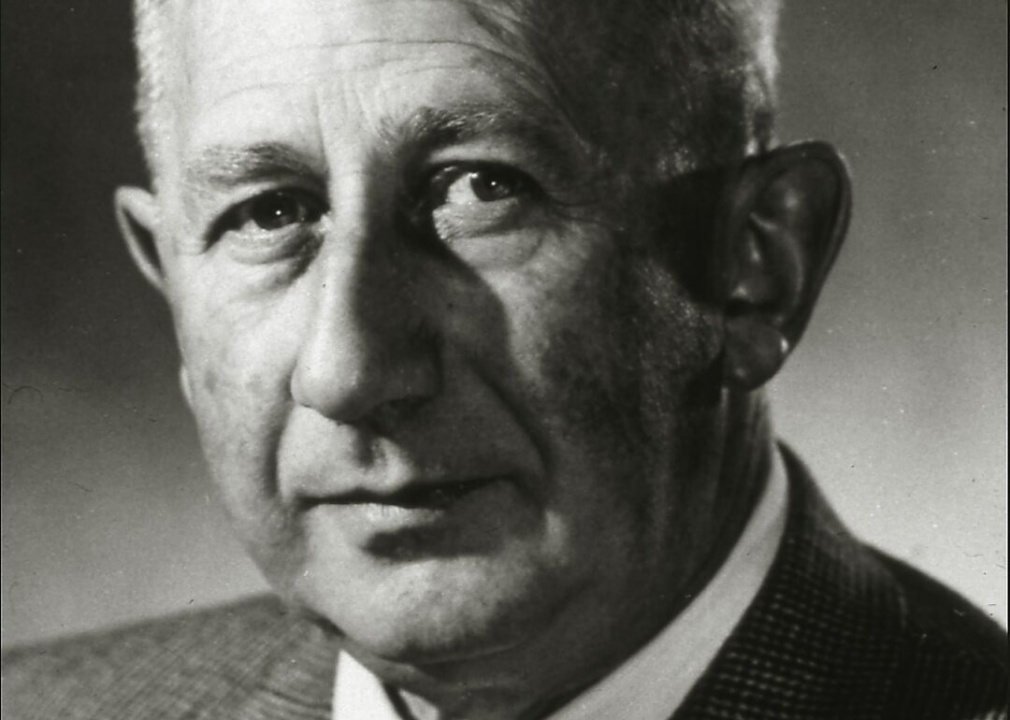
Unknown // Wikimedia Commons
1934: The violent ends of stars
Since ancient times, astronomers have observed "new stars" ("novae") in the sky that would brighten, then fade away. Astronomers Walter Baade and Fritz Zwicky proposed that some of these events were (supernovas). They also predicted the end result of these explosions would be neutron stars: small, dense bodies made of the same stuff as atomic nuclei.
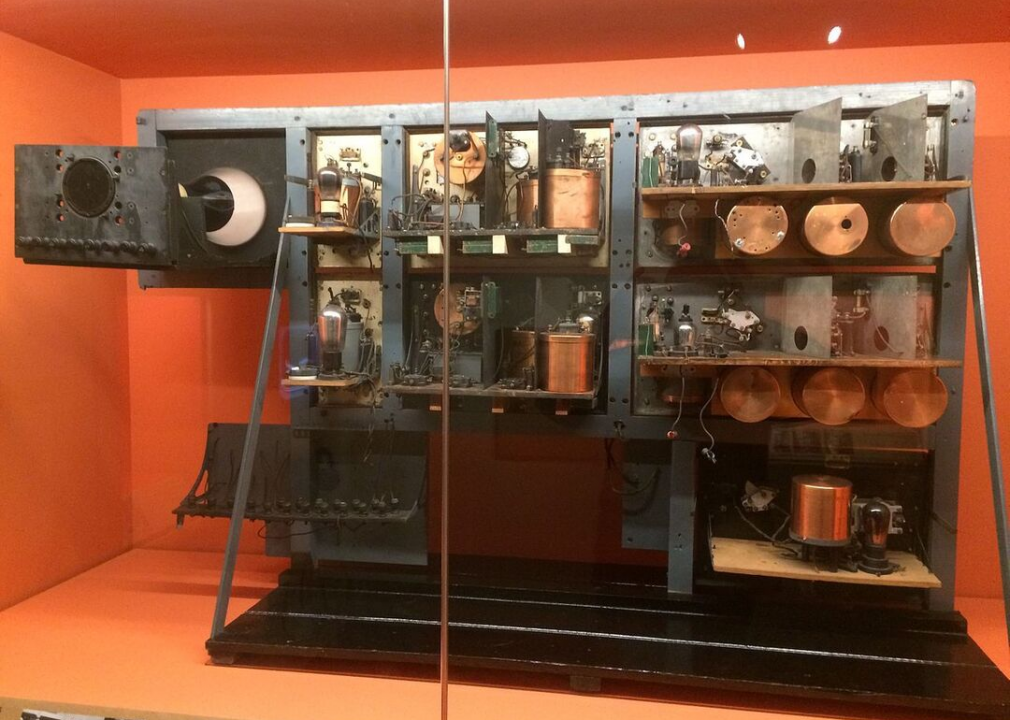
Elektrik Fanne // Wikimedia Commons
1935: Invention of radar
In the mid-1930s, nations raced to be the first to perfect using radio waves to detect aircraft, : radio detection and ranging. While the first implementations were kept a secret, eventually radar became essential to astronomy. Radar provided the first images of asteroids, precision measurements of how far planets are and how fast they rotate, and much more.
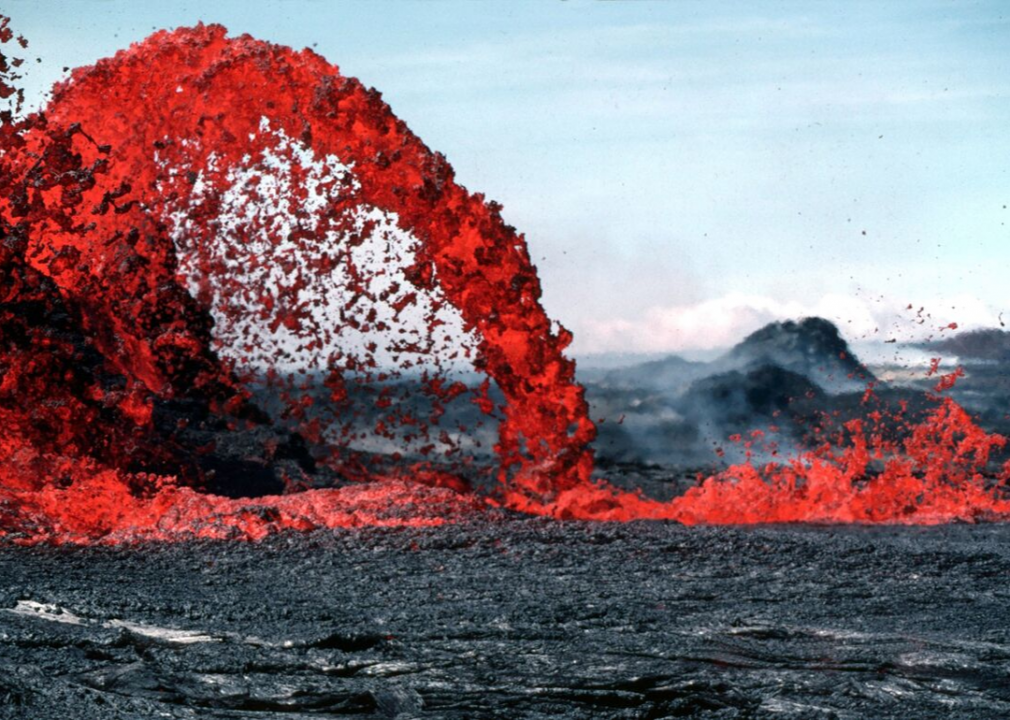
GoodFreePhotos
1936: Earth's core revealed to have two parts
Danish geophysicist Inge Lehmann used seismic (earthquake) data to show Earth's core consists of two layers: a molten outer core and a solid inner core. Prior to her work, geophysicists believed Earth's core was entirely molten, but Lehmann demonstrated that seismic waves were traveling through the planet's fluid interior and . This discovery had profound implications for the understanding of planetary structure.

ITU Pictures // Flickr
1937: Grote Reber builds the first steerable radio telescope
American engineer Grote Reber was the first person to follow up on Karl Jansky's discovery of astronomical radio waves. In his spare time, and with help from local auto mechanics, in Wheaton, Ill. Over the next few years, he created the first radio map of the Milky Way; his telescope now resides at the National Radio Astronomy Observatory in Green Bank, W.V.
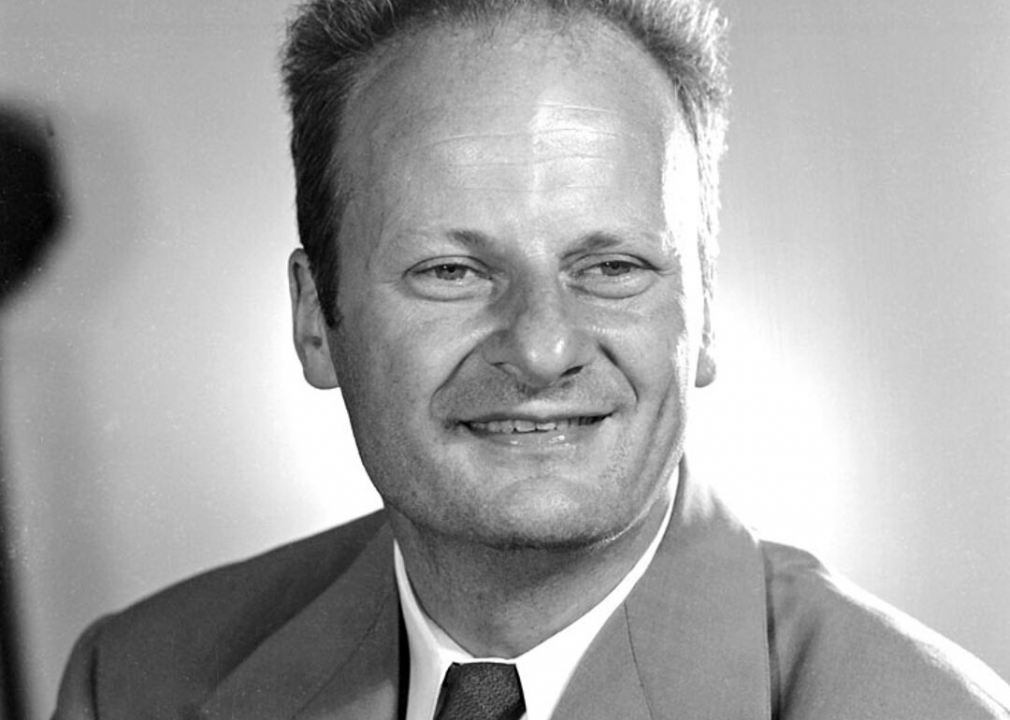
Los Alamos National Laboratory // Wikimedia Commons
1938: Why do stars shine?
Physicist Hans Bethe was a refugee from Nazi Germany who settled in the United States. Using the new theories of nuclear physics, he and Charles Critchfield . The resulting pair of papers (one written together, ) established the theory of stellar nucleosynthesis, which explains why stars shine.
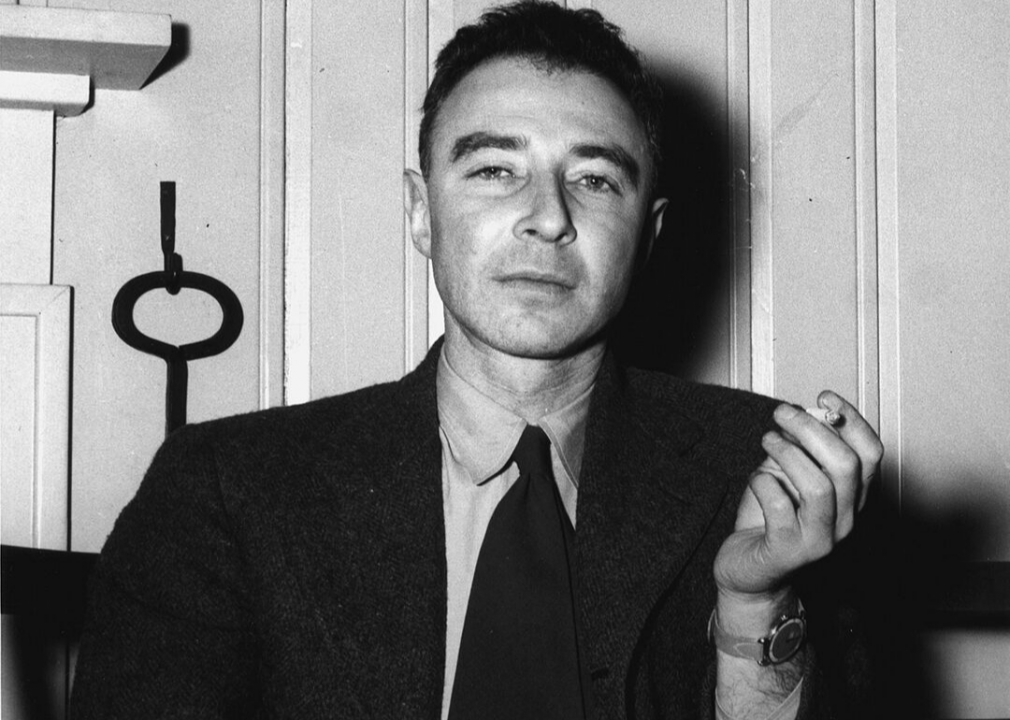
Ed Westcott // Wikimedia Commons
1939: Description of neutron stars and black holes
American physicist J. Robert Oppenheimer is best known for leading the scientific arm of the Manhattan Project, but his interests were wide-ranging. With his student George Volkoff, before collapsing. In a second groundbreaking paper from the same year, Oppenheimer and another student, Hartland Snyder, determined that a —an object so dense nothing can escape from it.
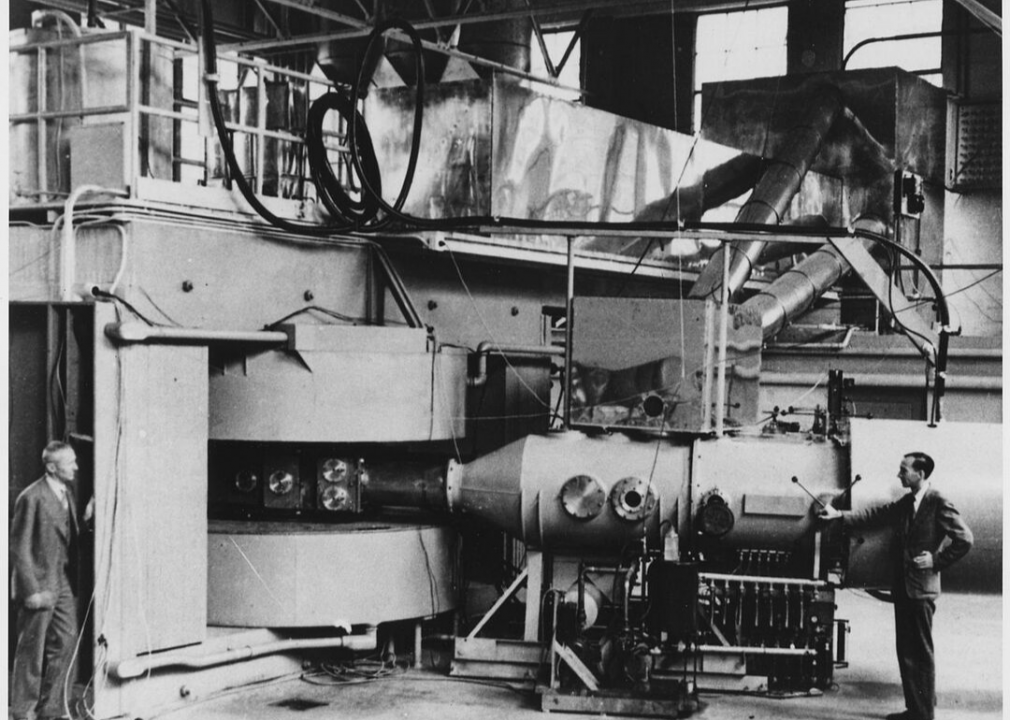
Department of Energy. Office of Public Affairs // Wikimedia Commons
1940: First plutonium created in lab
As physicists learned how to manipulate nuclear reactions, they began to push beyond the known elements of the periodic table to identify previously unknown substances, including plutonium. The element's existence was kept secret during World War II, but it was used in the nuclear bomb dropped on Nagasaki, Japan. Today, plutonium is a vital ingredient in , including the New Horizons spacecraft and the Curiosity rover on Mars.
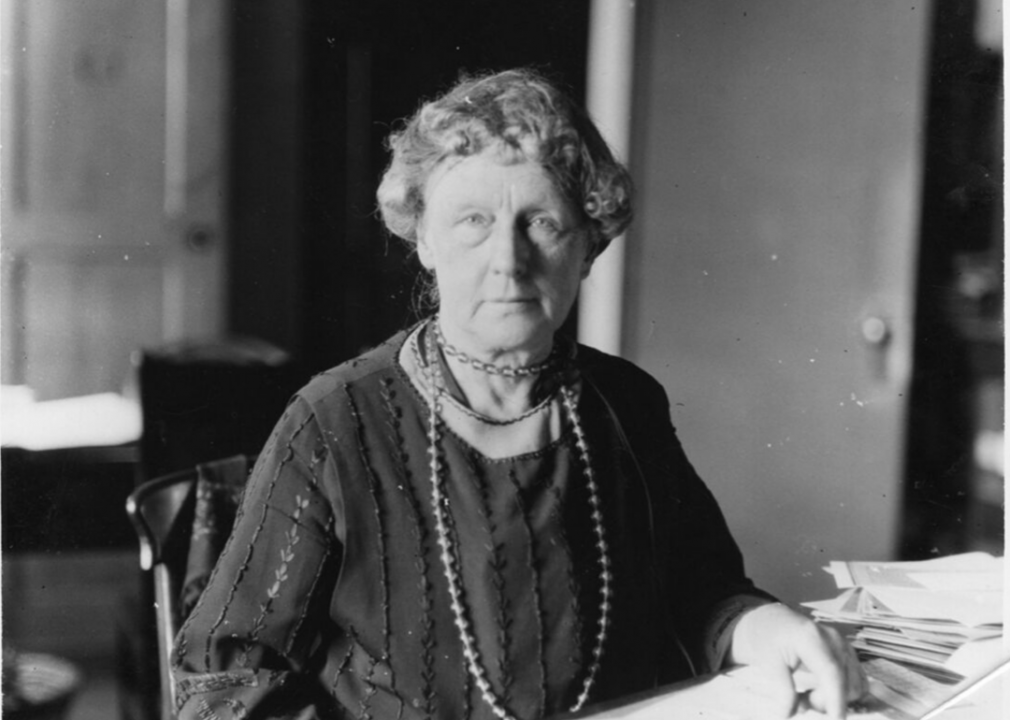
Smithsonian Institution // Flickr
1941: RIP Annie Jump Cannon, classifier of the stars
Astronomer Annie Jump Cannon, like many other female astronomers of the era, had been hired as an assistant to men, but managed to establish herself as an important researcher. Among other achievements during her time at Harvard College Observatory, she established a based on the spectrum of light they emit. Cannon’s system is still used and taught today: When someone refers to the sxxun as a G-type star, it’s thanks to Cannon.
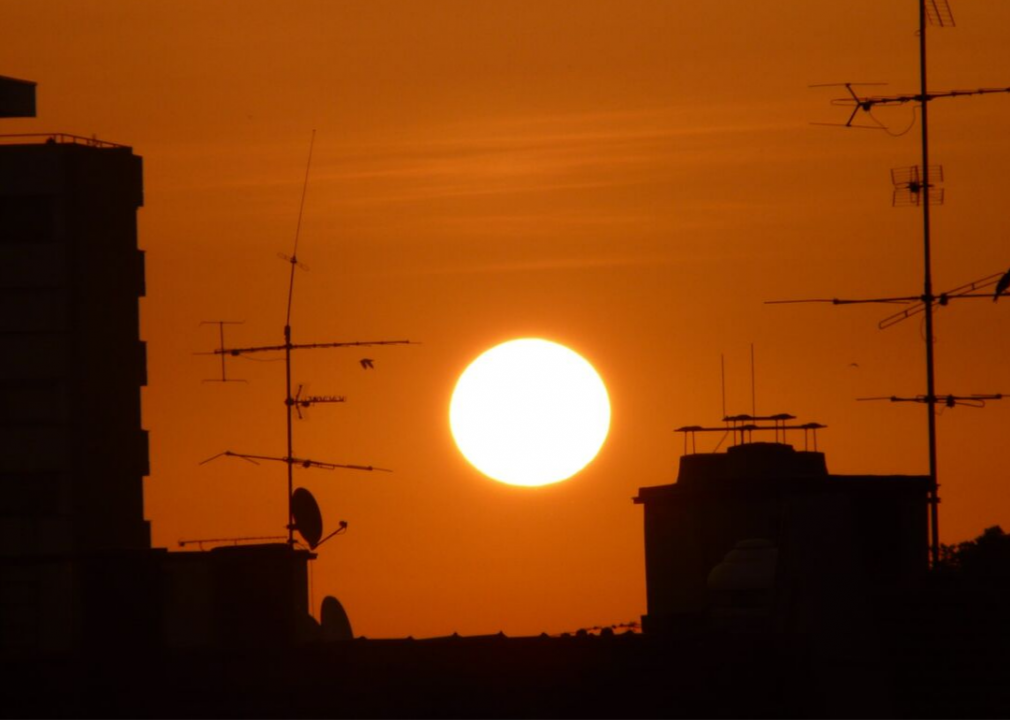
PxHere
1942: Radio waves detected from Sun
During World War II, radar operators in England were troubled by a significant amount of radio wave interference, which they at first interpreted as deliberate jamming by Germans. However, British astronomer James Stanley Hey noticed this interference coincided with a large sunspot group, which was the first . Due to the hush-hush nature of radar during the war, Hey was unable to publish until later, by which time Grote Reber had also observed the sun in radio light.
You may also like:
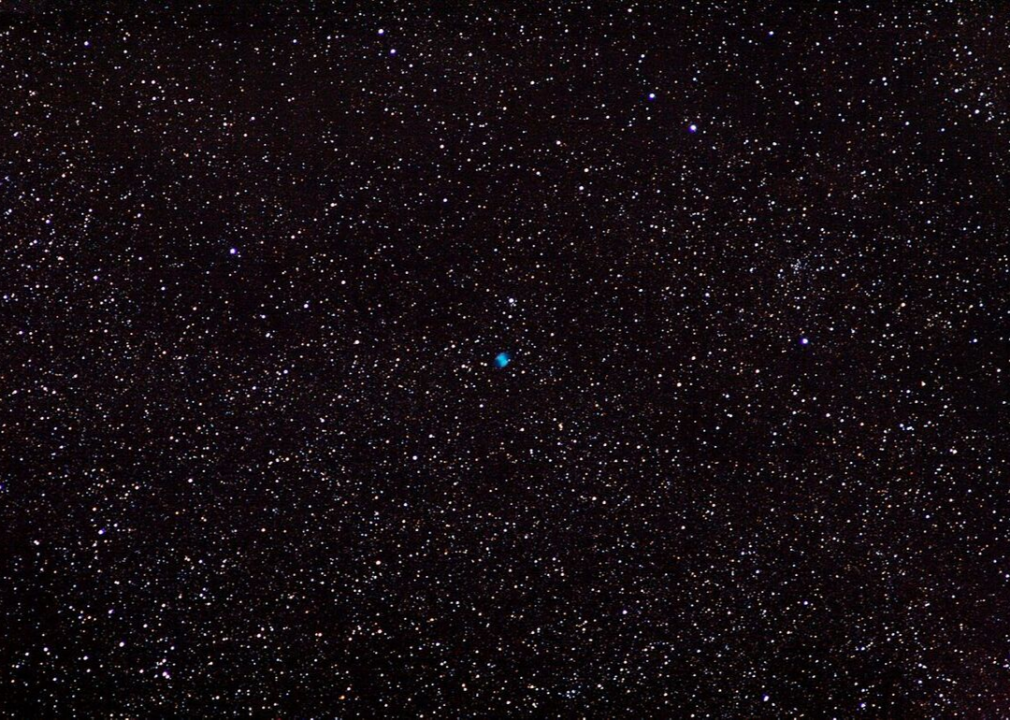
AsperaAT // Wikimedia Commons
1943: Discovery of the weirdest star in the universe
In 1943, a blue supergiant star was identified in the constellation of Sagittarius and given the official designation FG Sagittae. Like many giant stars, its light varied as the surface of the star pulsated, but this one was weird: Over several decades it grew bigger and cooler, . While this kind of swelling and variability are expected, it usually takes place over thousands or millions of years, not decades, and astronomers are still unsure what’s going on.
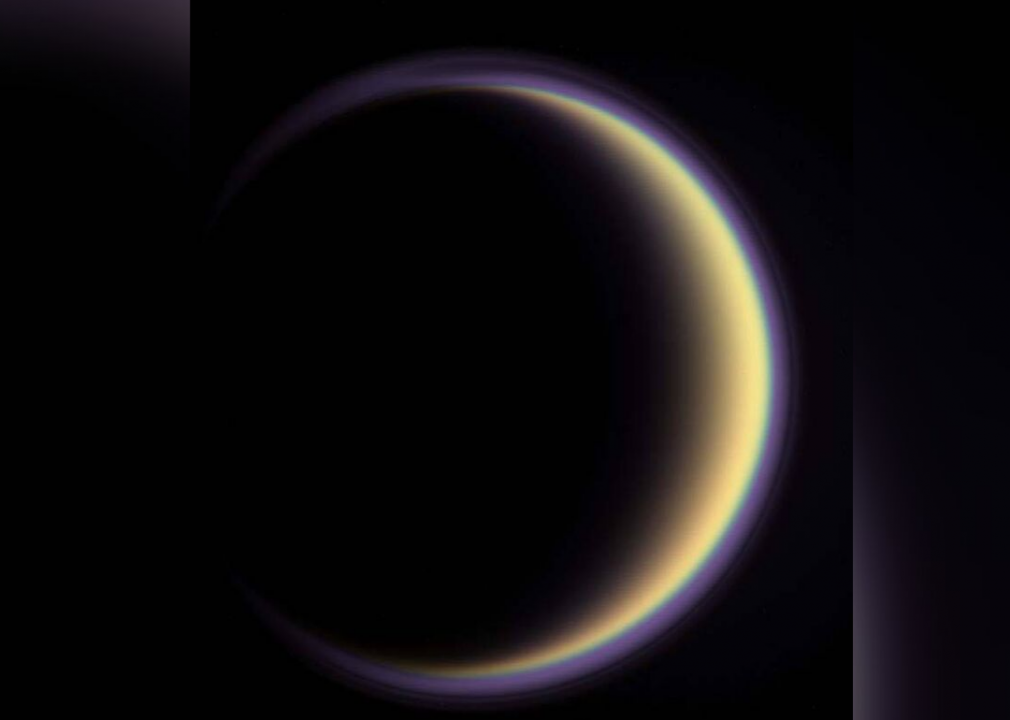
NASA/JPL/Space Science Institute
1944: Discovery of Titan's thick atmosphere
Most moons in the Solar System lack a significant atmosphere, but in 1903 Spanish astronomer Josep Comas i Solà noticed Saturn's moon Titan seemed to be dark around the edges, as it would be if it had an atmosphere. Dutch-born American astronomer Gerard Kuiper followed up these observations by studying the spectrum of light reflected from Titan. He found the telltale signature of methane and , a result borne out by later observations and robotic spacecraft.
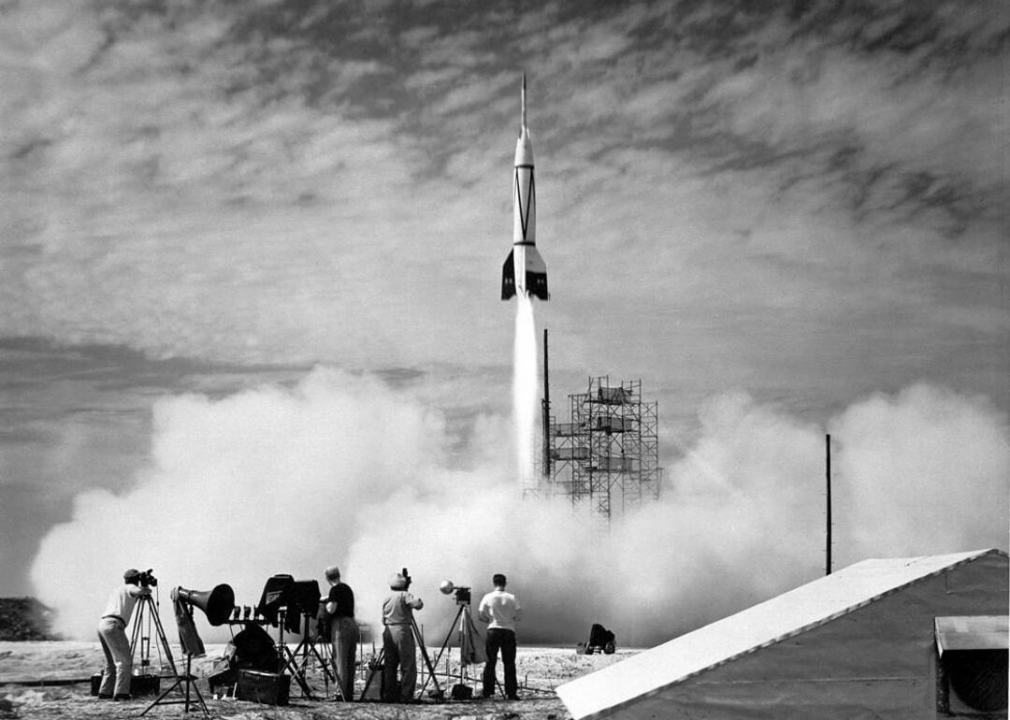
NASA
1945: How the war changed astronomy
The end of had many implications for astronomy and space exploration. The nuclear weapons used by the United States led directly to the Cold War, which boosted investment in science around the world and drove the "space race" of the 1950s and '60s. In addition, the , including Wernher von Braun, who designed the V-2 rockets that bombarded the U.K. and the Saturn V rocket that carried Apollo 11 to the moon.
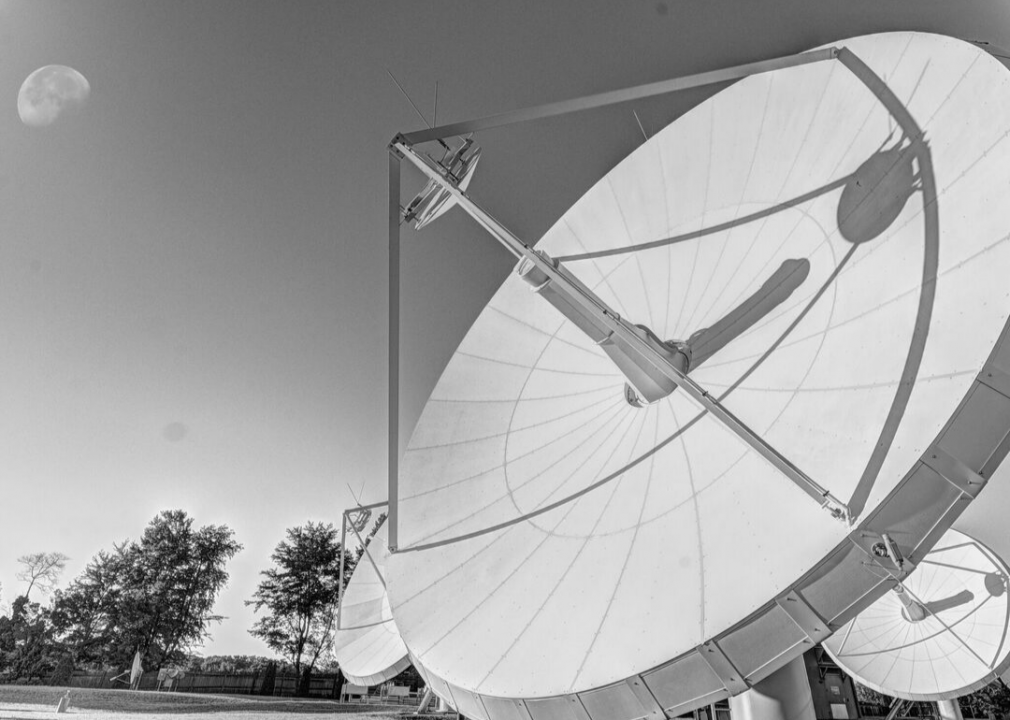
TalentkeyMedia // Flickr
1946: Bouncing radar off the Moon
Using modified equipment from World War II, the United States Army Signal Corps and measured how much of those signals returned to Earth. This effort, called Project Diana, was primarily used to see if communications could penetrate Earth's atmosphere. As a result, radar became an important tool for mapping the surface of Venus, which is opaque in visible light.
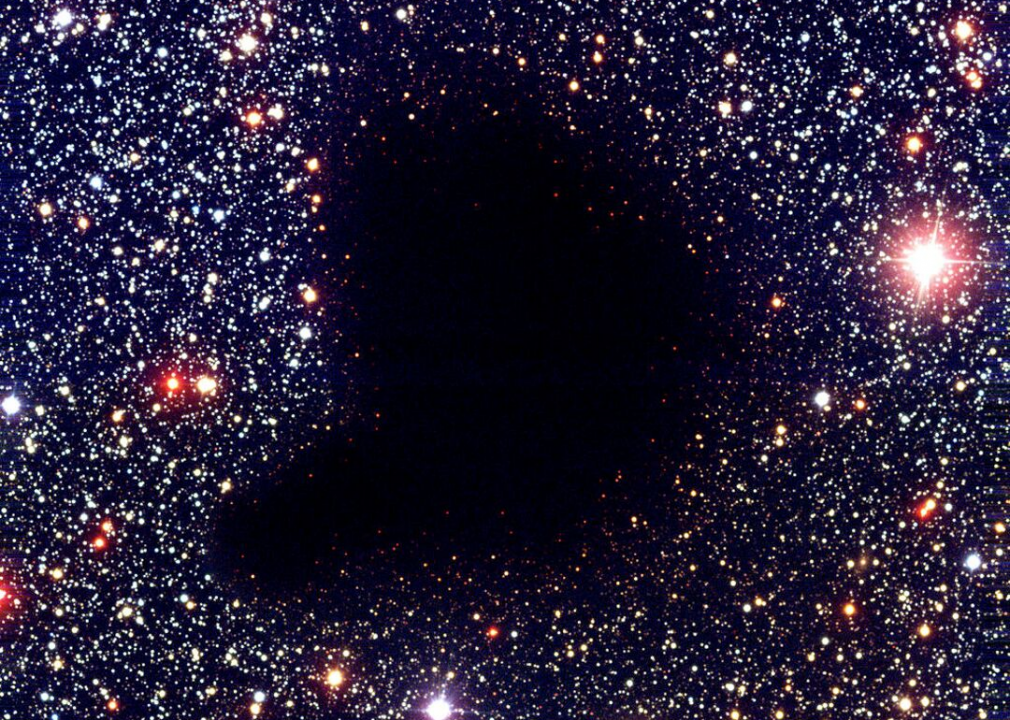
ESO // Wikimedia Commons
1947: Dark birthplace of stars
Astronomers Bart Bok and Edith Reilly identified dense clots in the Milky Way as potential . These relatively small nebulas, which are (thanks to sexism) called Bok globules, are opaque in visible light, but are concentrations of hydrogen gas and the carbon-rich chains of molecules simply known as dust. Later infrared observations proved the stellar nursery hypothesis correct.
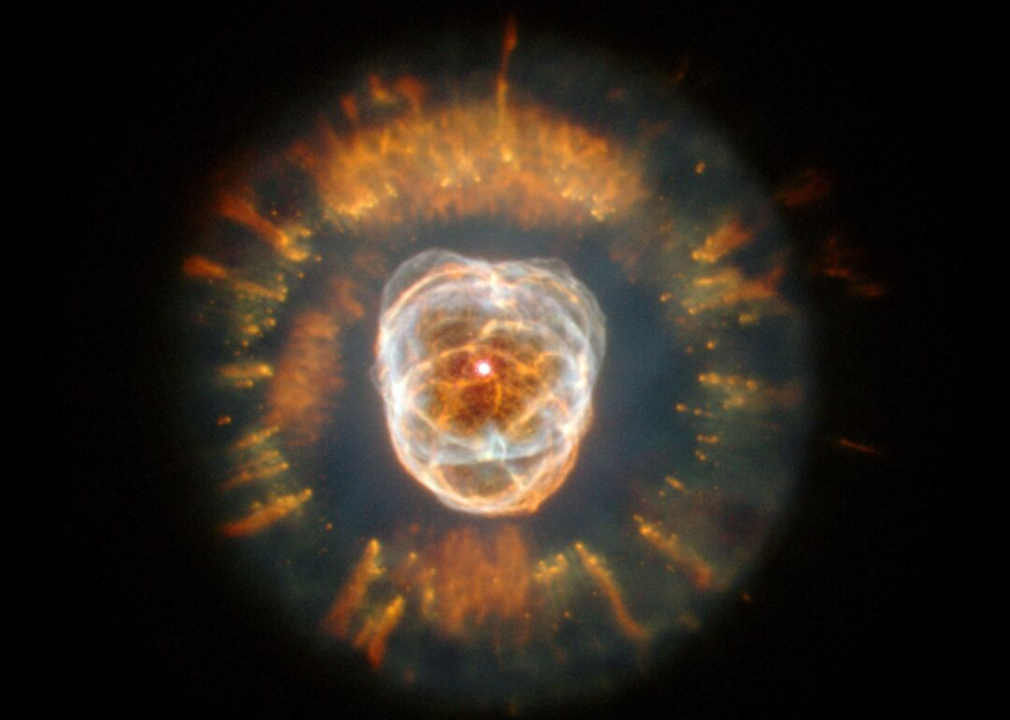
Andrew Fruchter // NASA
1948: How the first atoms formed in the Big Bang
American physicist Ralph Alpher and Russian-American physicist George Gamow used nuclear physics to calculate the relative amounts of hydrogen, helium, and a few other elements formed in the first few minutes after the Big Bang. While they failed to explain the abundances of heavier elements (which later were shown to be made by nuclear fusion in stars), they provided a new way to test the Big Bang theory. Gamow jokingly added Hans Bethe to the author list of the paper, so it is (alpha-beta-gamma) paper.
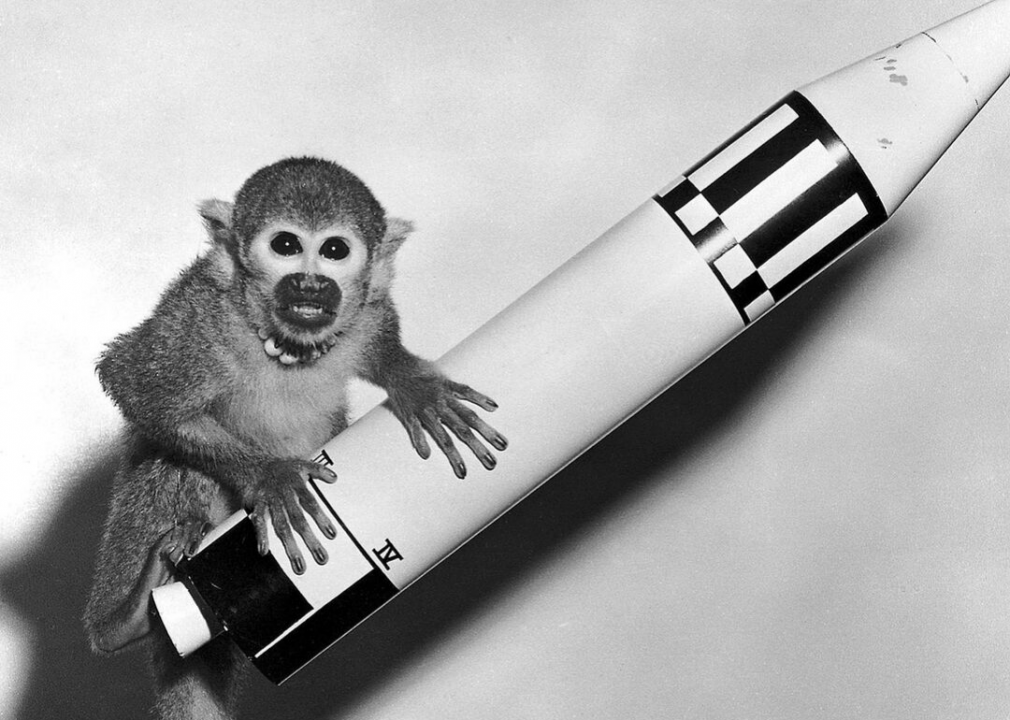
NASA/Marshall Space Flight Center // Wikimedia Commons
1949: First monkey in space
Following World War II, the United States began spaceflight experiments using V-2 rockets captured from the Nazis. These tests included sending fruit flies into space (in 1947) and the first X-ray astronomy experiment (1948). Albert II, a rhesus macaque, became in 1949, though he died when the rocket crashed after reentry (the history of animals in spaceflight is checkered).
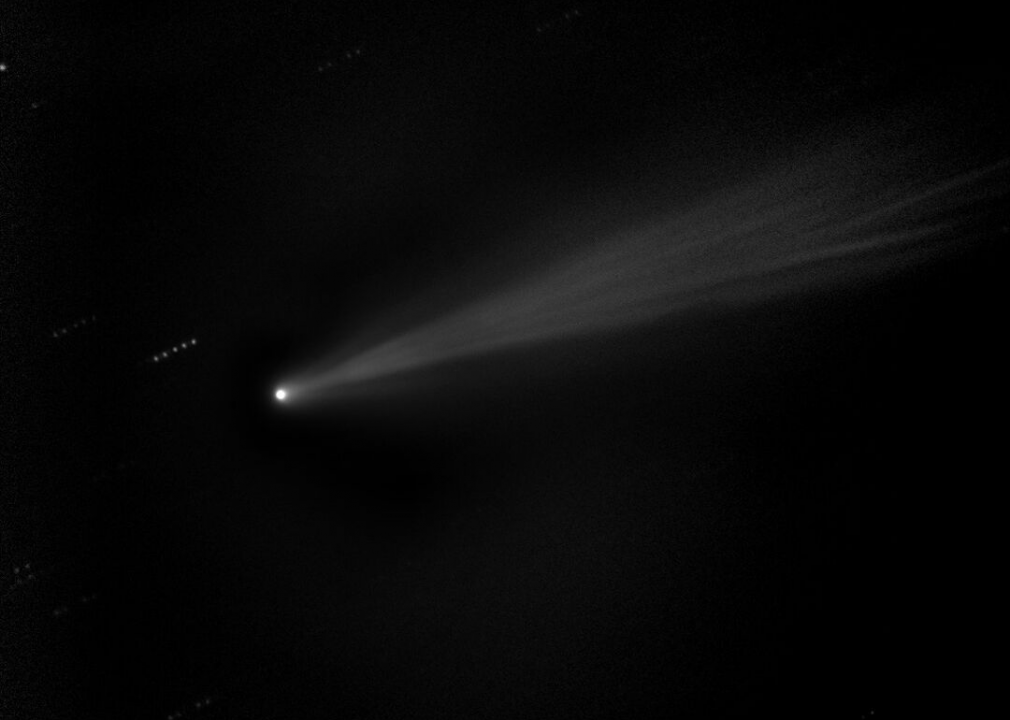
NASA Goddard // Flickr
1950: Where do comets come from?
Many comets have extremely long orbital periods and can approach the sun at any angle (unlike the planets, which all orbit in a nearly flat plane). From these facts, Dutch-born astronomer Jan Oort concluded long-period comets didn't form in the orbits they currently occupy, but instead were born in a cloud of icy objects far from the sun. This cloud is known as the Oort cloud today in his honor and forms the outermost region of the solar system.
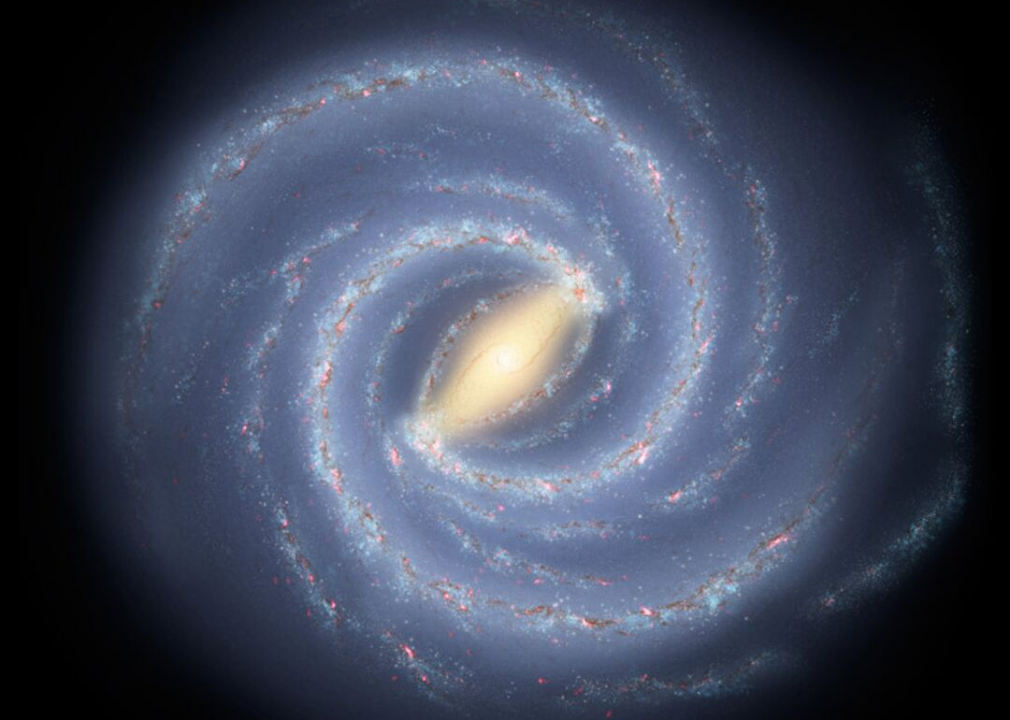
NASA/JPL-Caltech
1951: First measurement of cosmic hydrogen gas
Thanks to the discoveries of Cecilia Payne and others, astronomers knew the universe was mostly made of hydrogen atoms; however, most of that was in the form of cold gas, which doesn't emit any visible light. Astronomers realized that it does emit radio waves of a wavelength of 21 centimeters. American astronomers Harold Ewen and Edward Purcell detected light of this wavelength coming from , which led to the first maps of the spiral structure of our galaxy.
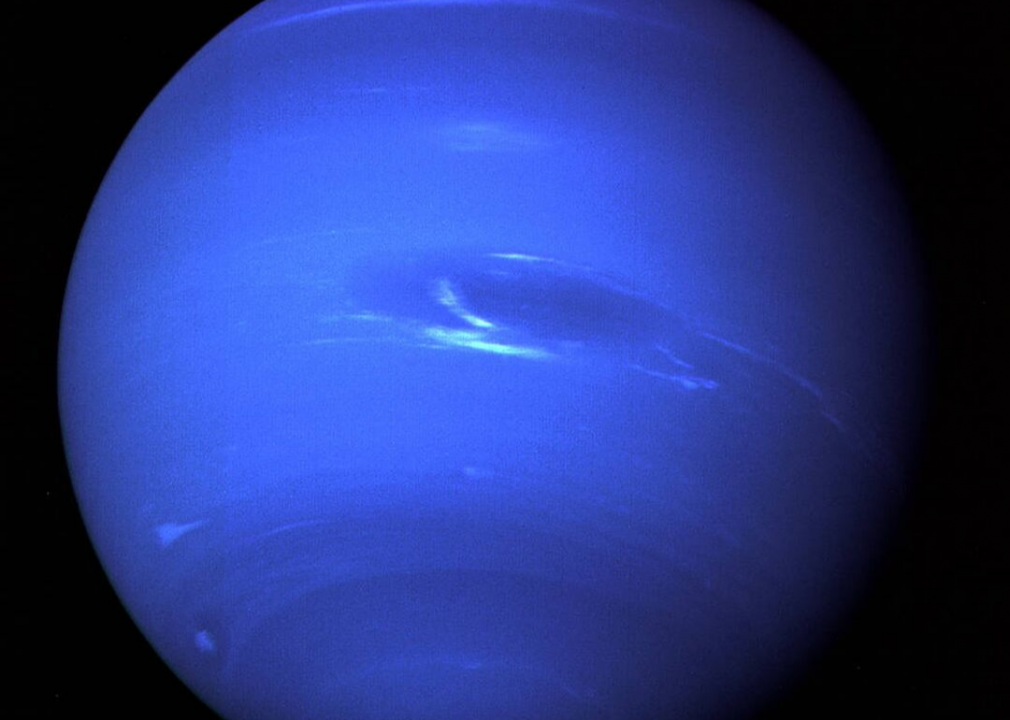
NASA
1952: The atmospheres of Uranus and Neptune
German-born physicist Gerhard Herzberg was a veritable wizard at understanding the spectrum of light from molecules. In 1952, he solved the : it was coming from hydrogen molecules under high pressure. This discovery helped establish the chemistry of the outermost giant planets in the Solar System, which was confirmed by Voyager 2 in the 1980s.
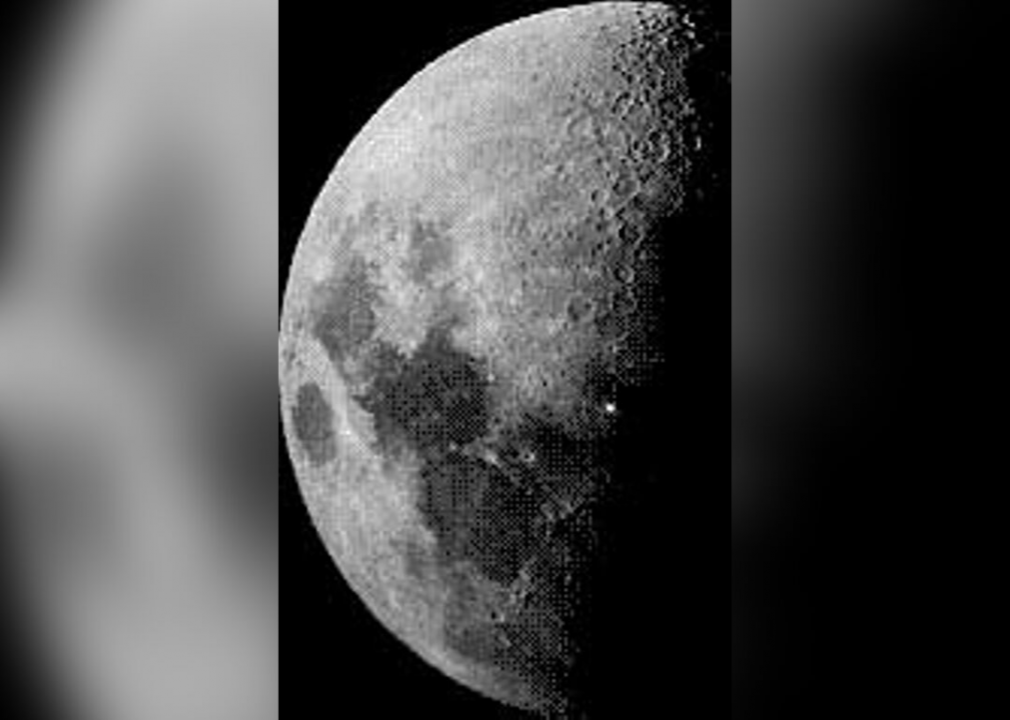
Dr. Leon Stuart // NASA
1953: Amateur astronomer spots a meteorite hitting the moon
On the morning of Nov. 15, 1953, American amateur astronomer Leon Stuart photographed a bright flash of light coming from the moon. , which would be the only time anyone had witnessed such an impact. Later observations revealed a possible small crater on the moon that could very well have resulted from Stuart's event.
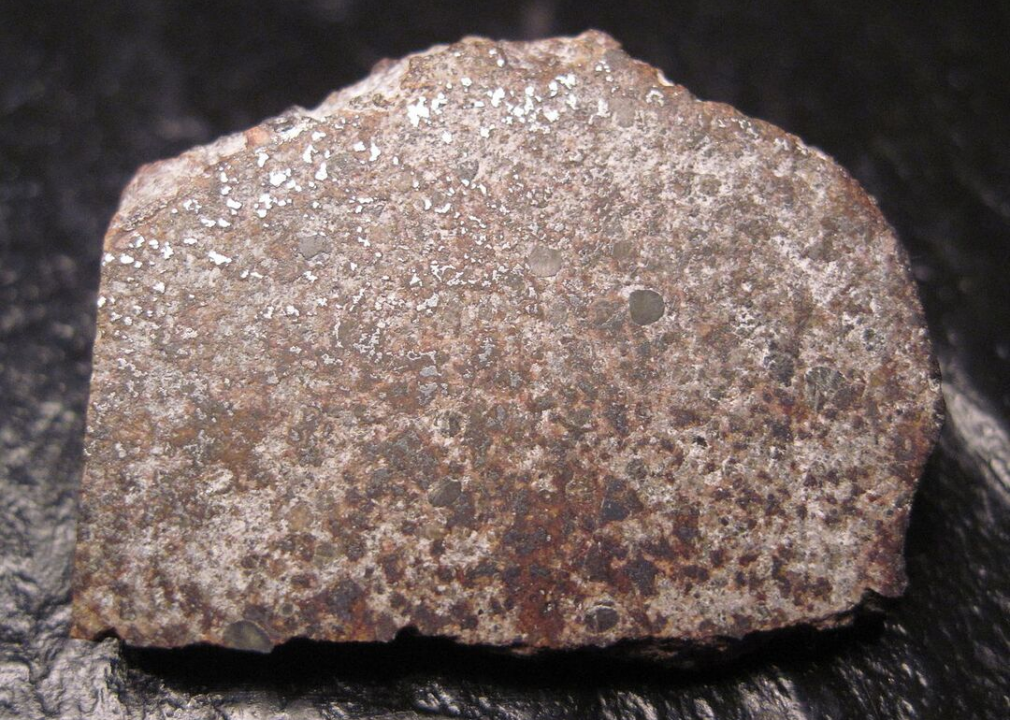
Jon Taylor // Wikimedia Commons
1954: Meteorite hits napping woman in Alabama
Ann Elizabeth Hodges of Sylacauga, Ala., was taking a nap on her sofa when a meteorite on the hip. She was bruised badly, but recovered. She remains the only person even known to be hit by a rock from space, which (depending on your perspective) makes her either extraordinarily lucky or unlucky.
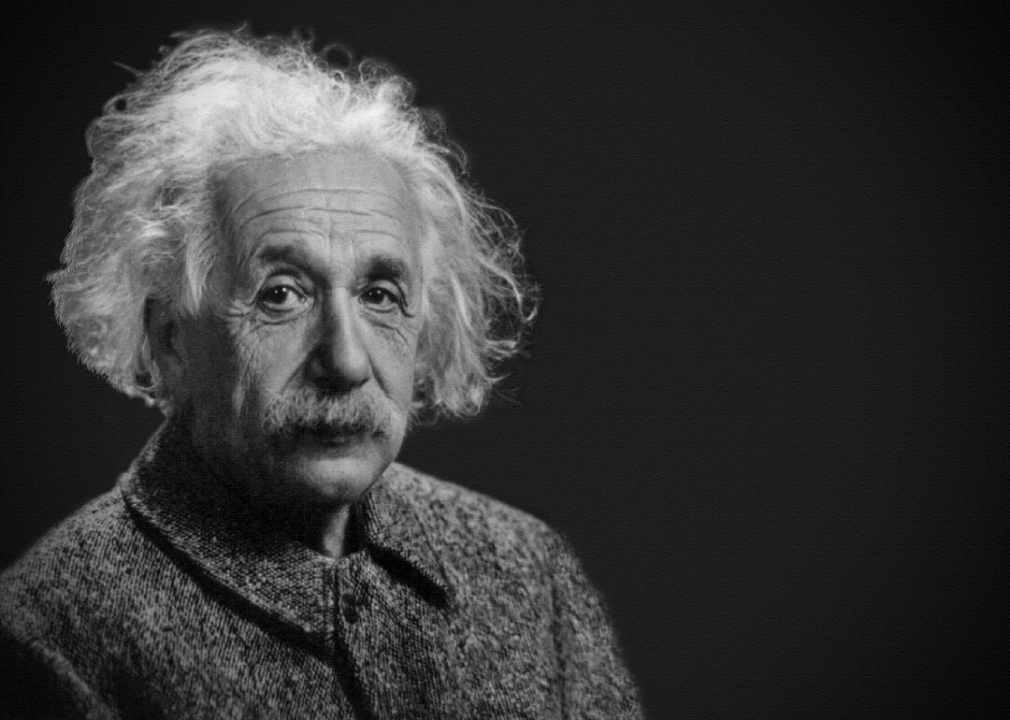
Pixabay
1955: RIP Albert Einstein
Albert Einstein's contributions to 20th-century physics included the photon theory of light, the special theory of relativity describing motion near the speed of light, and the general theory of relativity, which is the modern description of gravity. His theories laid the groundwork for much of astronomy and astrophysics, from black holes to the structure of the universe as a whole. He also advocated for world peace, universal education, and for African Americans.
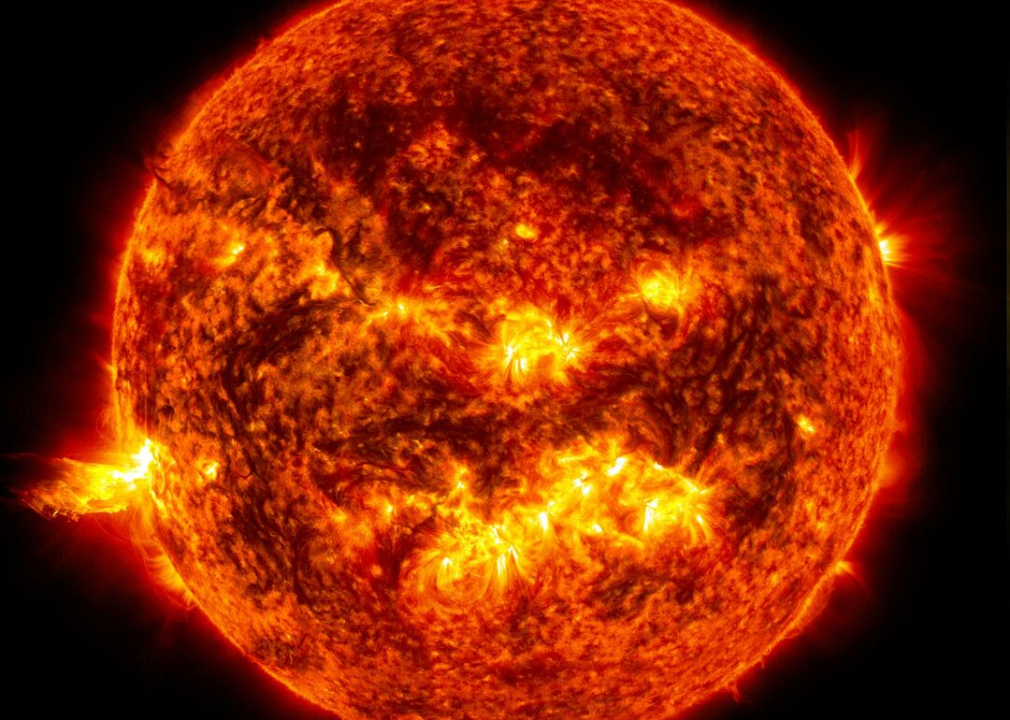
NASA Goddard // Flickr
1956: Giant solar flare generates huge amounts of cosmic rays
on Feb. 23, 1956, flooding cosmic ray detectors on the ground with more radiation than any other event in recorded history. The event of 1956 was the first time so many detectors were operating at once, allowing unprecedented measurement of the power of solar storms.
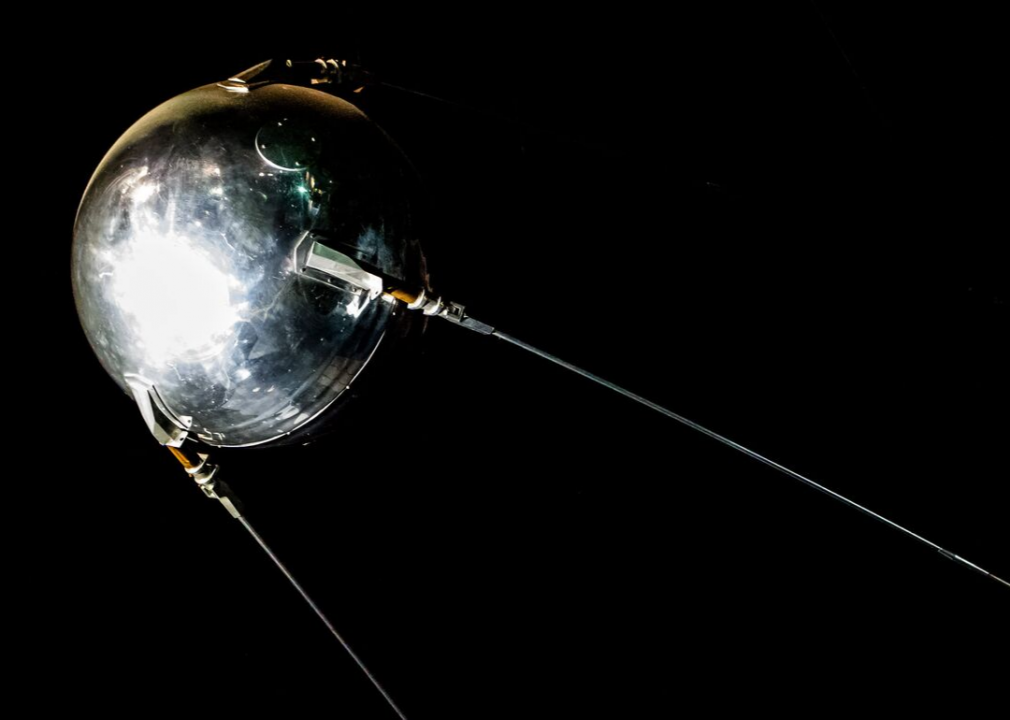
William Musculus // Flickr
1957: Sputnik 1 launches, beginning the space race
The Soviet Union launched the , Sputnik 1 (meaning "little companion"), into low Earth orbit on Oct, 4, 1957. Sputnik's design was a small sphere with four radio antennas, and served no purpose other than testing the technology. However, the launch started the space race between the United States and the USSR.
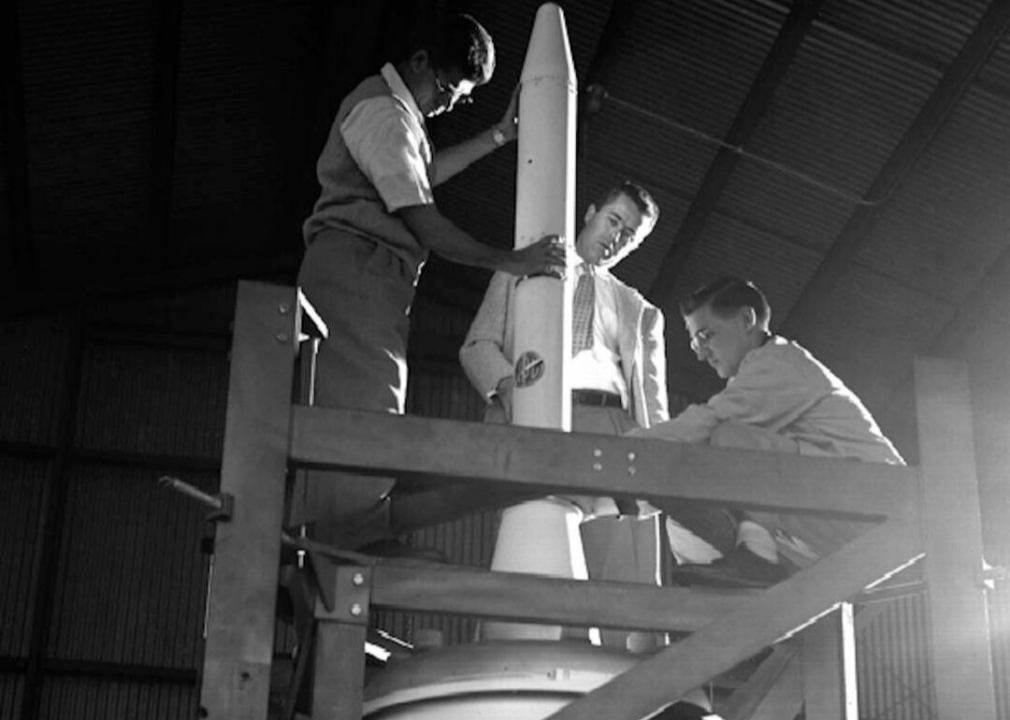
NASA/JPL-Caltech
1958: First American satellite reveals the Van Allen belt
The first American satellite, Explorer 1, successfully reached Earth orbit on Jan. 31, 1958. It carried a cosmic ray detector built by James Van Allen's lab at the University of Iowa. This , leading Van Allen to postulate a zone where Earth's magnetic field traps electrically charged particles from the sun; the zone is now known as the Van Allen belt.
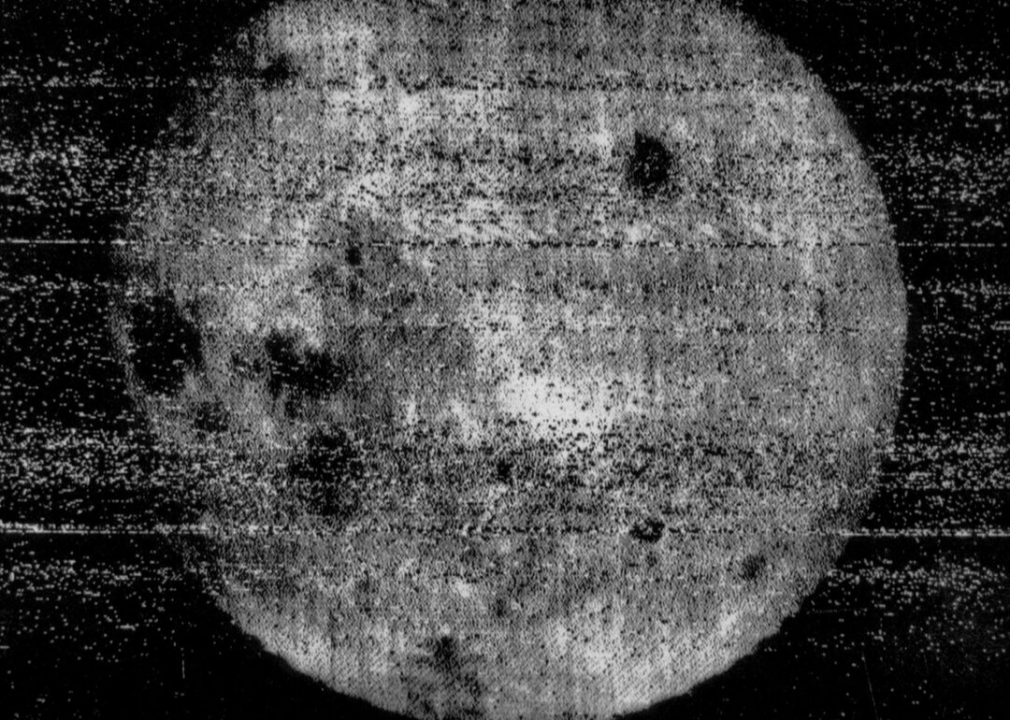
OKB-1 // Wikimedia Commons
1959: Soviet spacecraft takes first image of moon's far side
The Luna 3 probe was the third mission launched by the Soviet Union to the moon and the . Since the moon always presents the same face to us, Luna 3 provided the first glimpse at the other half of the familiar celestial body in the entire history of humanity.
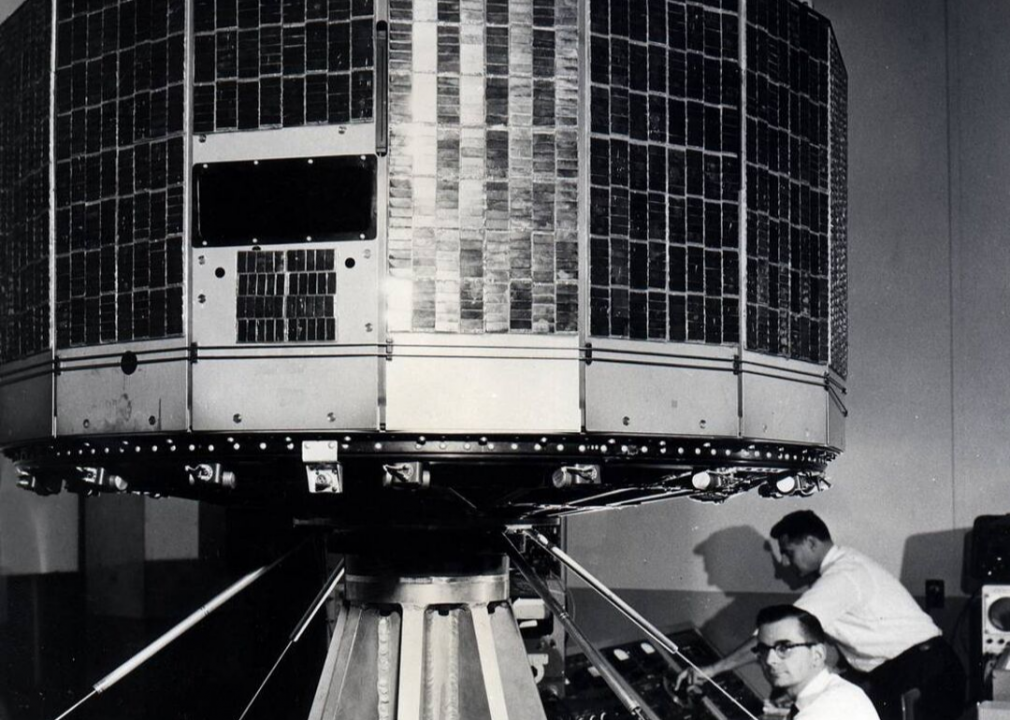
NASA
1960: First successful weather satellite
The United States launched the on April 1, 1960. A collaboration between NASA, the National Weather Bureau, and other federal agencies, TIROS-1 was a 78-day trial project to see if satellites would be useful for weather monitoring. The answer was a resounding yes, and weather satellites have been a key part of meteorology ever since.
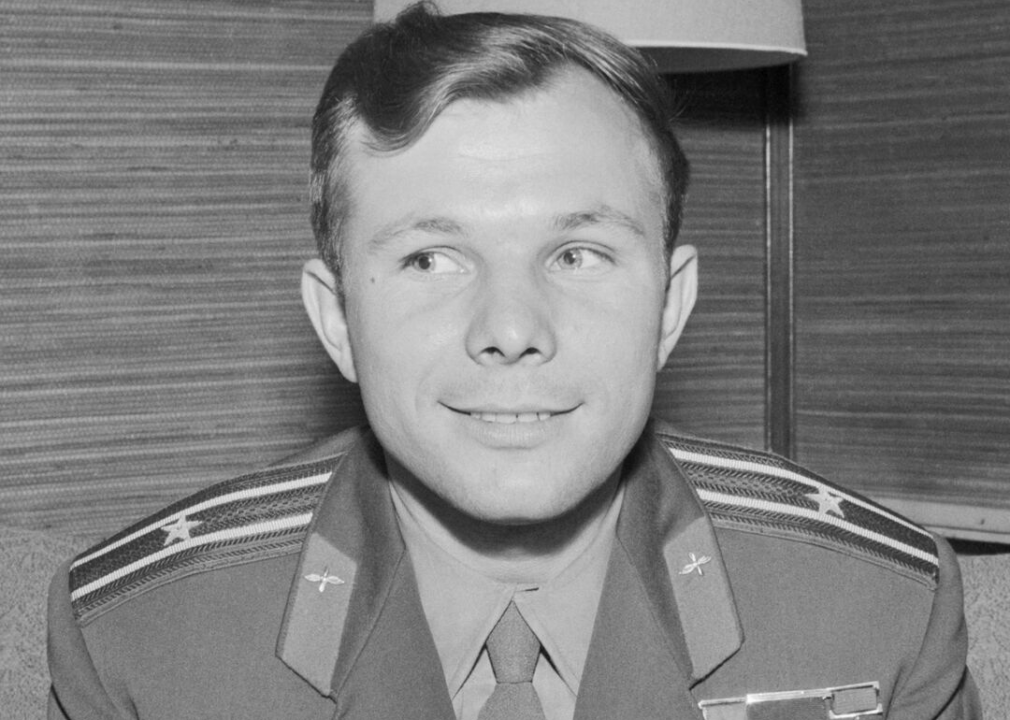
Arto Jousi/Alma Media // Wikimedia Commons
1961: Yuri Gagarin is first human to travel to space
Soviet cosmonaut Yuri Alekseyevich Gagarin aboard the Vostok 1 spacecraft on April 12, 1961, becoming the first human in space. The first American astronaut, Alan Shepard, traveled to space on the Freedom 7 spacecraft on May 5, 1961. Two years later, Gagarin's fellow cosmonaut Valentina Vladimirovna Tereshkova was the first woman in space, orbiting Earth 48 times over three days in the Vostok 6 spacecraft.
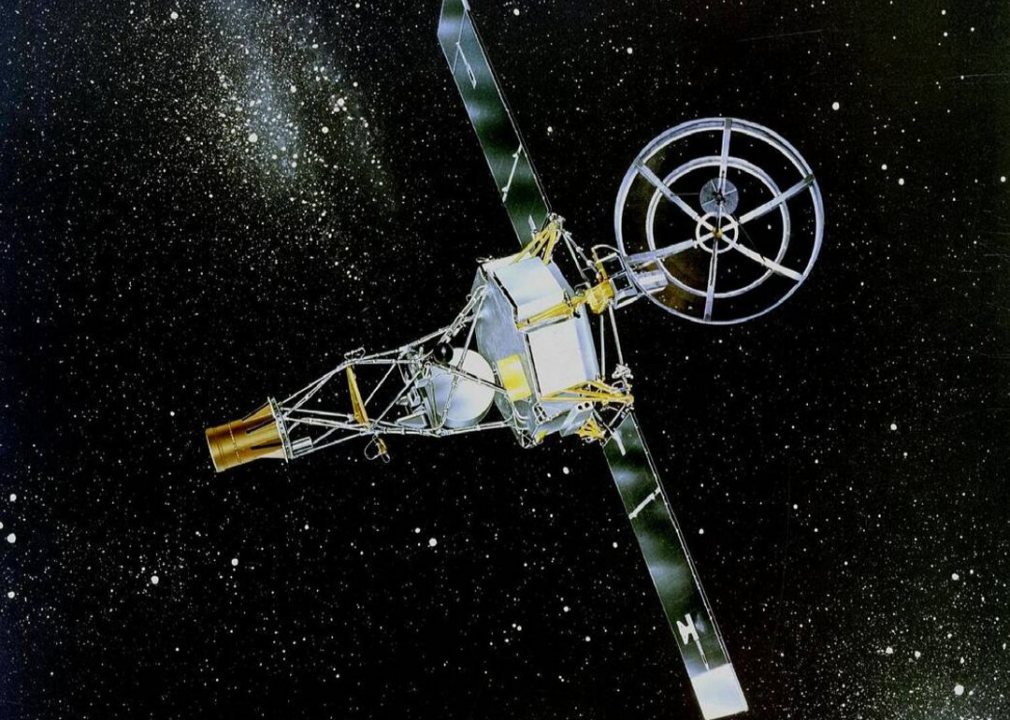
NASA/JPL
1962: First interplanetary spacecraft
The United States sent the first successful interplanetary spacecraft to Venus: (following the failure of the Mariner 1 and the Soviet Venera 1 and 2 missions). This small unpiloted mission flew past Venus on Dec. 14, 1962, studying both the planet and the space weather around it. From radiation measurements, Mariner 2 confirmed that Venus's atmosphere is thick and its surface temperature is extremely hot.
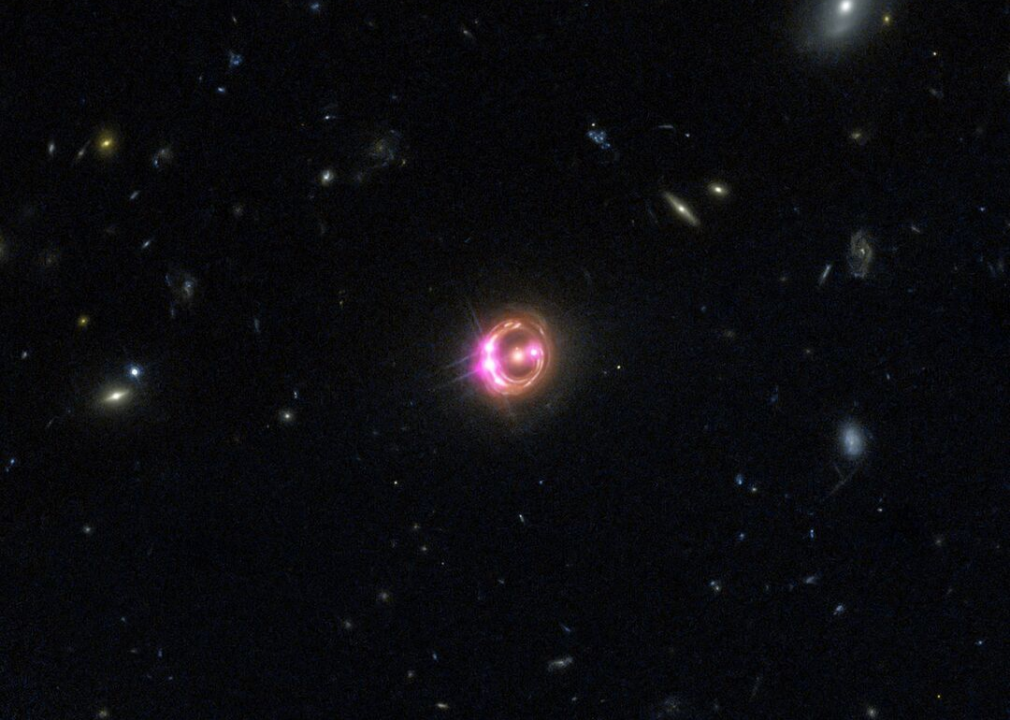
NASA // Wikimedia Commons
1963: Quasars identified as extragalactic
Starting in the 1940s, astronomers detected bright radio sources, which they awkwardly named "quasi-stellar objects," or QSOs. Dutch astronomer Maarten Schmidt used visible light observations of the first known QSO, 3C 273, to measure its distance, finding it was . The following year QSOs were nicknamed "quasars," and over the next few decades astronomers learned they were actually black holes at the centers of galaxies, glowing brightly from hot gas swirling around them.
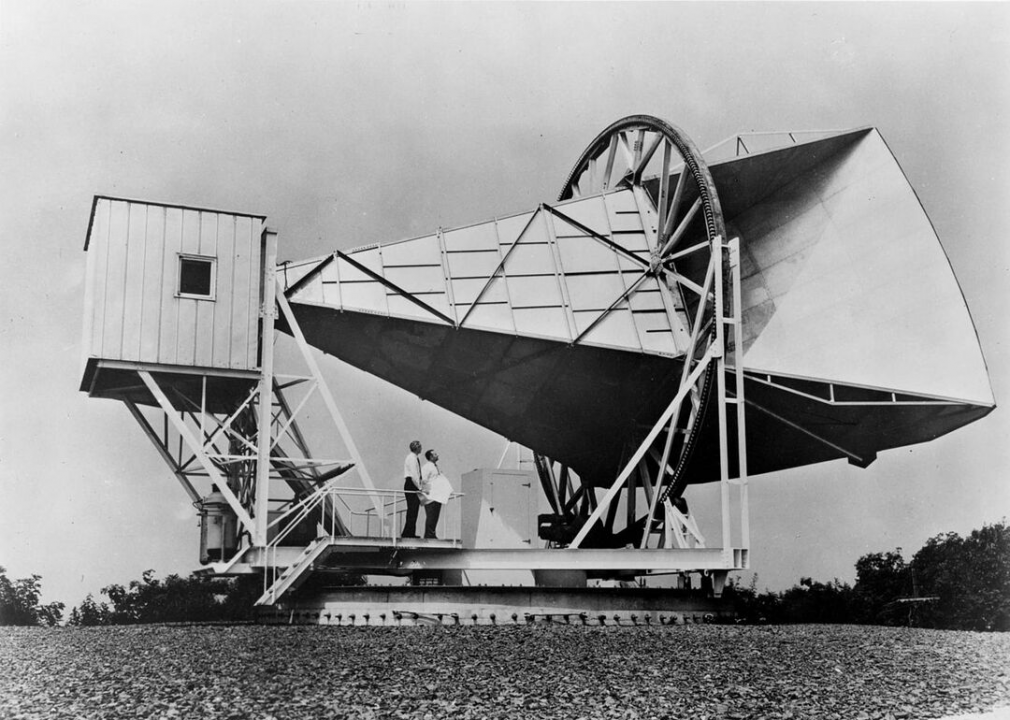
NASA // Wikimedia Commons
1964: Discovery of relic light from Big Bang
American physicists Arno Penzias and Robert Wilson were employed by Bell Laboratories in New Jersey to build a very sensitive radio antenna. They discovered a persistent "hiss" coming from every direction; in talking with Princeton physicist Robert Dicke and his colleagues, they realized they had detected . This light, the cosmic microwave background, provided the best evidence yet for the Big Bang theory.
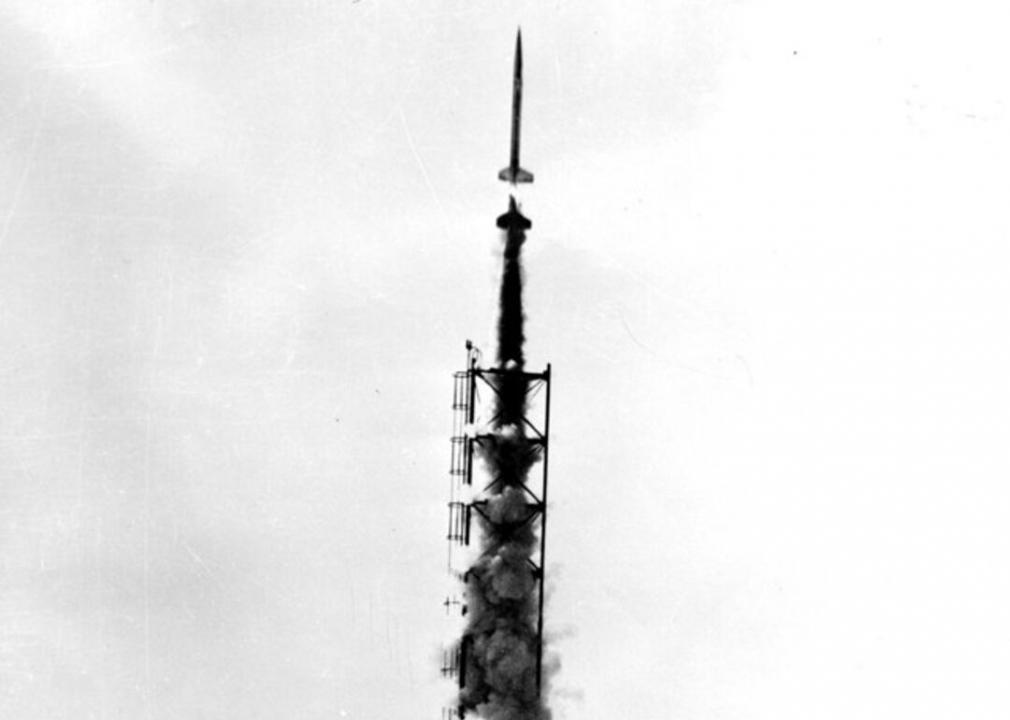
U.S. Air Force photo
1965: Bright X-rays from distant galaxies
Earth's atmosphere blocks X-ray light from reaching the ground, so to study cosmic X-ray sources, researchers launched an Aerobee rocket carrying Geiger counters. They found several galaxies that were bright in radio emissions were also . Astronomers ultimately demonstrated these X-rays were powered by supermassive black holes; M87's black hole was finally .
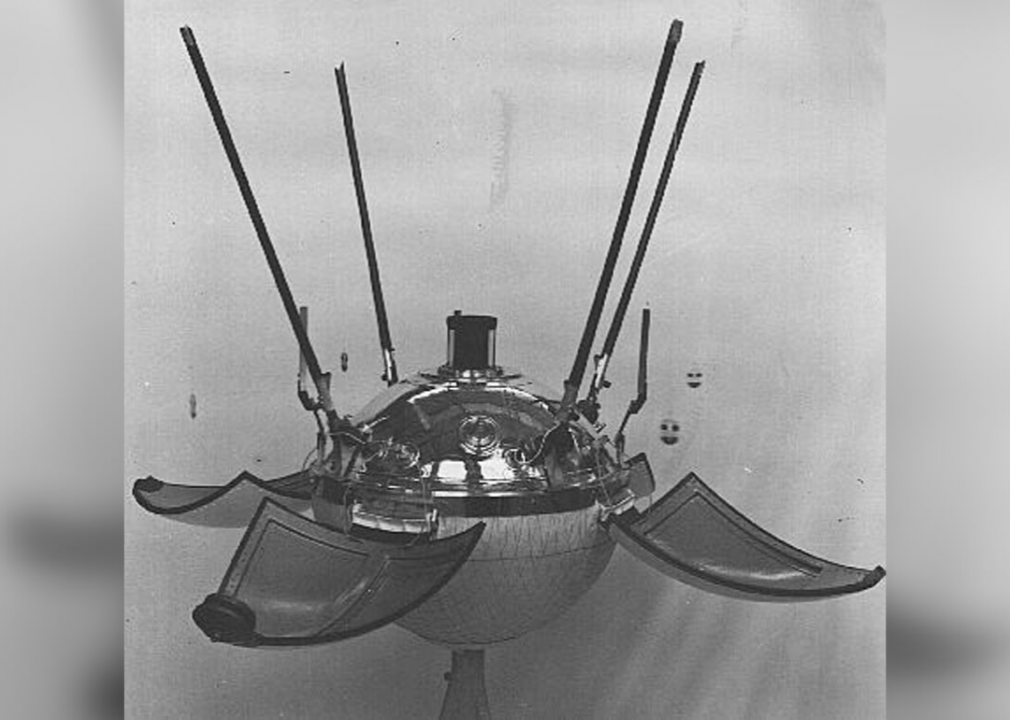
Unknown // Wikimedia Commons
1966: Soviet probe performs first soft landing on moon
Landing on other worlds is hard, as demonstrated by the many failed and crash-landed missions over the years. The Soviet Luna 9 probe when it reached the Moon on Feb. 3, 1966. The probe also provided the first pictures from the lunar surface, and proved the soft dusty ground could support the weight of a spacecraft—which had important implications for the Apollo missions three years later.

Roger W Haworth // Wikimedia Commons
1967: Discovery of pulsars
British astronomer Jocelyn Bell picked up a . She and her Ph.D. advisor Antony Hewish jokingly called the signal LGM-1 for "little green men," but recognized it was from a natural origin rather than aliens. Later observations established the signal was a fast-spinning neutron star emitting a beam of intense radiation that sweeps across Earth on each rotation; these objects are now known as pulsars.
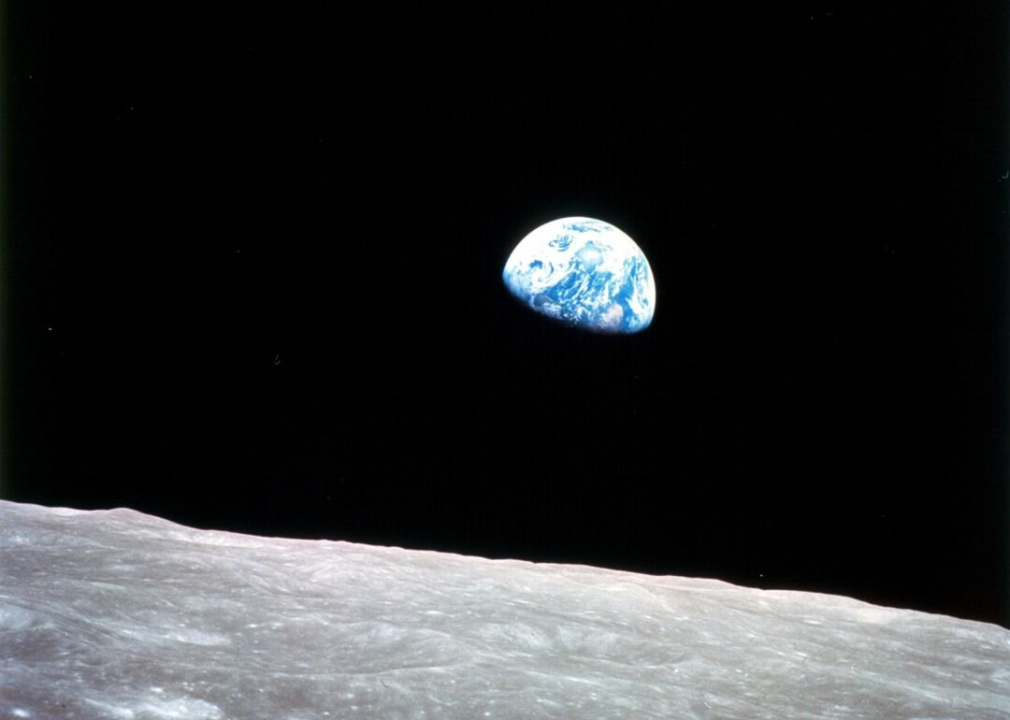
NASA
1968: Apollo 8 orbits moon, captures most iconic picture of Earth
The ultimate goal of NASA's Apollo program was to land humans on the moon, but before they felt safe doing that, they had to make sure they could get humans into orbit around the moon and back to Earth safely. Apollo 8 did just that, carrying William Anders, Frank Borman, and James Lovell for . On Christmas Eve 1968, Anders captured the famous "Earthrise" picture: our home planet seen over the surface of the moon.
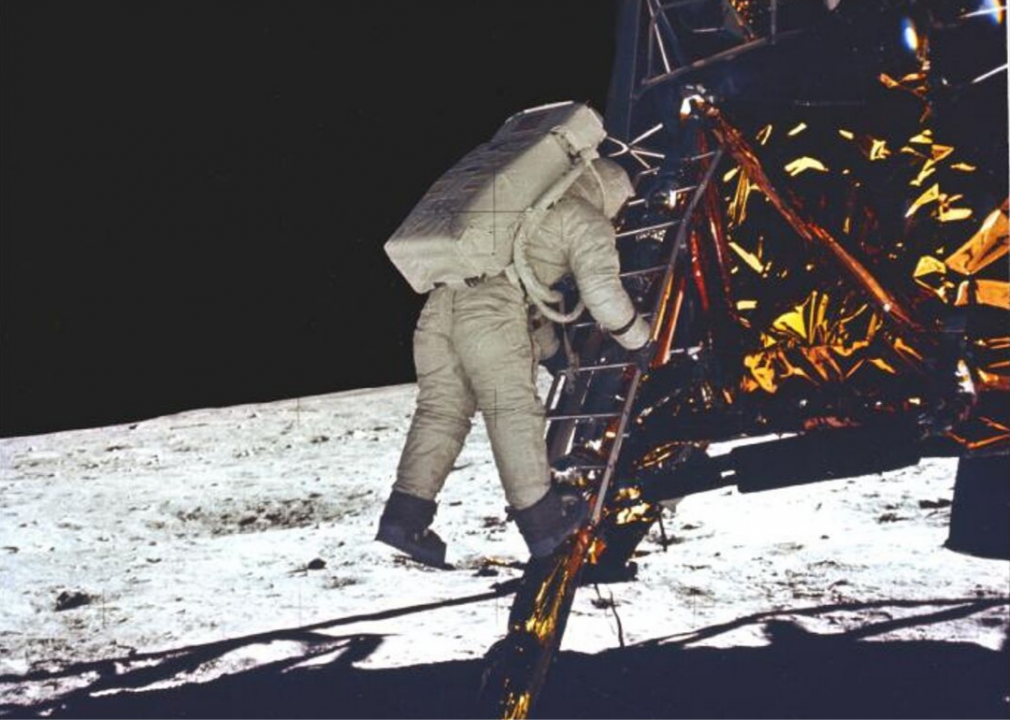
NASA
1969: First humans on the moon
On July 20, 1969, American astronauts Neil Armstrong and Edwin "Buzz" Aldrin became the . As part of the Apollo 11 mission, they carried a number of scientific instruments, collected Moon rocks, and took many photographs, along with television footage.
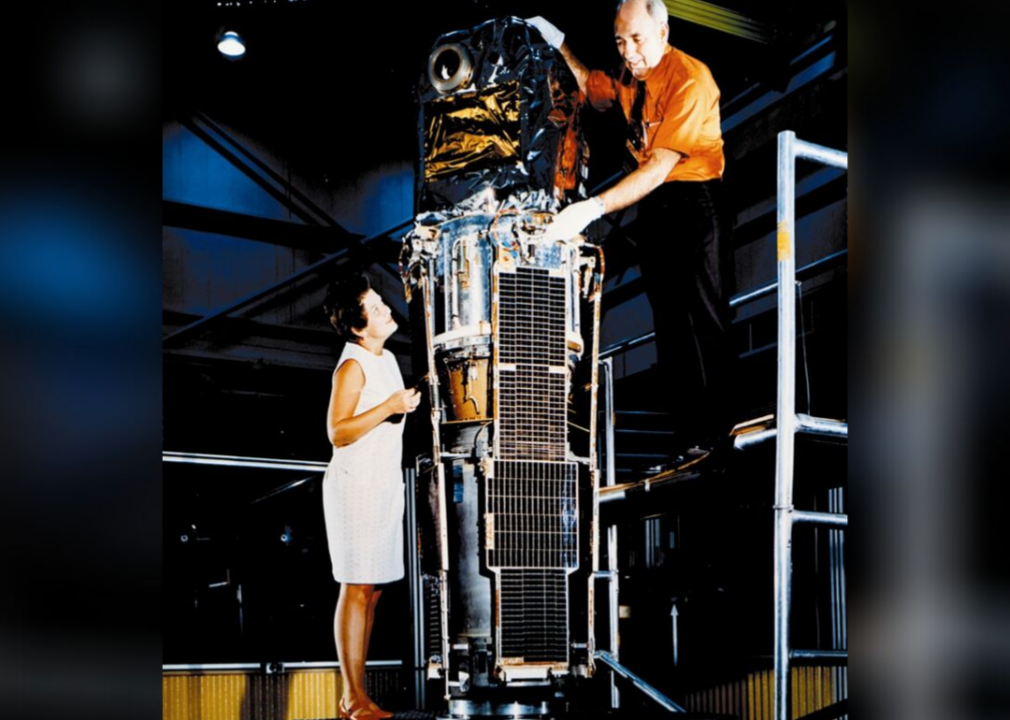
NASA // Wikimedia Commons
1970: Uhuru, first orbiting X-ray observatory, launches
From multiple high-altitude rocket and balloon observations, astronomers knew there were many sources of X-rays in the Milky Way and beyond. NASA's Uhuru mission—launched from Kenya and given the Swahili name for freedom—was the first orbiting X-ray observatory. During its two-year mission, , identifying black holes, neutron stars, and hot plasma in clusters of galaxies.
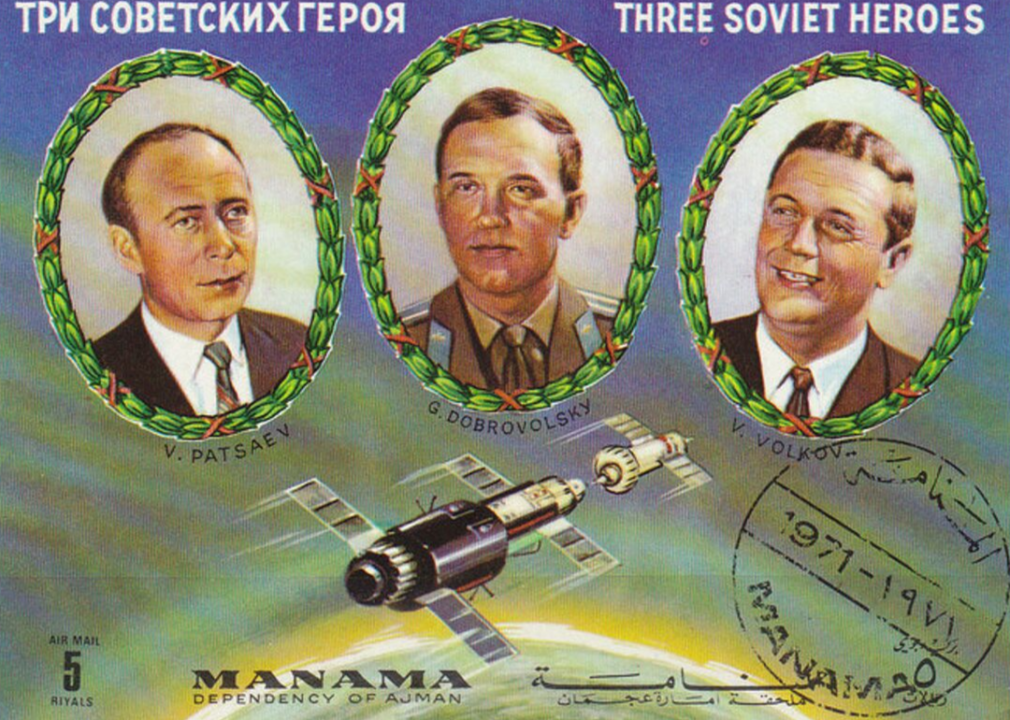
Unknown // Wikimedia Commons
1971: First space station is launched
The Soviet Union launched , into low Earth orbit on April 19, 1971, where it remained for 175 days. The station consisted of two crew compartments and carried an ultraviolet telescope for studying stars. Salyut 1 was operated by cosmonauts from the for 23 days, before problems cut the mission short; all three crew members died from a loss of cabin pressure on returning to Earth.
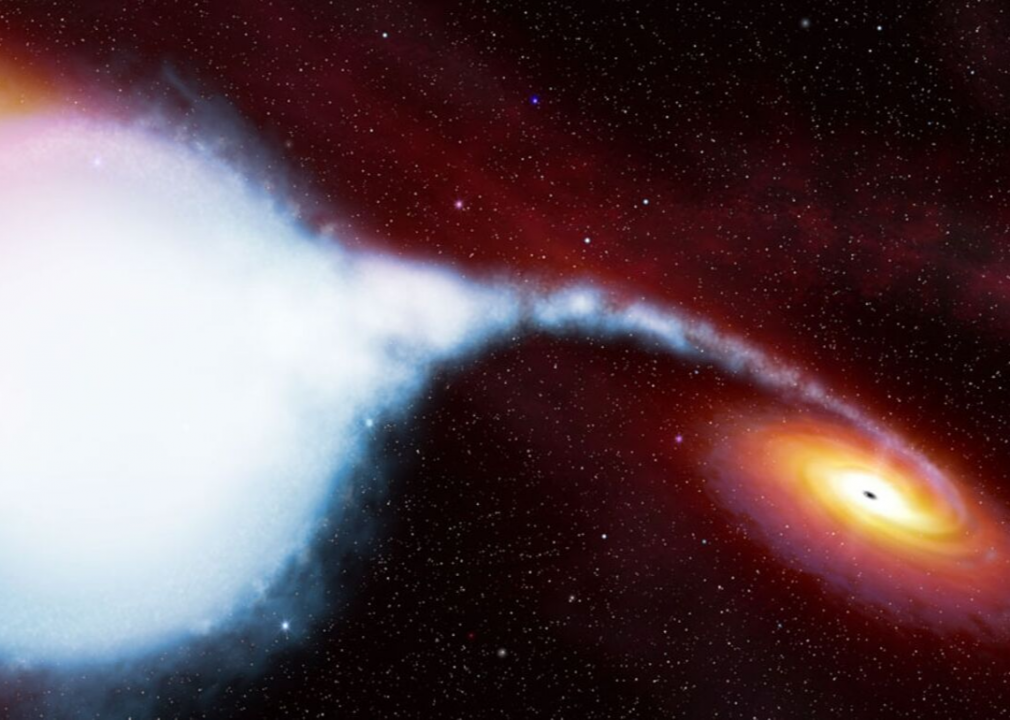
NASA
1972: First evidence black holes are real
British astronomers B. Louise Webster and Paul Murdin identified a . By measuring the motion of the star, they estimated the X-ray source was too massive to be a neutron star, firmly establishing Cygnus X-1 as the first known black hole.
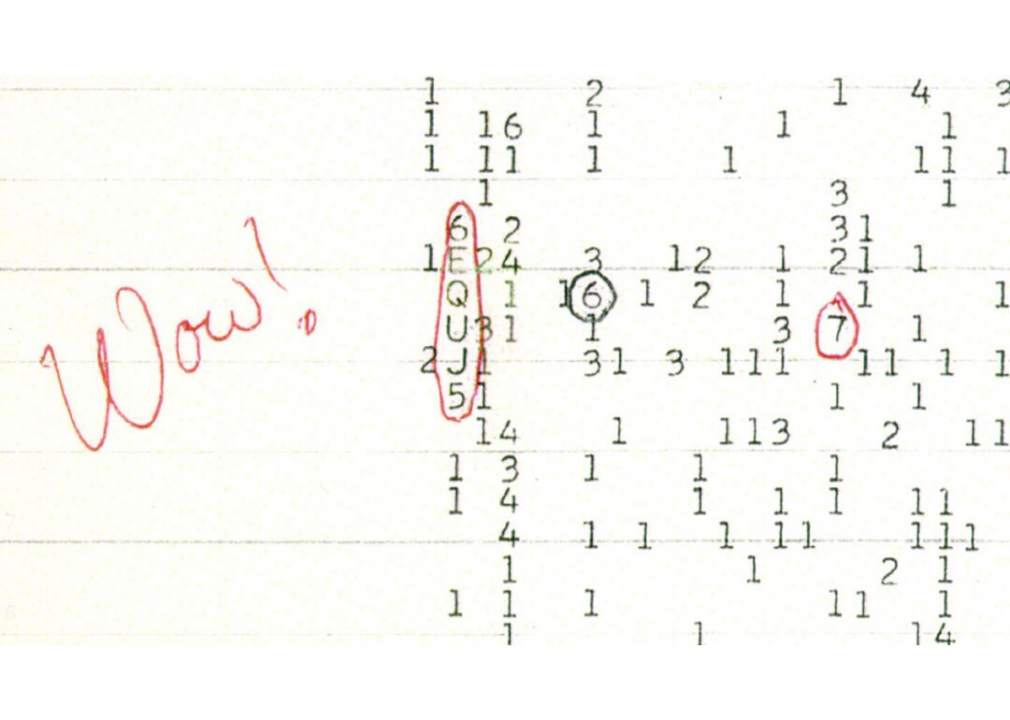
Big Ear Radio Observatory and North American AstroPhysical Observatory (NAAPO)
1973: Listening for aliens with the Big Ear
Since humans use radio for communications, many people have speculated that intelligent aliens might do so too. For that reason, the Ohio State University devoted a radio telescope known as the "Big Ear" to from 1973 to 1995. While the program ultimately did not find aliens, in 1977 it recorded an unusual source known as the which has never been explained or repeated.
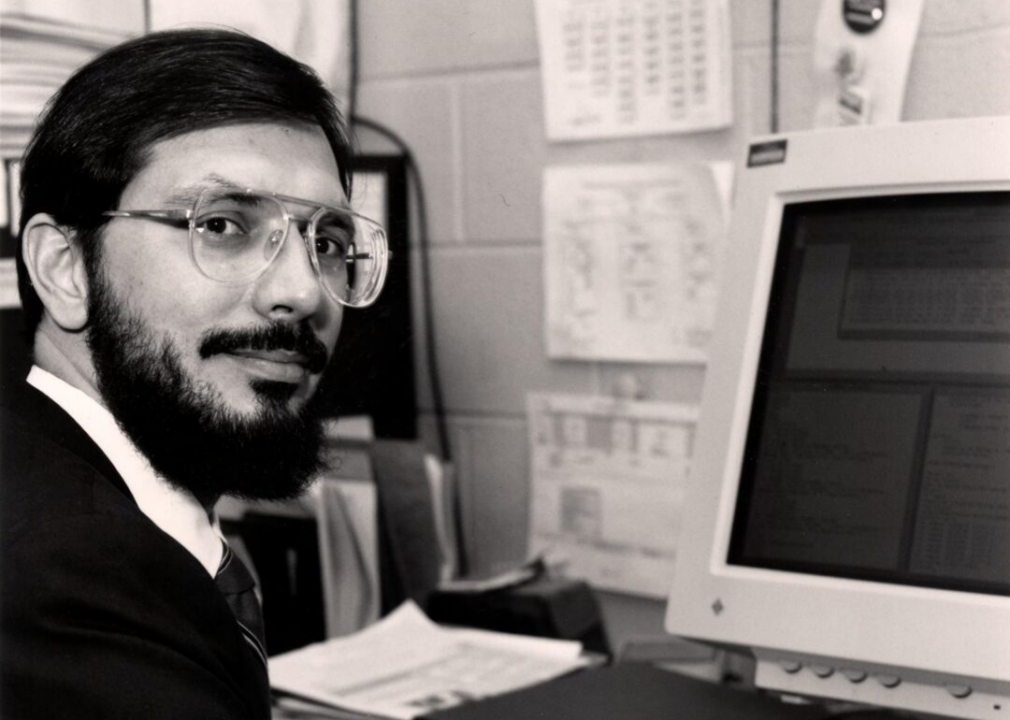
ENERGY.GOV
1974: First indirect detection of gravitational waves
American astronomers Russell Hulse and Joseph Taylor observed two pulsars in mutual orbit. Based on the behavior of the binary system, the orbit was decaying at a rate consistent with the predictions of general relativity. This was the : ripples in the structure of spacetime produced by binary pulsars, black holes, and other strong gravitational systems.
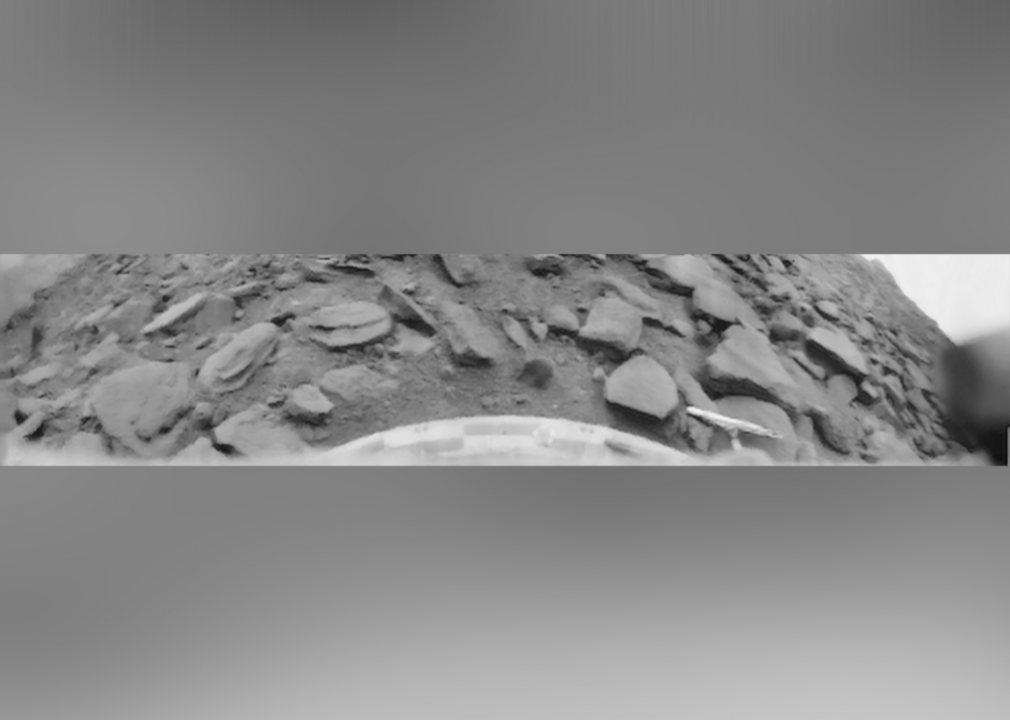
Ted Stryk // Wikimedia Commons
1975: First images from the surface of Venus
The Soviet probe on Oct. 22, 1975. Because of the extreme heat and atmospheric pressure, the probe only operated for 53 minutes, but during that time it returned the first pictures from the surface of another planet, including a 180-degree panorama of the Venusian landscape.
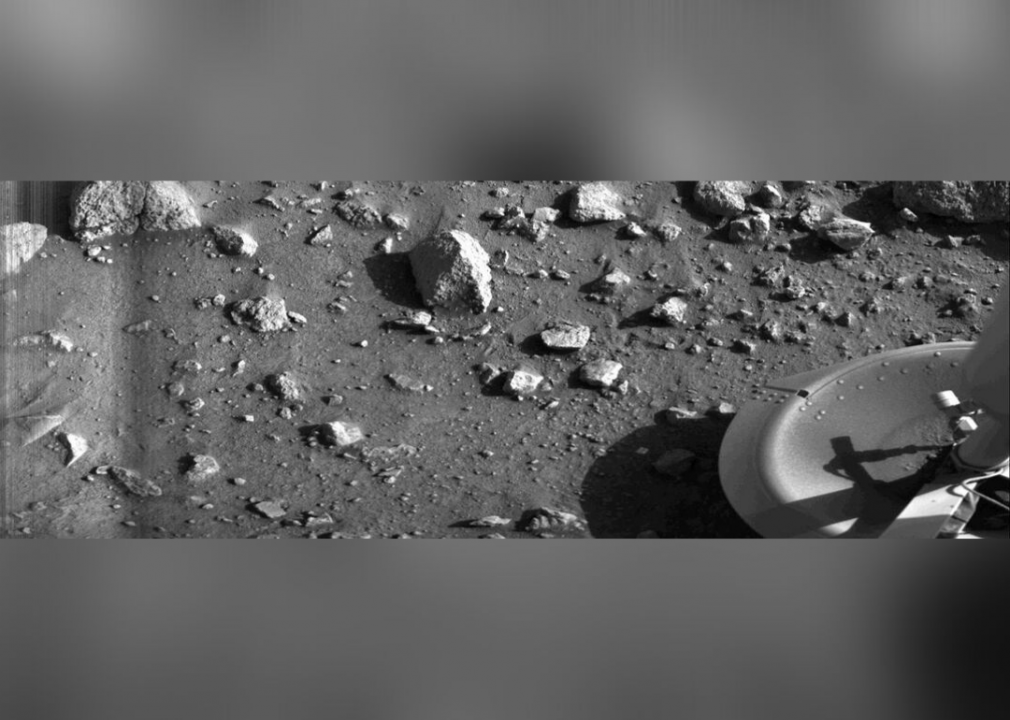
NASA
1976: Viking probes arrive on Mars
The twin American arrived on Mars in 1976, providing the most detailed information we had about the planet until the 1990s. The landers included a number of scientific instruments for studying the atmosphere, geology, and chemistry of the Martian surface, with a particular interest in finding evidence of life. While the question of life on Mars is still open, the Viking missions were extremely successful in describing the conditions on the most potentially habitable planet other than our own.

NASA // Wikimedia Commons
1977: Discovery of rings around Uranus
American astronomers James L. Elliot, Edward W. Dunham, and Jessica Mink as it crossed in front of a distant star. The star's light appeared to blink off and on repeatedly, as it was blocked by matter in the rings. While these rings are less bright and dramatic than Saturn's, their discovery indicated ring systems are common around giant worlds.
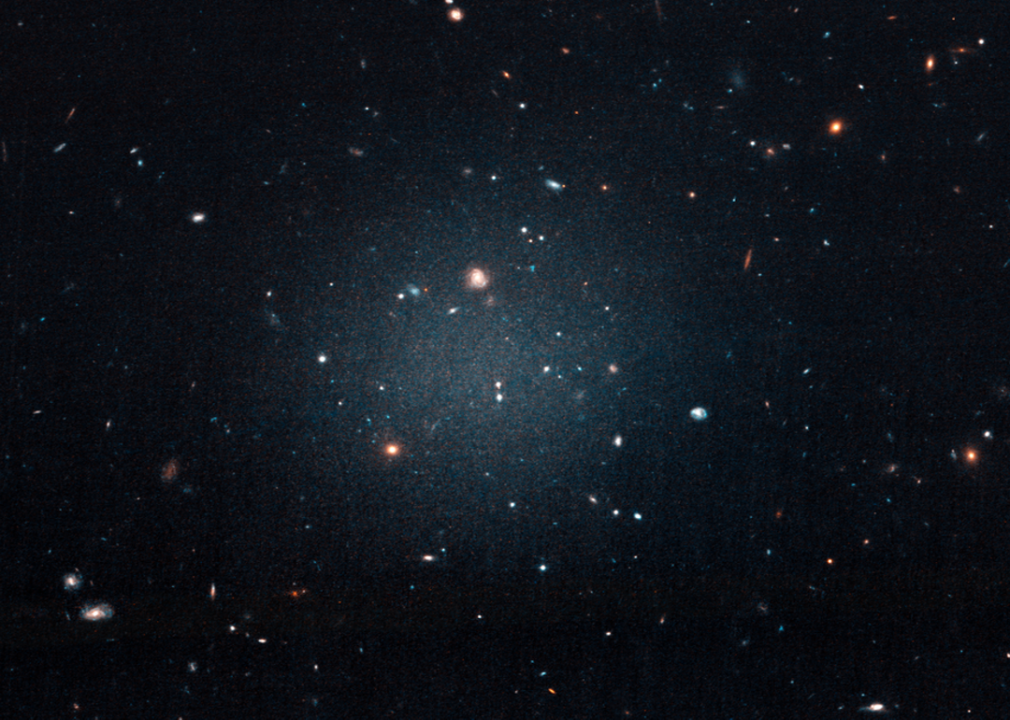
NASA // Flickr
1978: Measurement of galaxy rotation reveals invisible matter
Beginning in the 1960s, American astronomer Vera Rubin began measuring the rotation rates of spiral galaxies, and noticed the outer regions of the galaxies were rotating as fast as the inner parts. With Kent Ford and other collaborators, , leading to the conclusion that galaxies contain five to 10 times as much invisible "dark matter" as ordinary matter.
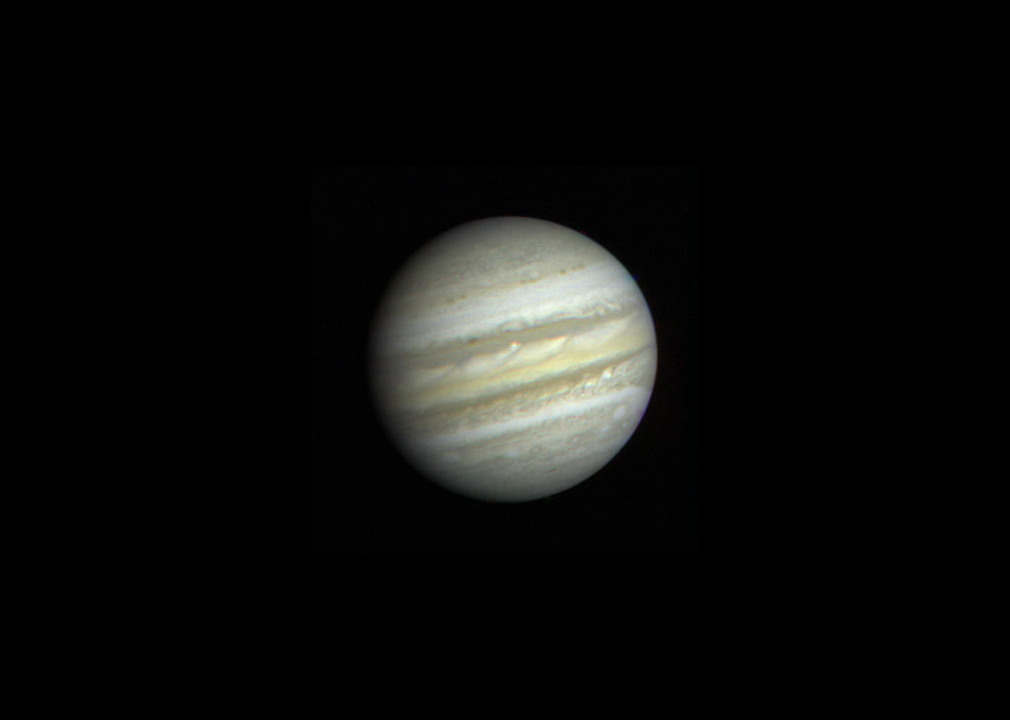
NASA
1979: Voyagers 1 and 2 fly past Jupiter
NASA researchers seized on a to plan the Voyager missions. While the two spacecraft's trajectories diverged, both spacecraft flew past Jupiter in 1979, discovering the planet's rings and three new moons. The Voyagers also spotted lightning in Jupiter's atmosphere, tracked the moon Io in the midst of volcanic eruptions, and revealed Europa to have a cap of ice over a global ocean.
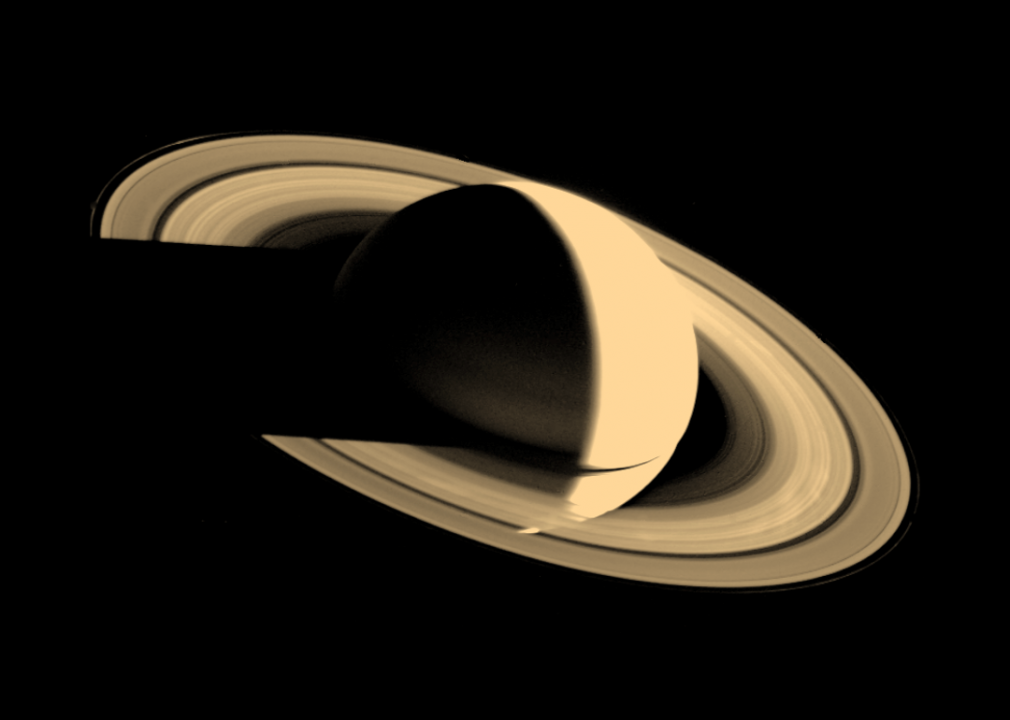
NASA/JPL
1980: Voyager 1 reaches Saturn and Titan
The Voyager 1 probe's planned trajectory took it past Saturn's moon Titan to see if the moon was potentially habitable. That path took it away from the other giant planets, but allowed it to , including the "shepherd moons" Prometheus and Pandora that correspond to gaps in the rings. Voyager 1 also revealed Titan's atmosphere blocked any visible light that might provide view of the surface, which inspired the more advanced instruments on the Cassini mission of the 2000s.
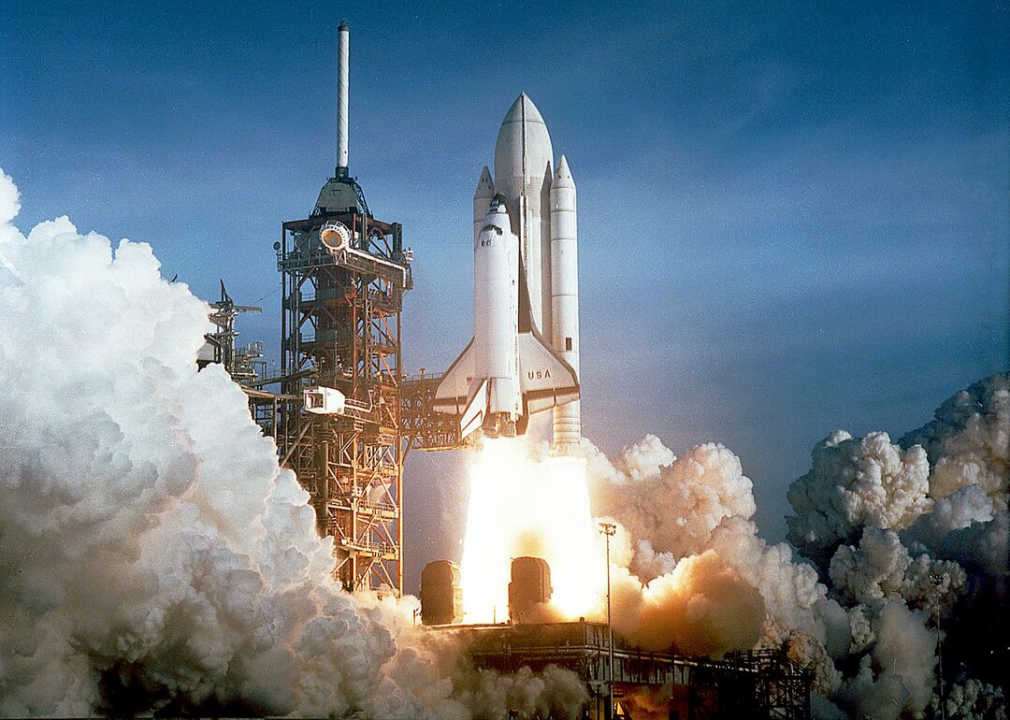
NASA // Wikimedia Commons
1981: Inaugural Space Shuttle launches
The Space Transportation System (STS) was the follow-up to NASA's Apollo program, designed around a reusable set of Space Shuttles. The first launch came on April 12, 1981 (the 20th anniversary of Yuri Gagarin's flight), when . Columbia returned to space on Nov. 12, marking the first time any spacecraft was flown more than once.
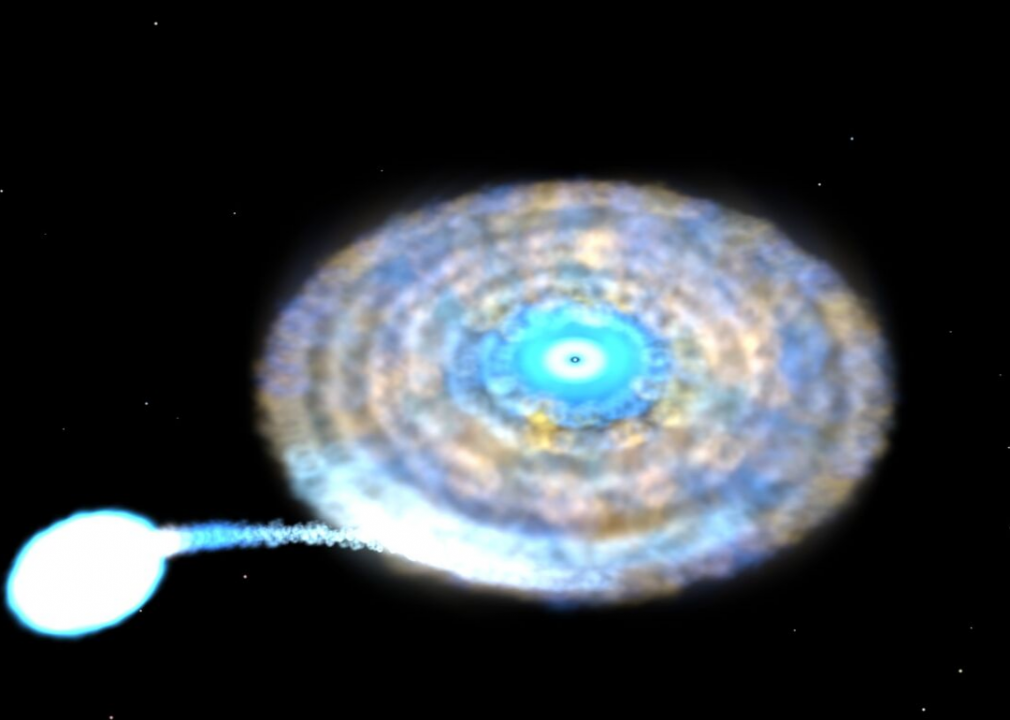
NASA/Goddard Space Flight Center // Wikimedia Commons
1982: First millisecond pulsar identified
American astronomer Donald C. Backer and his colleagues discovered a pulsar spinning 642 times per second: much faster than a typical pulsar. Later observations showed these millisecond pulsars spin faster because they’ve stolen matter from companion stars. Their very consistent rotation speeds mean millisecond pulsars are some of the best clocks in the cosmos.
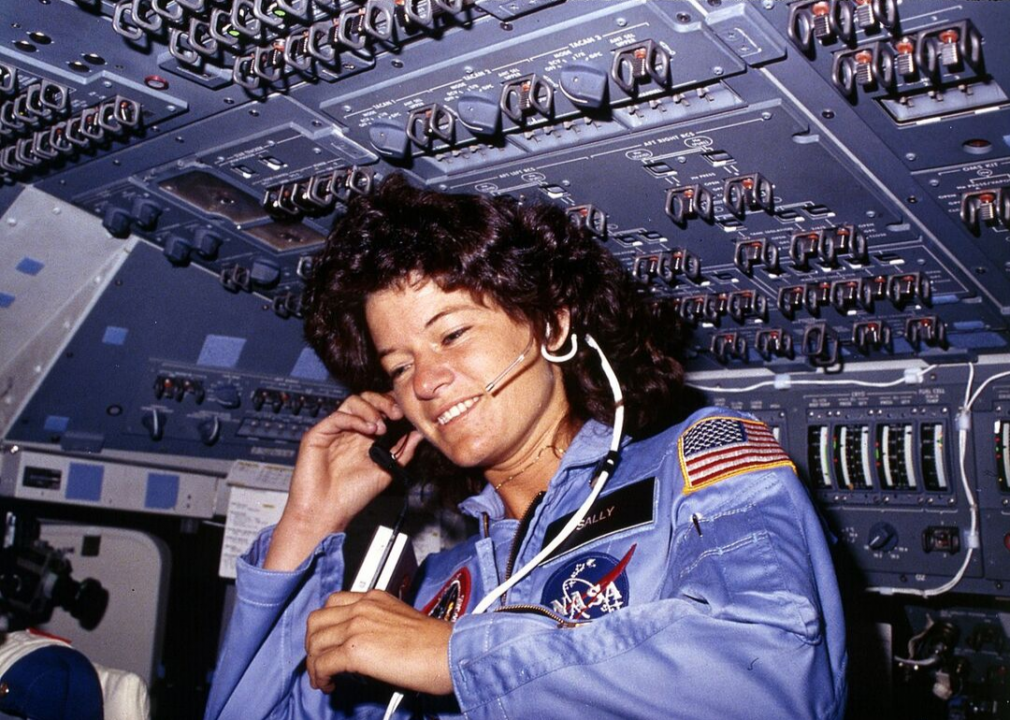
NASA // Wikimedia Commons
1983: Sally Ride and Guion Bluford go to space
NASA's space program from its inception until the 1980s consisted entirely of white male astronauts. The Space Shuttle program finally corrected that problem, when Sally Ride became the first white American woman in space and Guion Bluford, Jr. became the first African American man (both aboard the Challenger Space Shuttle). Ride later founded the Sally Ride Science educational nonprofit with her partner Tam O'Shaughnessy.
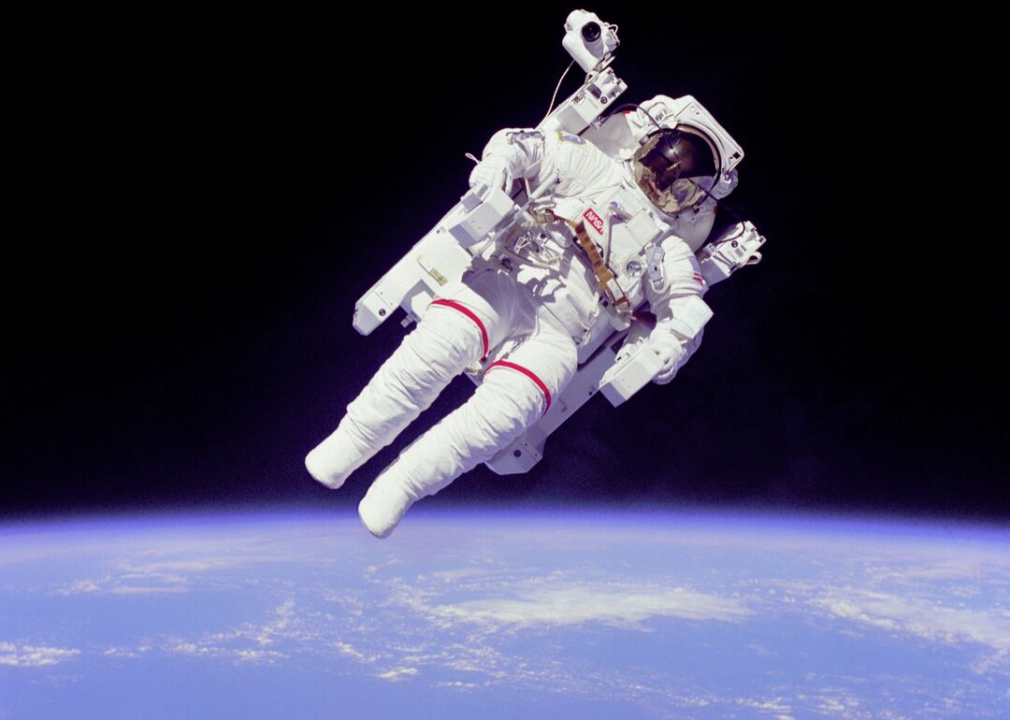
NASA // Wikimedia Commons
1984: First untethered spacewalks
Part of the Space Shuttle's mission was to provide maintenance for satellites, so in 1984 NASA introduced the Manned [sic] Maneuvering Unit (MMU) to allow astronauts to move freely without using a tether. The MMU was used successfully on three shuttle flights before being retired, after a review decided it was too risky compared to ordinary tethered spacewalks.
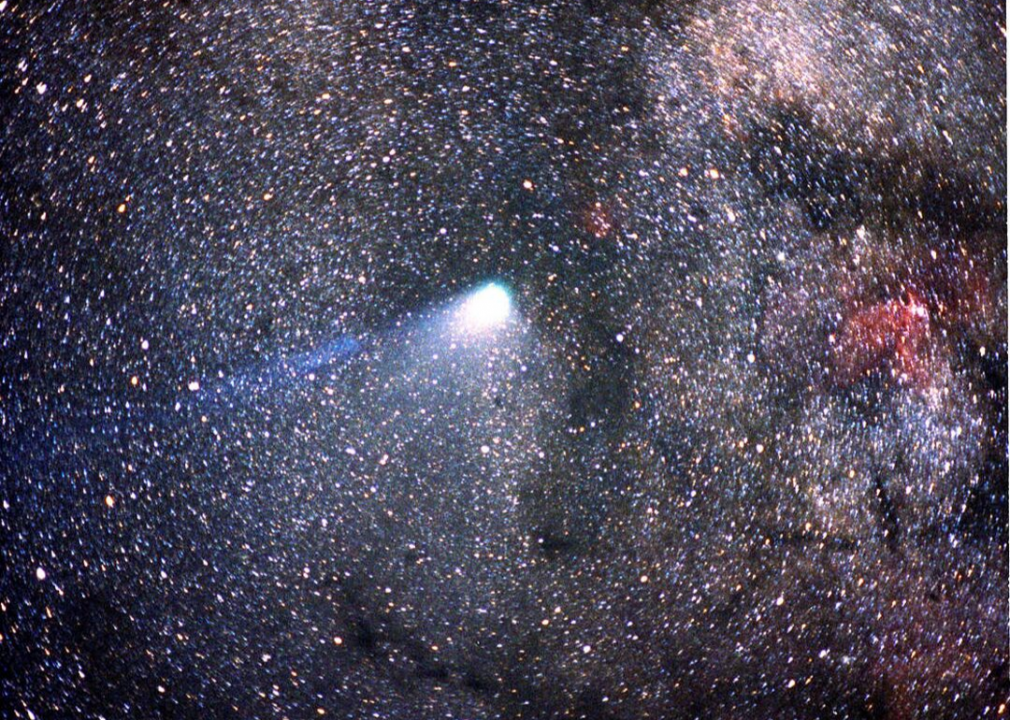
NASA
1985: International Cometary Explorer flies through two comet tails
The International Cometary Explorer (ICE) was originally designed to monitor the solar wind—particles streaming off the sun—but a change in its orbit put it in the unique position to study comets passing close to Earth. In 1985, ICE flew through the tail of Comet Giacobini-Zinner, becoming the first mission ever to perform a comet flyby. In 1986, ICE was part of the "Halley armada" of spacecraft studying Halley's Comet during its 75-year passage through the solar system.
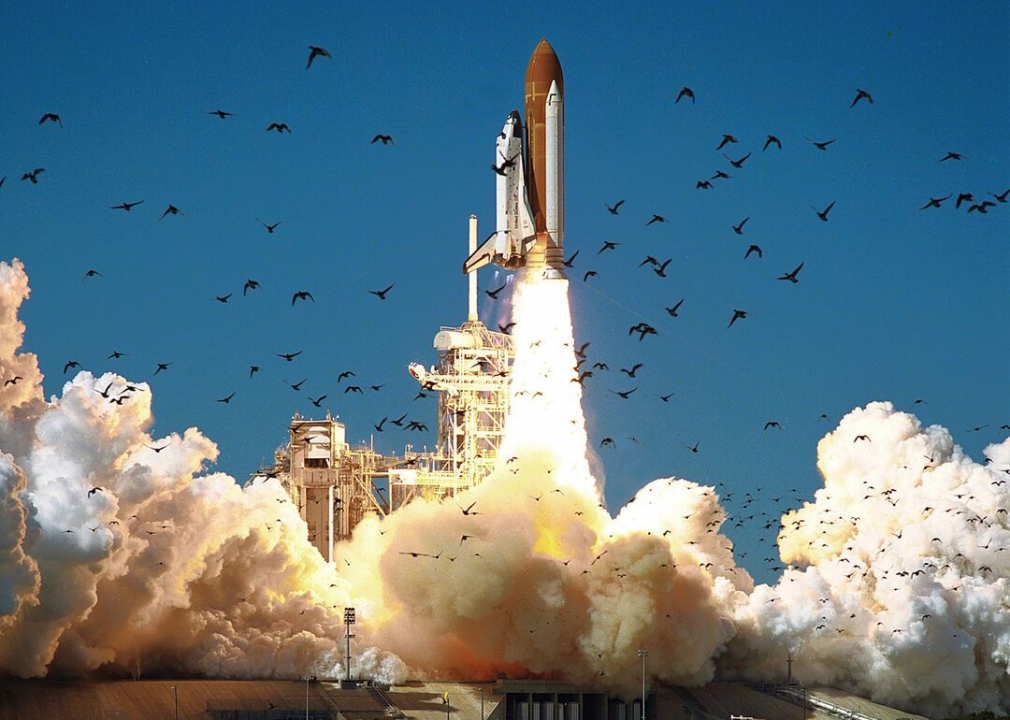
NASA // Wikimedia Commons
1986: Space Shuttle Challenger breaks apart shortly after takeoff
On January 28, 1986, the Space Shuttle Challenger broke apart less than two minutes after launch, killing the entire crew. This flight included schoolteacher Christa McAuliffe. The multiple levels of communication and safety failures revealed during subsequent investigations led to a complete overhaul of NASA's procedures, grounding the remaining shuttles for more than two years.
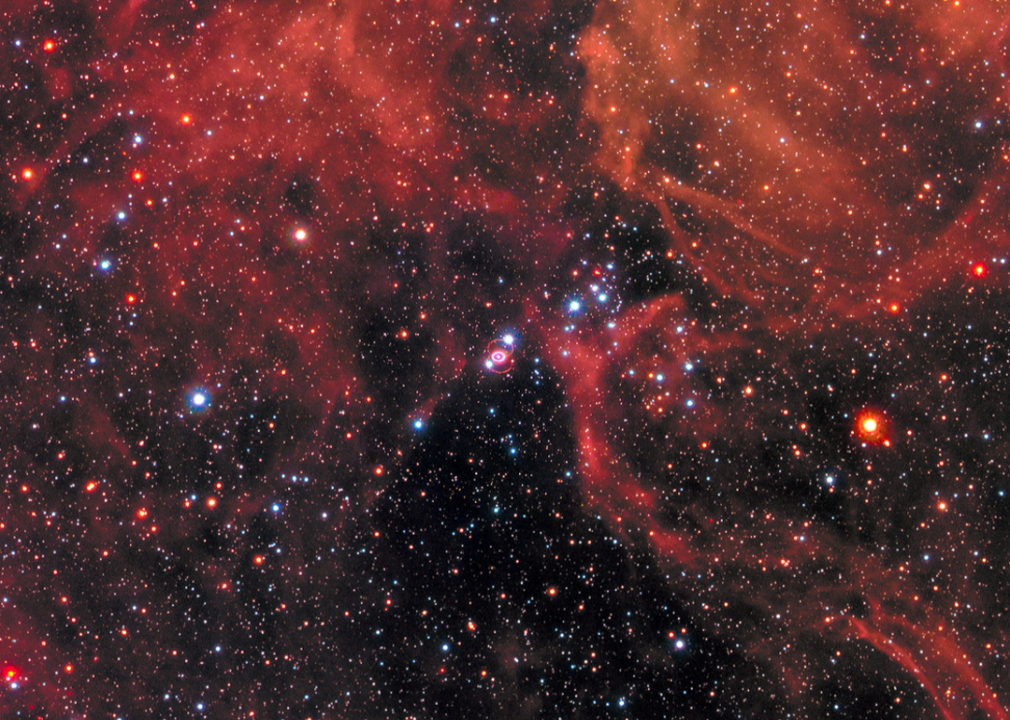
NASA
1987: Closest supernova in modern times
On Feb. 23, 1987, a bright point of light appeared in the Large Magellanic Cloud, one of the closest galaxies to the Milky Way. The light came from the , and for a brief period it was bright enough to see without a telescope. Designated Supernova 1987A, this was the first supernova of the modern telescope era, and has provided a lot of information on how such explosions happen; the remnants of the explosion are .
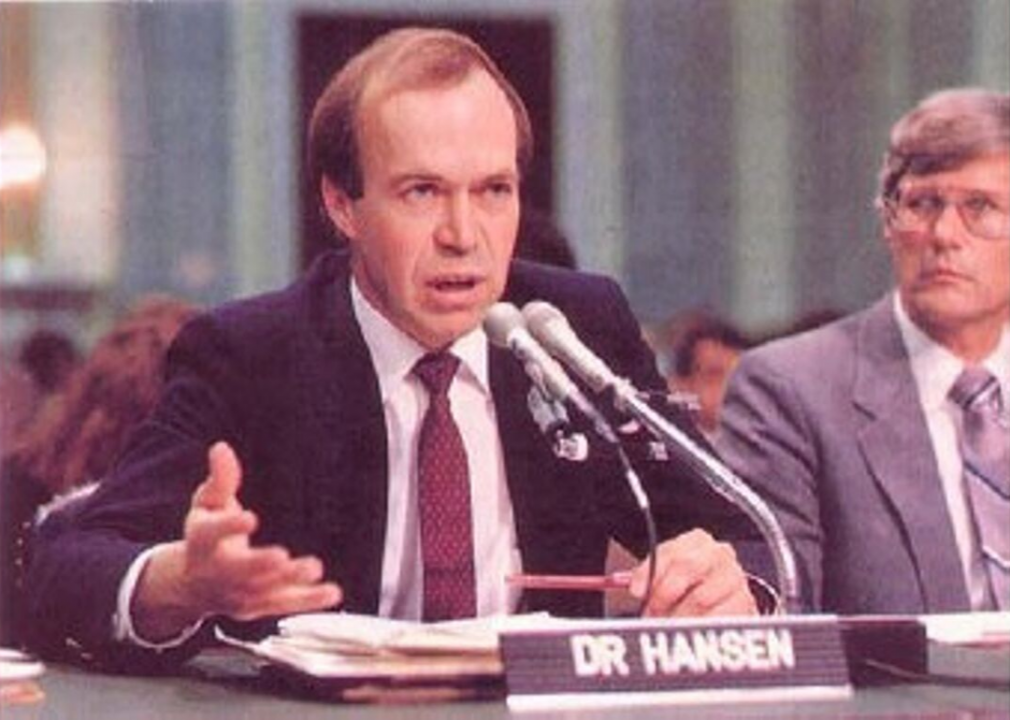
Unknown // Wikimedia Commons
1988: NASA scientist testifies about climate change
NASA scientist James Hansen that buildup of carbon dioxide in Earth's atmosphere due to human activity was directly responsible for global warming. While Hansen wasn't the first to recognize the threat of climate change, by the 1980s, computer models were sophisticated enough to predict how damaging increases in global average temperatures would be. Hansen's testimony called widespread attention to a problem that had previously been the province of activists and scientists.
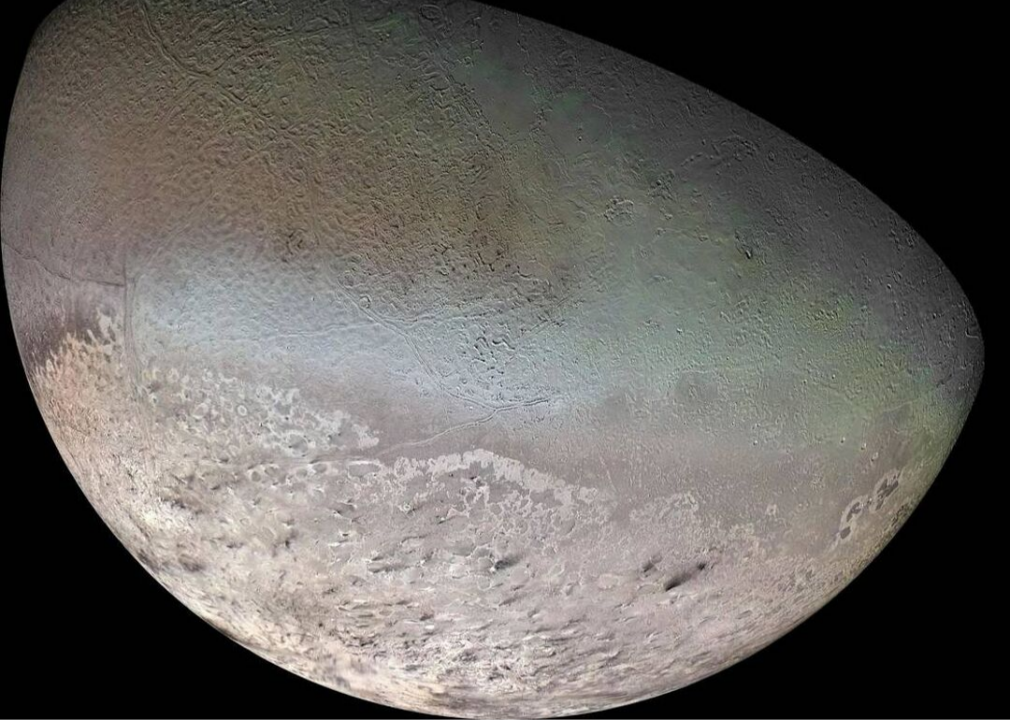
NASA/JPL/USGS
1989: Voyager 2 arrives at Neptune
While Voyager 1 ended its planetary journey at Saturn, Voyager 2 had continued to Uranus in 1986 and . During its flyby, the probe got a close look at the large moon Triton, which many researchers believe originated farther out in the solar system before being captured by Neptune. Voyager 2 also confirmed six new moons orbiting Neptune and discovered rings around the planet, making all four giant worlds ringed planets.
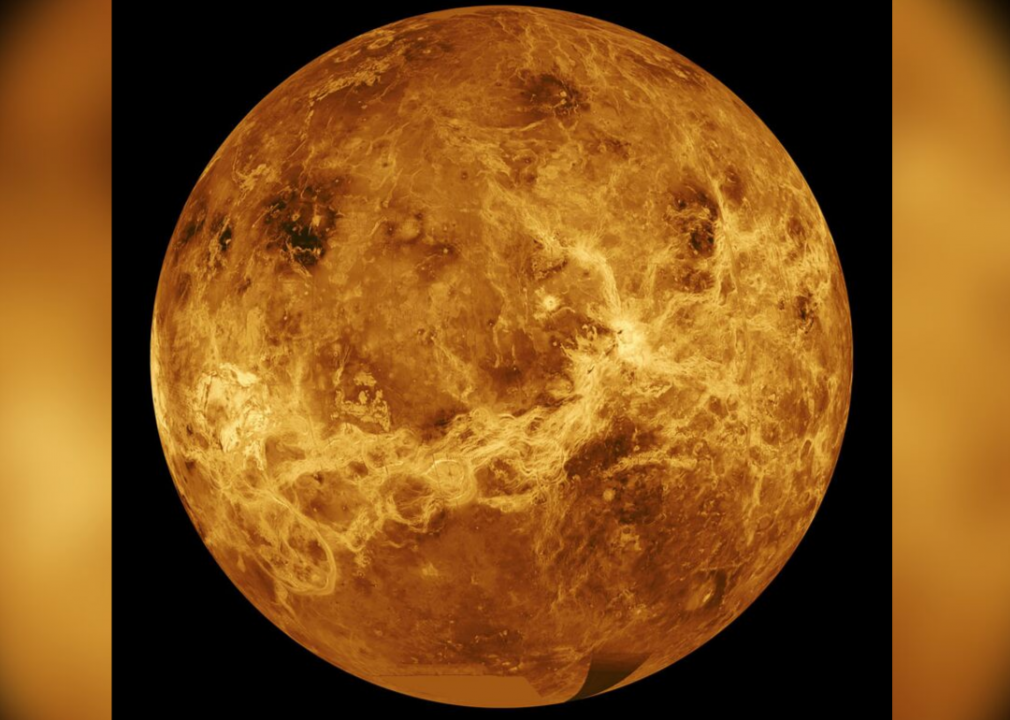
NASA
1990: Magellan mission reaches Venus
The Venus Radar Mapper, more commonly known as Magellan, was the first NASA interplanetary probe in over a decade. Its mission was to map the entire surface of Venus using radar to penetrate the thick atmosphere, as well as to measure the planet's gravitational field and atmospheric properties. Magellan identified many important features, including volcanoes and lava fields, which in combination with the lack of craters indicates Venus was geologically active within the last billion years.
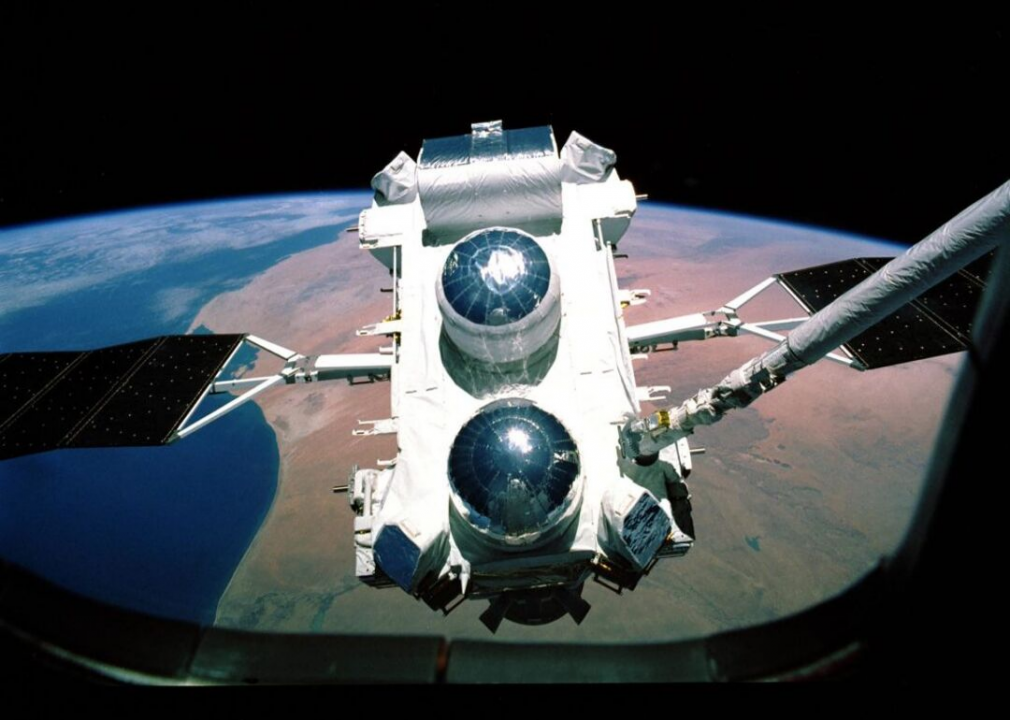
Picryl
1991: Compton Gamma Ray Observatory launched
NASA's Compton Gamma Ray Observatory was an in the universe. Launched from the Space Shuttle Atlantis, Compton operated from 1991 through 2000, hunting for gamma-ray bursts (now known to be supernovas and collisions between neutron stars), pulsars, supernova remnants, and previously unknown objects.

NASA/JPL-Caltech // Wikimedia Commons
1992: First planets beyond the solar system discovered
Until the 1990s, the only planets we knew about were the ones in our solar system. In 1992, astronomers Aleksander Wolszczan and Dale Frail discovered two planets orbiting around a pulsar, thanks to small variations in the timing of the pulsar flashes. Since pulsars are formed during supernovas, any planet orbiting the original star is unlikely to survive the process, leading many scientists to think pulsar planets may have been formed out of the debris from the supernova itself.
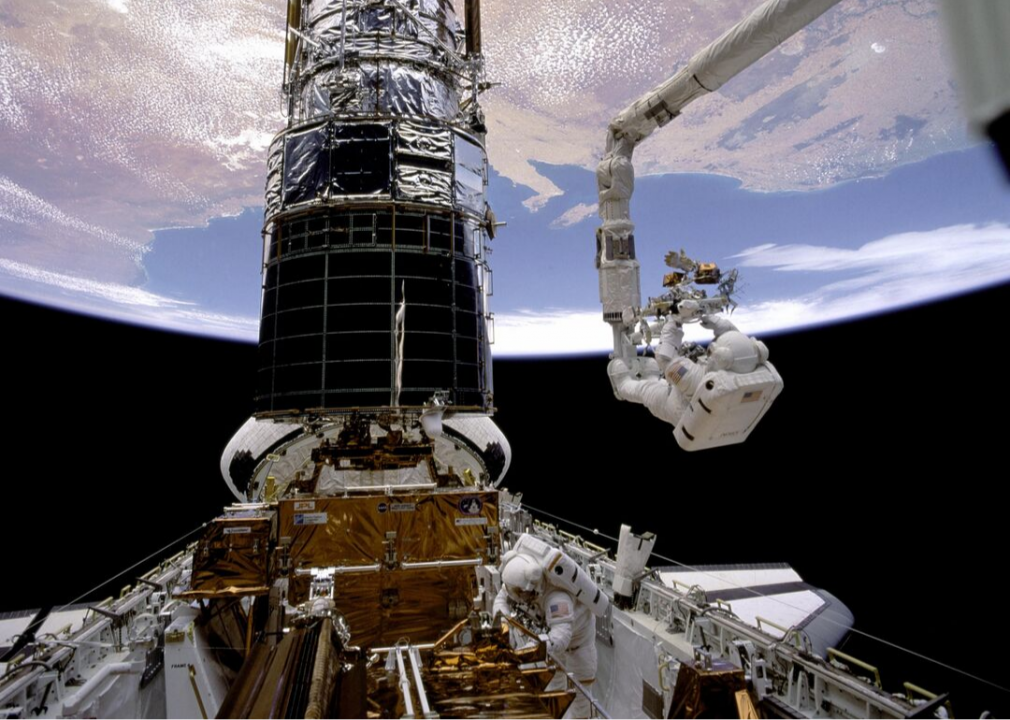
NASA
1993: Astronauts correct flaws in Hubble Space Telescope
NASA's Hubble Space Telescope was launched in 1990, but its first observations showed it had . However, the telescope was built to be upgraded and repaired by Space Shuttle crews, so in 1993, astronauts installed a set of corrective mirrors to compensate for the flaw. After that, Hubble became one of the most essential observatories in the world, providing both beautiful images and important scientific data.

NASA
1994: Comet Shoemaker-Levy 9 strikes Jupiter
Impacts from asteroids or comets are exciting things, so long as we can watch from a safe distance. In July 1994, fragments of Comet Shoemaker-Levy 9 (discovered by astronomers Carolyn and Eugene M. Shoemaker and David Levy) struck Jupiter, creating scars in the clouds visible through small telescopes. Astronomers were able to study new aspects of Jupiter's atmosphere due to the impacts.
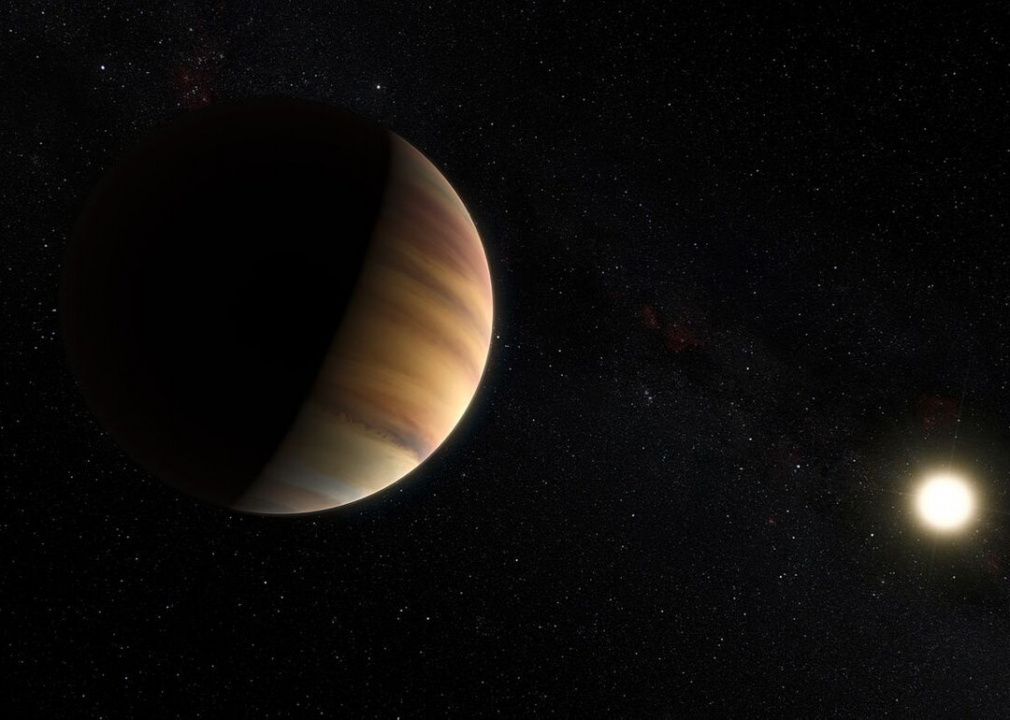
ESO website // Wikimedia Commons
1995: First hot Jupiter discovered
Following the discovery of pulsar planets, scientists were on the lookout for exoplanets orbiting ordinary stars like the sun. The first of these was found just three years later: , but in such a tight orbit its gravity causes its host star to wobble, which is how the planet was found. This was the first "hot Jupite," a new type of planet very different from anything found in the solar system, and it opened the floodgates for exoplanet discoveries to come.
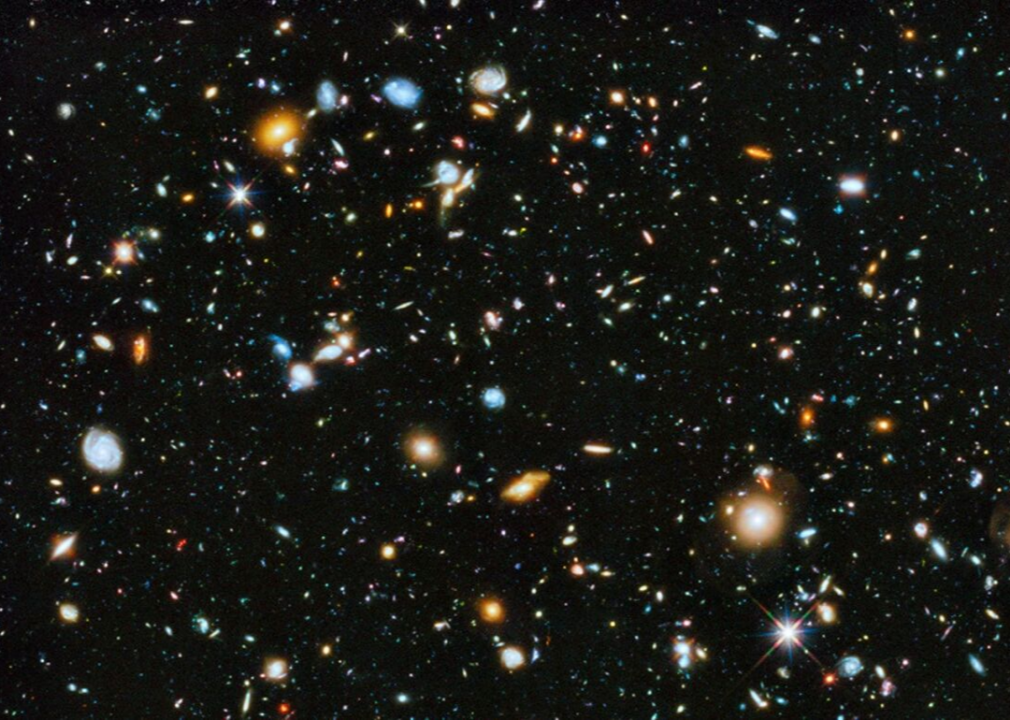
NASA
1996: Hubble Deep Field Survey reveals a wealth of galaxies
Astronomers pointed the Hubble Space Telescope at a relatively empty patch of sky for 10 days at the end of 1995. This project was , and it revealed around 3,000 previously unseen galaxies in that patch alone, including some from the early universe.
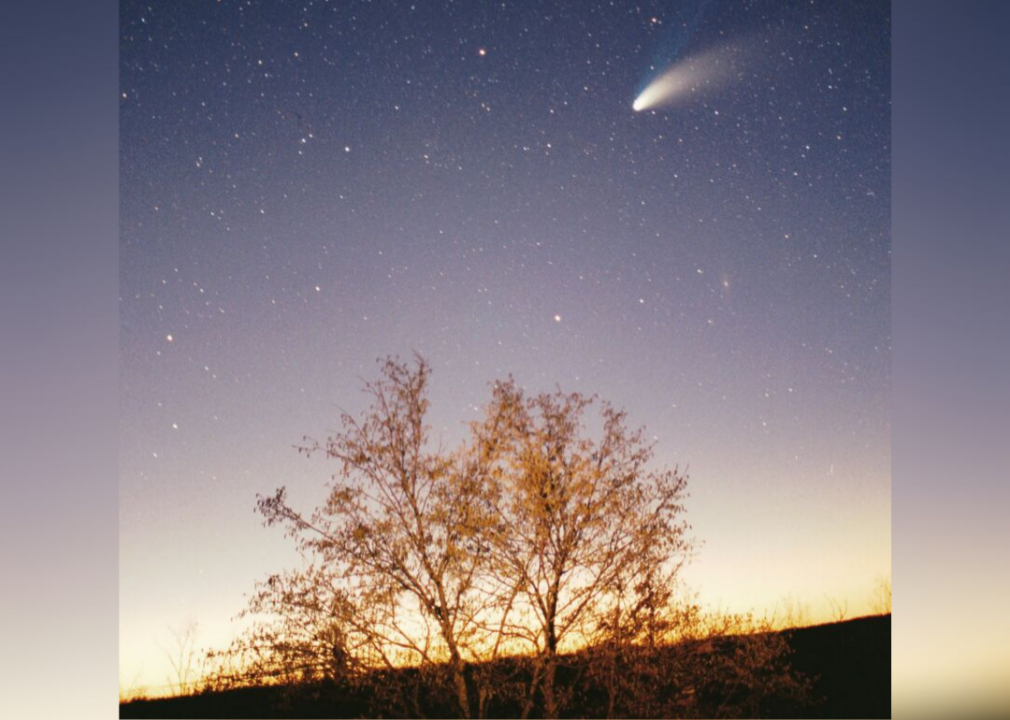
Philipp Salzgeber // Wikimedia Commons
1997: Comet Hale-Bopp passes Earth
The brightest comet of the modern era, for 18 months from May 1996 through December 1997, peaking in brightness in April 1997. Between the visibility without special equipment and the availability of modern telescopes, Hale-Bopp was perhaps the most widely-observed comet in human history.
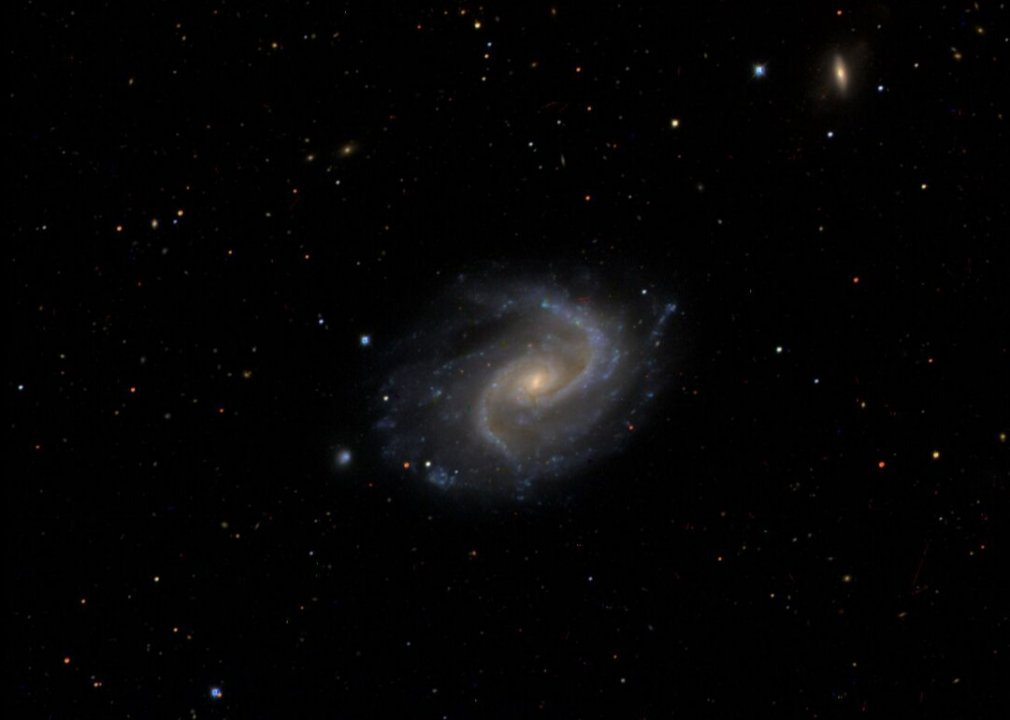
UCL Mathematical & Physical Sciences // Flickr
1998: Astronomers discover the expansion of the universe is accelerating
Two competing groups of astronomers were of the universe using a type of supernova produced by exploding white dwarfs (the remnants of stars like our sun). They found the rate of , in contradiction to most astronomers' expectations. Physicist Michael Turner dubbed the driver of this acceleration "dark energy," and it stands as one of the biggest mysteries in modern cosmology.
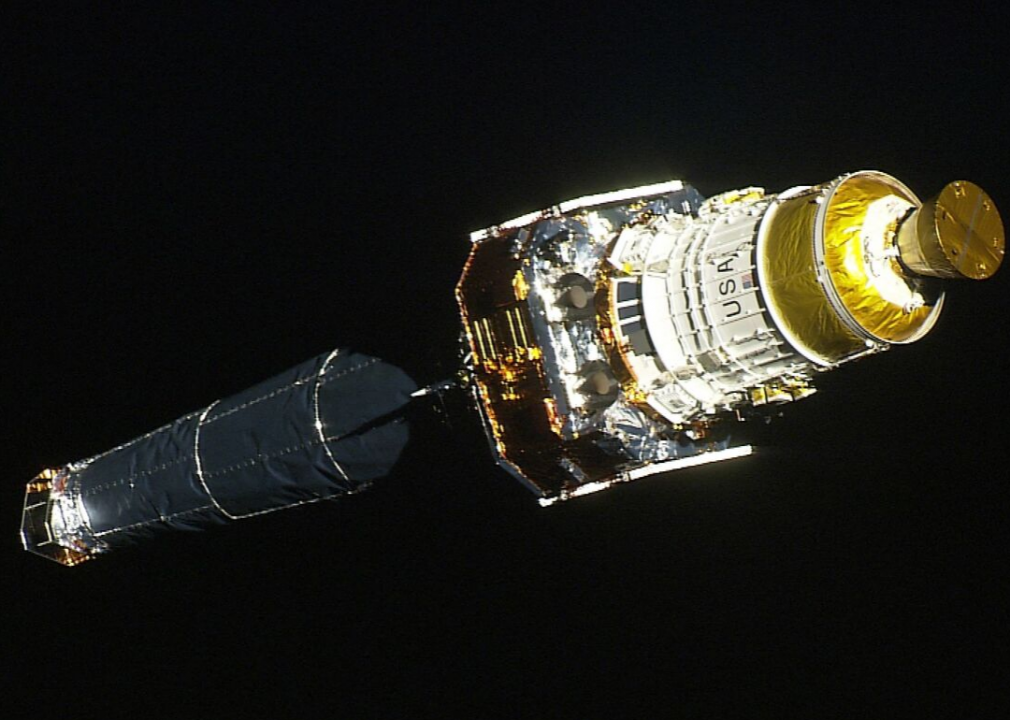
NASA // Flickr
1999: Launch of Chandra X-ray Observatory
What the Hubble Space Telescope is to visible light astronomy, NASA's . Launched from the Space Shuttle Columbia, the telescope uses special reflectors to focus X-rays, providing detailed views of supernova remnants, the hot matter around black holes, distant galaxy clusters, and many more.
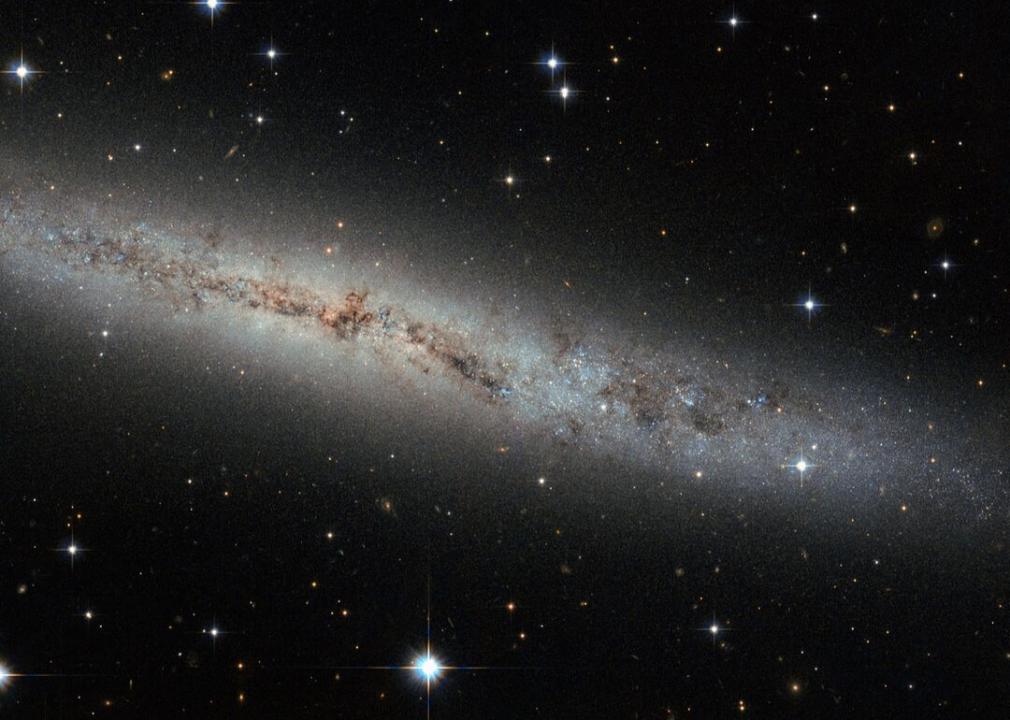
NASA // Flickr
2000: The universe is flatter than a pancake
The BOOMERanG (Balloon Observations Of Millimetric Extragalactic Radiation ANd Geophysics) experiment was a telescope suspended beneath a high-altitude weather balloon, designed to measure fluctuations in the radiation left over from shortly after the Big Bang. BOOMERanG's data showed , meaning in empty space light travels in straight lines. This flatness means something weird happened in the early cosmos, because the expansion of spacetime would ordinarily curve the structure of the universe.

European Southern Observatory // Flickr
2001: Atmosphere of an exoplanet detected
The Hubble Space Telescope detected the presence of HD 209458 b. This world is a "hot Jupiter," a planet larger than Jupiter but orbiting closer to its star than Mercury. Because the planet passes between its host star and Earth, astronomers were able to measure light absorbed through the edges of the atmosphere, the first time such a measurement was done.

NASA // Flickr
2002: Mars Odyssey mission detects presence of water on Mars
NASA's Mars Odyssey probe reached Mars in 2001 and has been operating ever since, looking for evidence of water and interesting geological discoveries. In 2002, the spacecraft identified beneath the dusty surface in places other than the poles.
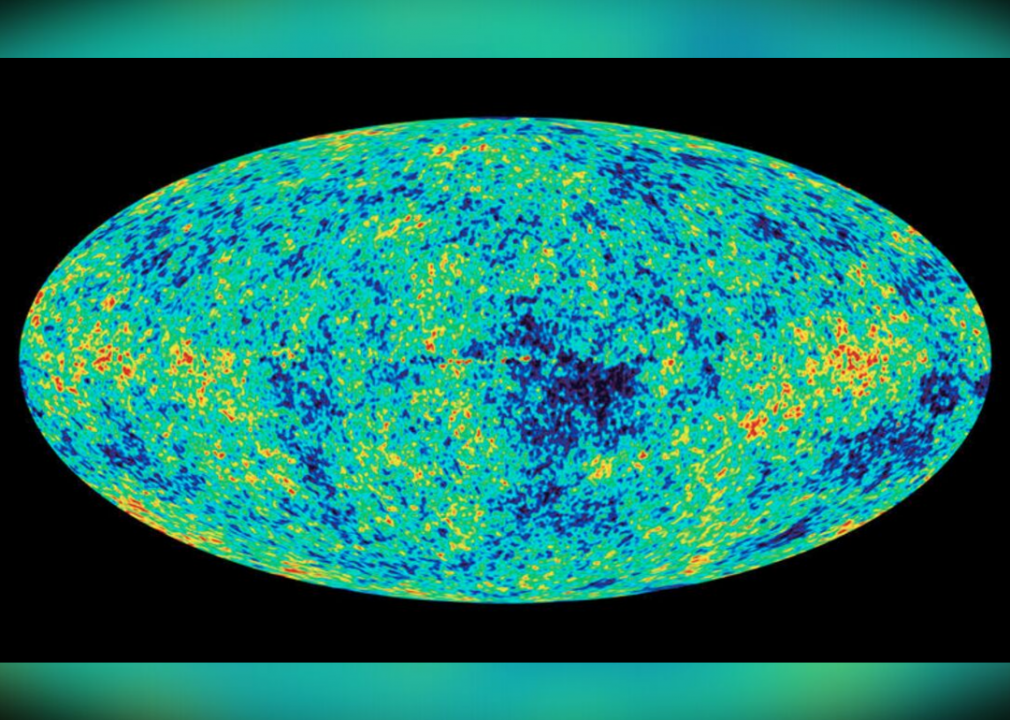
NASA
2003: WMAP mission confirms existence of dark matter and dark energy
The WMAP (Wilkinson Microwave Anisotropy Project) space telescope mapped the entire sky in microwave light to measure the fluctuations in the cosmic microwave background: light left over from after the Big Bang. These fluctuations reveal the relative amounts of the various contents in the universe; , which holds galaxies together, and dark energy, which accelerates the expansion of the universe.
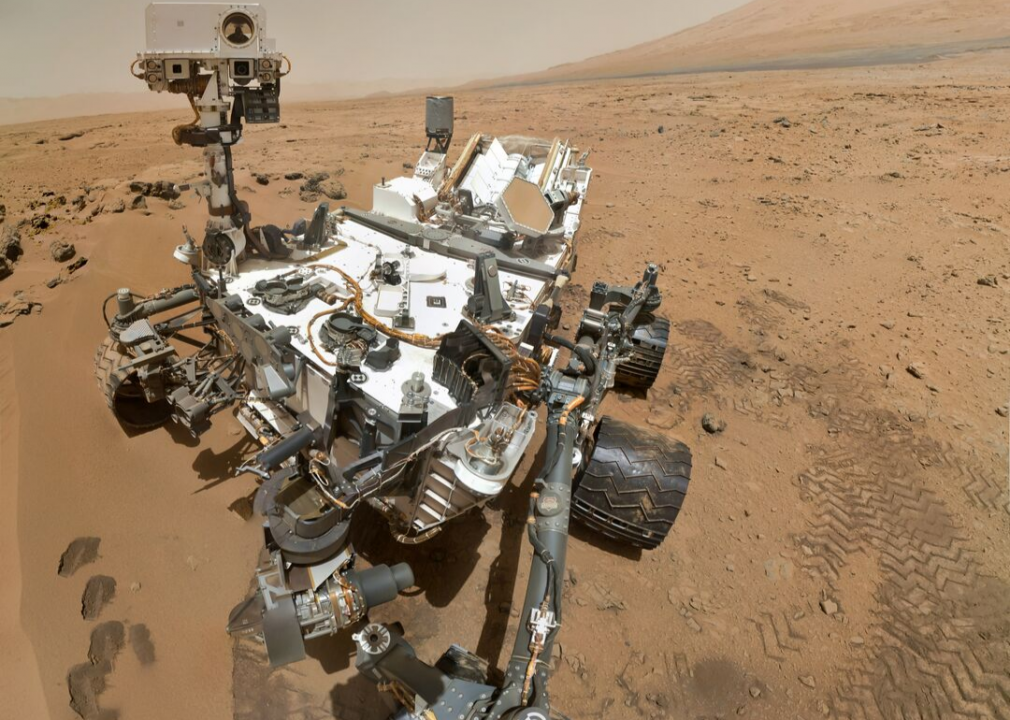
NASA/JPL-Caltech/Malin Space Science Systems
2004: Spirit and Opportunity rovers land on Mars
NASA's Mars Exploration Rovers, named , landed on Mars in January 2004. Designed for a 90-day mission, they lasted for six years (Spirit) and 14 years (Opportunity), providing new information about the geology of Mars during their travels. Among those results: evidence for surface water on Mars in the distant past.
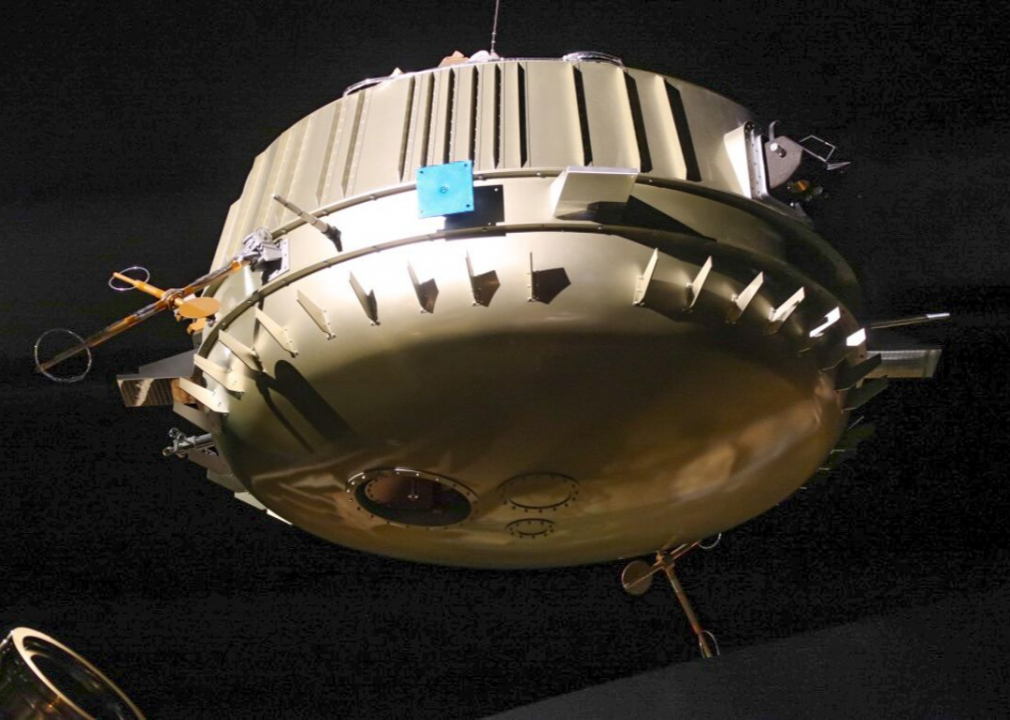
Ismoon // Wikimedia Commons
2005: Huygens probe lands on Titan
The Cassini mission to Saturn gave us over a decade of data on the planet and its moons. Part of the mission was on Jan. 4, 2005, returning the first pictures from the surface of the moon. Subsequent observations revealed rainfall and lakes of liquid hydrocarbons (methane, ethane, and similar substances), making Titan the only known world other than Earth with a hydrological cycle.
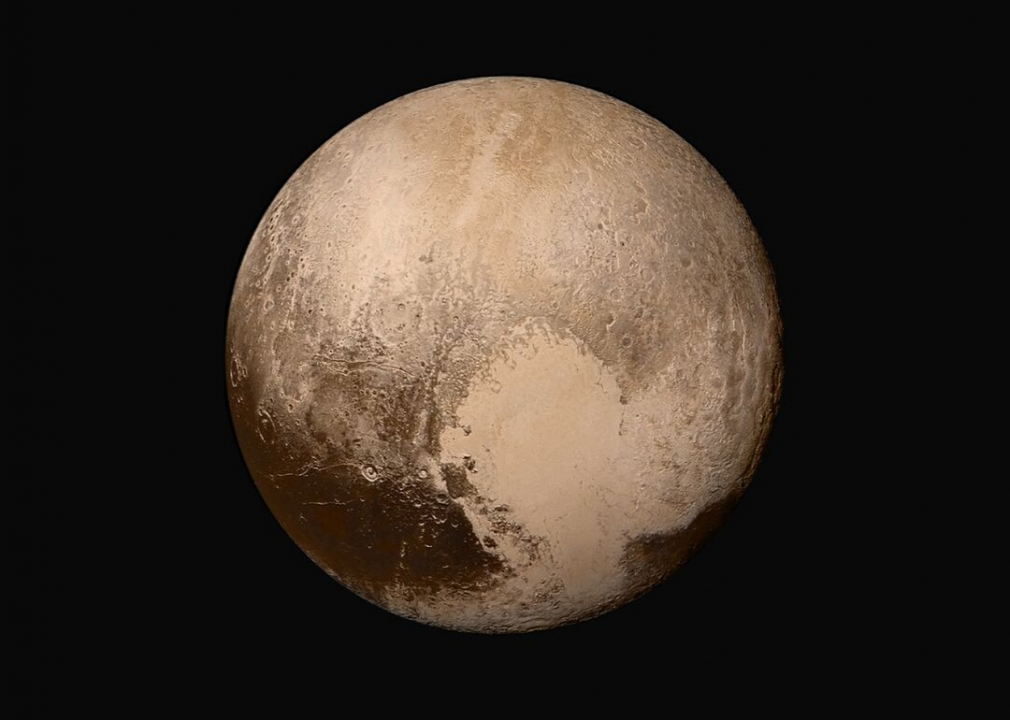
NASA
2006: IAU introduces new definition of planet
Pluto and its largest moon Charon were for decades the only known objects beyond the orbit of Neptune, but the discoveries of Albion in 1992, Sedna in 2004, and particularly Eris in 2005 led researchers to realize there are a lot of small icy worlds in the outer solar system. For that reason, the for what a planet is, one that redefined Pluto as a dwarf planet. The specific criteria for planethood were unsatisfactory to many scientists, whatever their opinion of Pluto's planetary status.
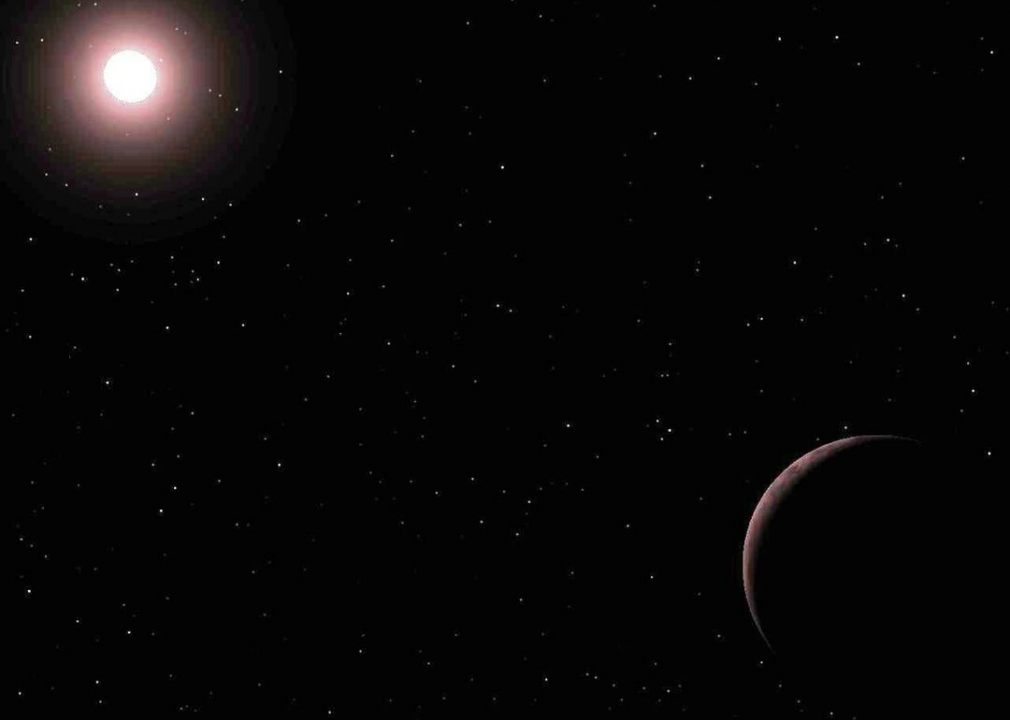
Celestia // Wikimedia Commons
2007: "Super-Earth" exoplanet identified in habitable zone
Many newly discovered exoplanets are of a type unknown in the Solar System: "super-Earths," potentially rocky planets larger than our home world. The super-Earth , and most interestingly it orbits the host star in the "habitable zone": the region where liquid water could conceivably exist on the planet’s surface. However, much is still unknown about super-Earths, and the differences between the Gliese 581 host star and our Sun are large, making habitability uncertain.
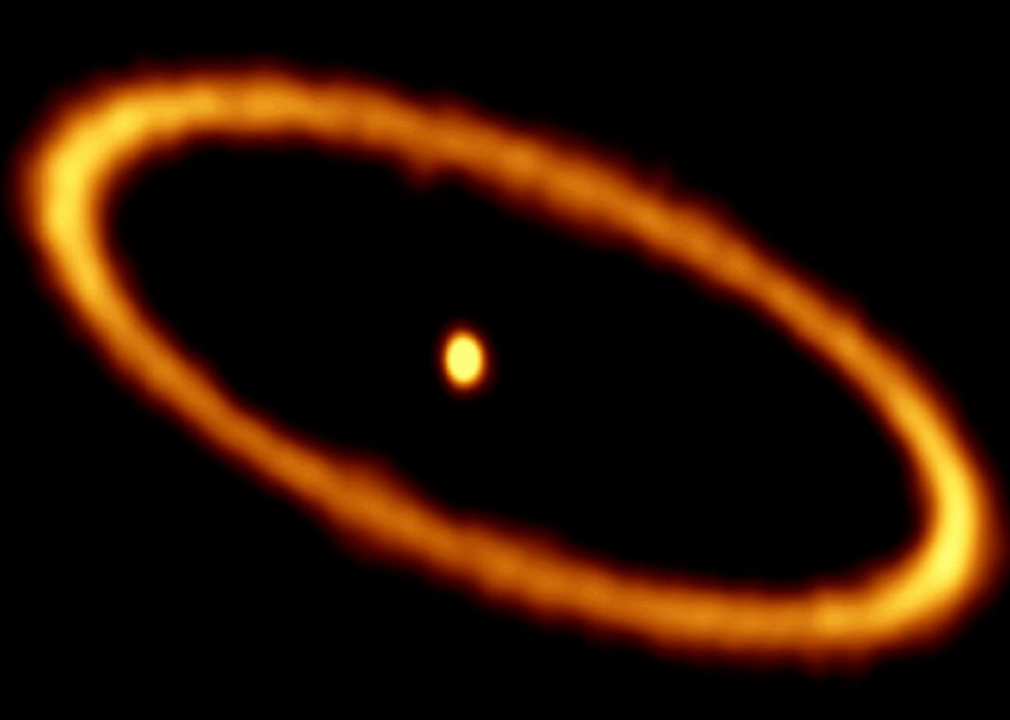
ALMA // Wikimedia Commons
2008: First direct image of an exoplanet
Mostly, exoplanets are too small and too close to their host star to be captured in images, but one newborn planet was identified in 2008. The exoplanet, within a disk of debris around the star Fomalhaut. The planet itself is bright enough to see in visible light, indicating it is still young and hasn't cooled off from the collision process that forms new planets.
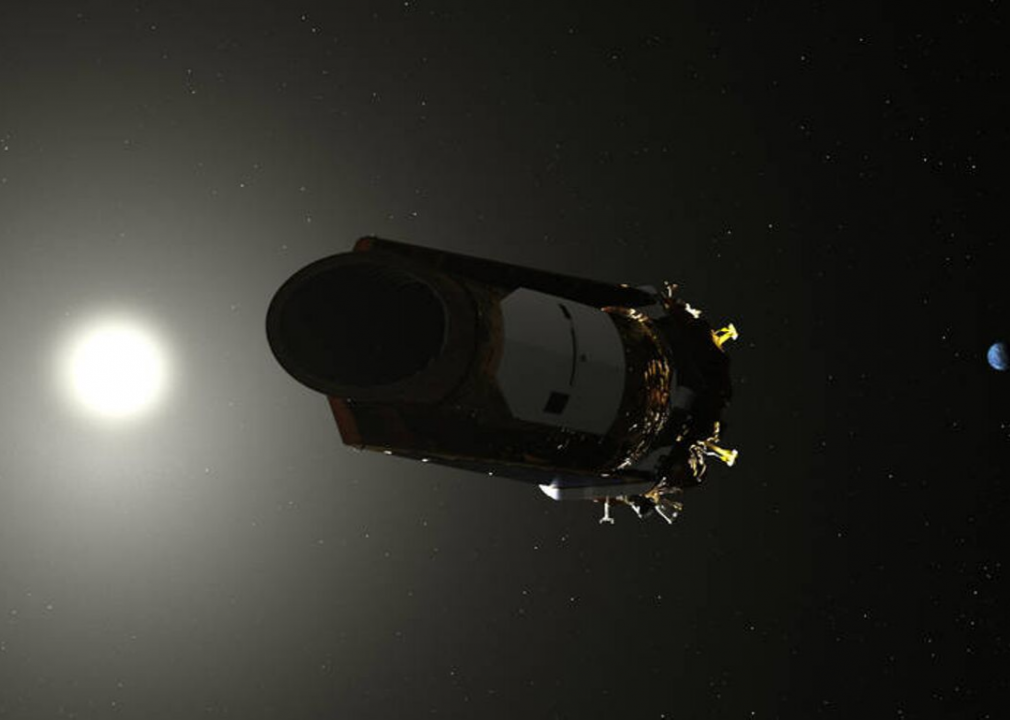
NASA
2009: Launch of Kepler exoplanet observatory
By 2009, exoplanet discoveries were coming in fast, but the accelerated the process even more. Kepler pointed at a single patch of the sky, monitoring roughly 150,000 stars for transits: the brief decrease in light as an exoplanet crosses its host star. Over its 9 years of operation, Kepler identified 2,662 exoplanets and provided new data on the behavior of stars.
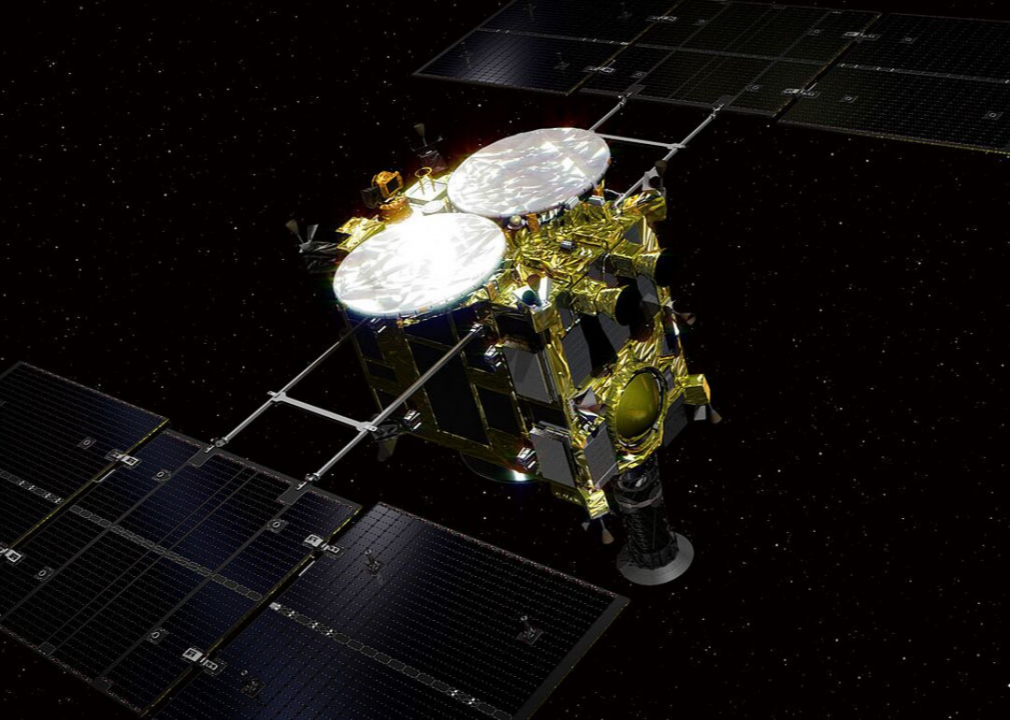
Go Miyazaki // Wikimedia Commons
2010: Hayabusa mission returns material from asteroid to Earth
The Japanese Aerospace Exploration Agency (JAXA) Hayabusa probe was the . Though plagued with technical problems, the probe traveled to the near-Earth asteroid Itokawa, landed on its surface, and collected around 1,500 grains of material. Learning from both the problems and successes of this mission, JAXA constructed the Hayabusa 2 probe, currently studying asteroid Ryugu.
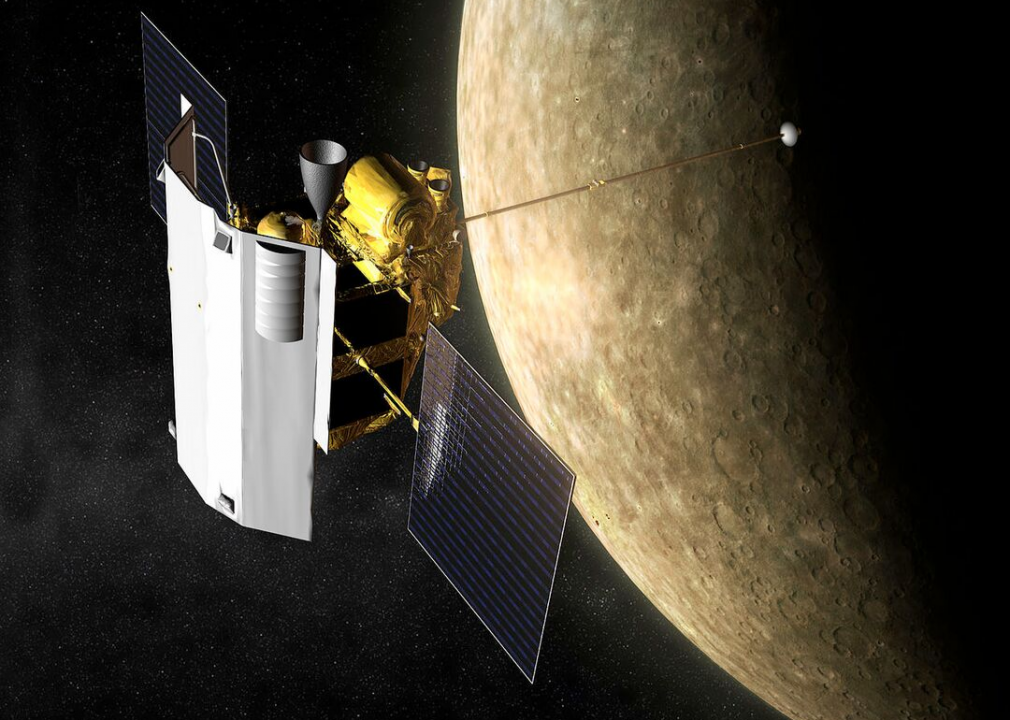
NASA/JHU/APL // Wikimedia Commons
2011: MESSENGER mission arrives in Mercury orbit
Mercury is remarkably hard to study due to its closeness to the sun. For that reason, NASA's MESSENGER probe is only the second to visit the planet, which it did on several flybys before settling into orbit in 2011. During its mission, MESSENGER mapped Mercury's surface for the first time, finding traces of water in the shadowed polar regions and making important geological discoveries.
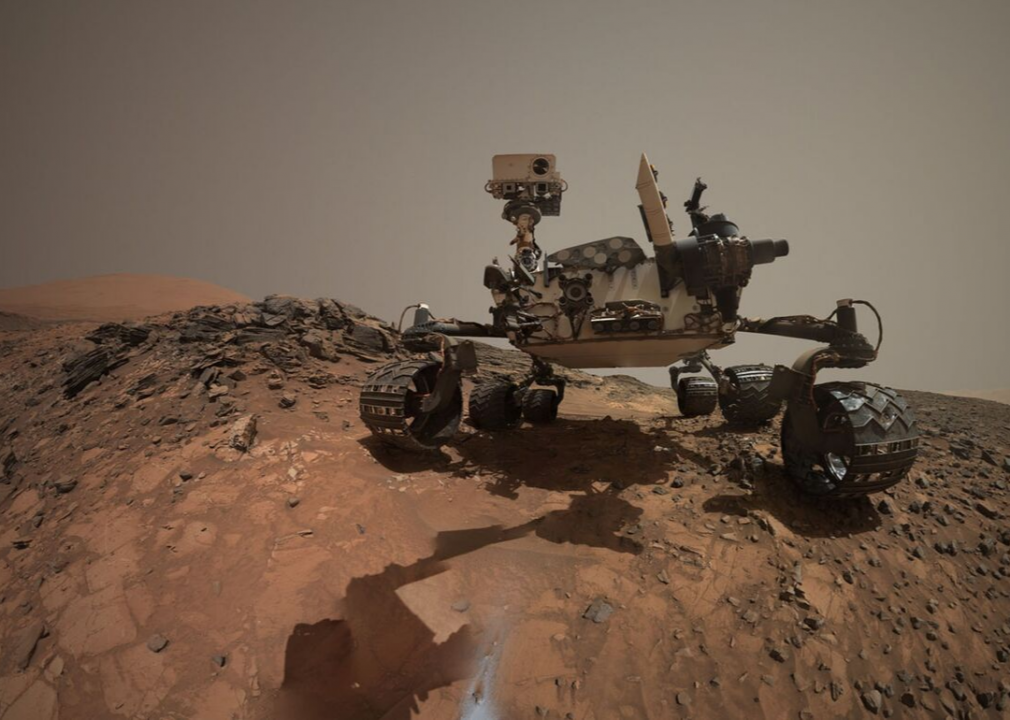
NASA
2012: Curiosity rover lands on Mars
NASA's fourth Mars rover, the Mars Science Laboratory—nicknamed Curiosity—arrived on Mars on Aug. 12, 2012. The to lower the heavy car-sized rover onto its wheels at a precise location. Since its landing, Curiosity has confirmed the presence of clay materials in Martian soil and performed measurements of variations in the Martian climate.
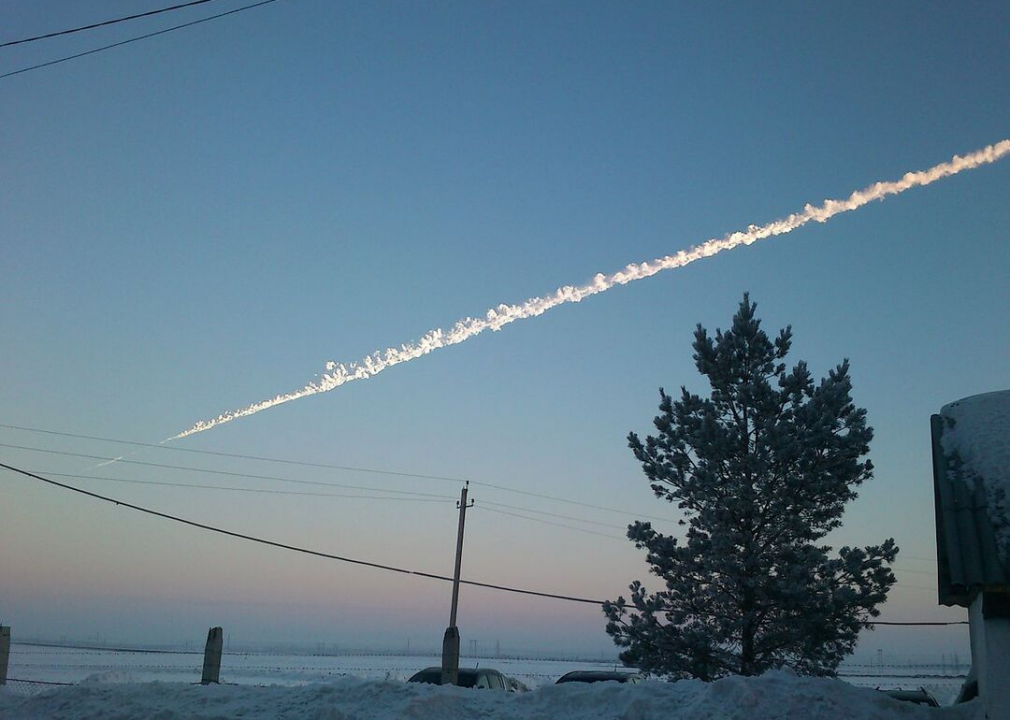
袣芯薪褋褌邪薪褌懈薪 袣褍写懈薪芯胁 // Wikimedia Commons
2013: Meteor explodes over Chelyabinsk in Russia
On the morning of Feb. 13, 2013, a , Russia. This event was heavily recorded thanks to the widespread use of dashboard cameras in Russia, but because of the supersonic explosion over a heavily populated area, around 1,500 people were injured and thousands of buildings were damaged.
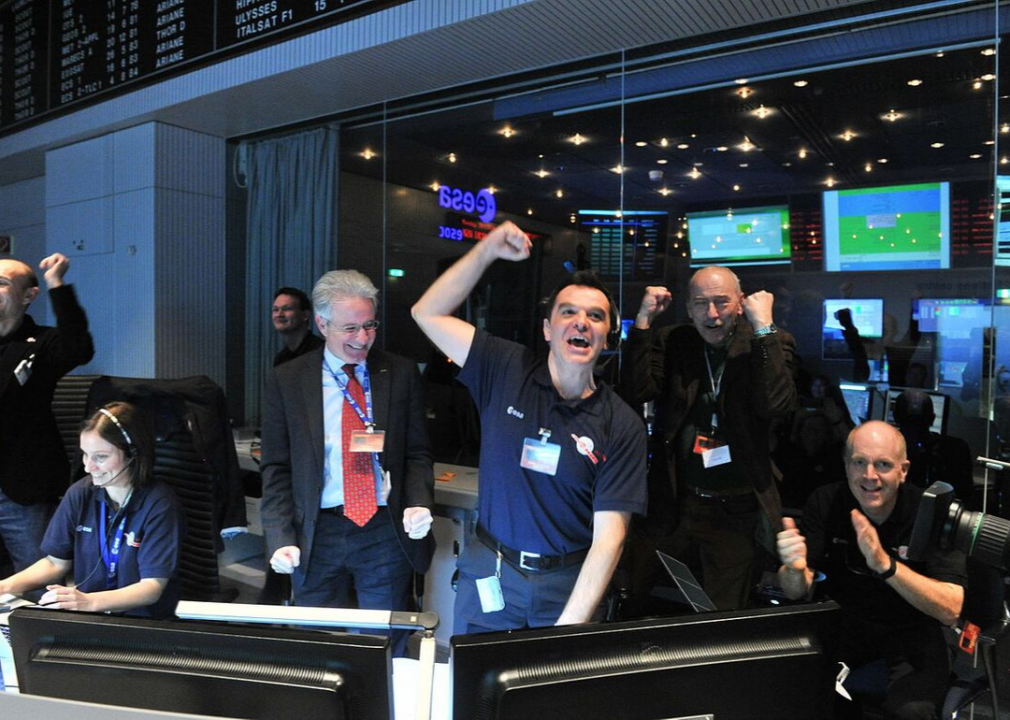
ESA - Jürgen Mai // Wikimedia Commons
2014: Rosetta mission arrives at Comet 67P
The , where it studied how sunlight affected the surface of the comet as it approached the sun. The mission also included a small lander named Philae, which unfortunately landed poorly and could not return much data. However, Rosetta provided a wealth of new information about cometary behavior in addition to many striking images of the surface of 67P.
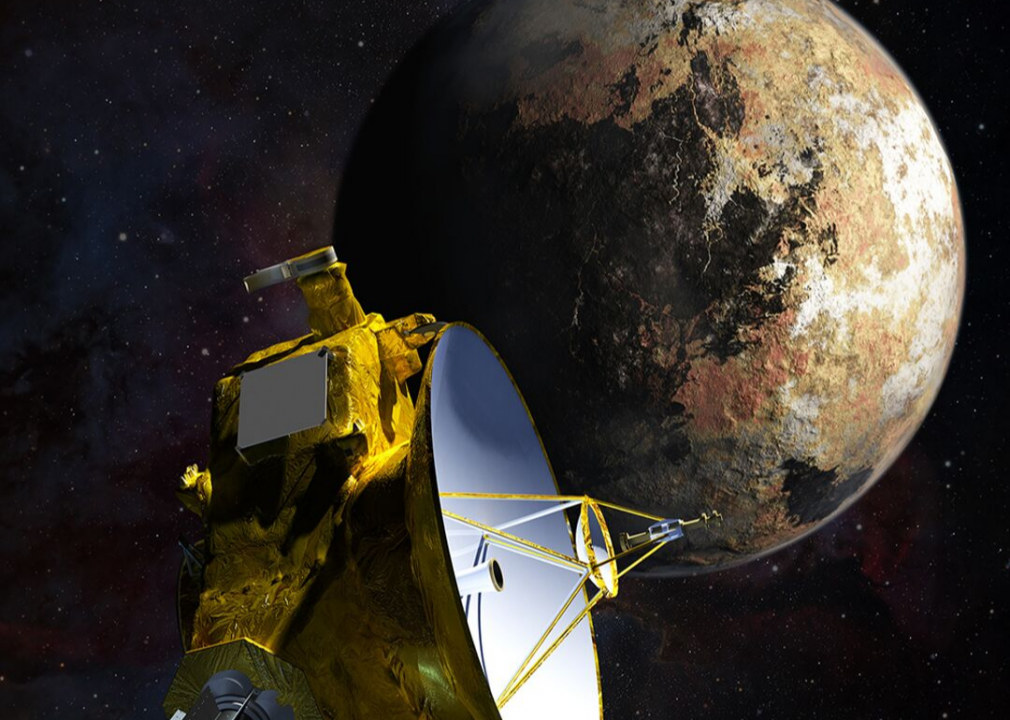
NASAJHU APL/SwRI/Steve Gribben
2015: New Horizons probe first to visit Pluto and its moons
and its moons, revealing a surprisingly dynamic world during its passage. Among the features New Horizons revealed was an icy plain, nicknamed Sputnik, which indicates active internal processes such as ice volcanoes.
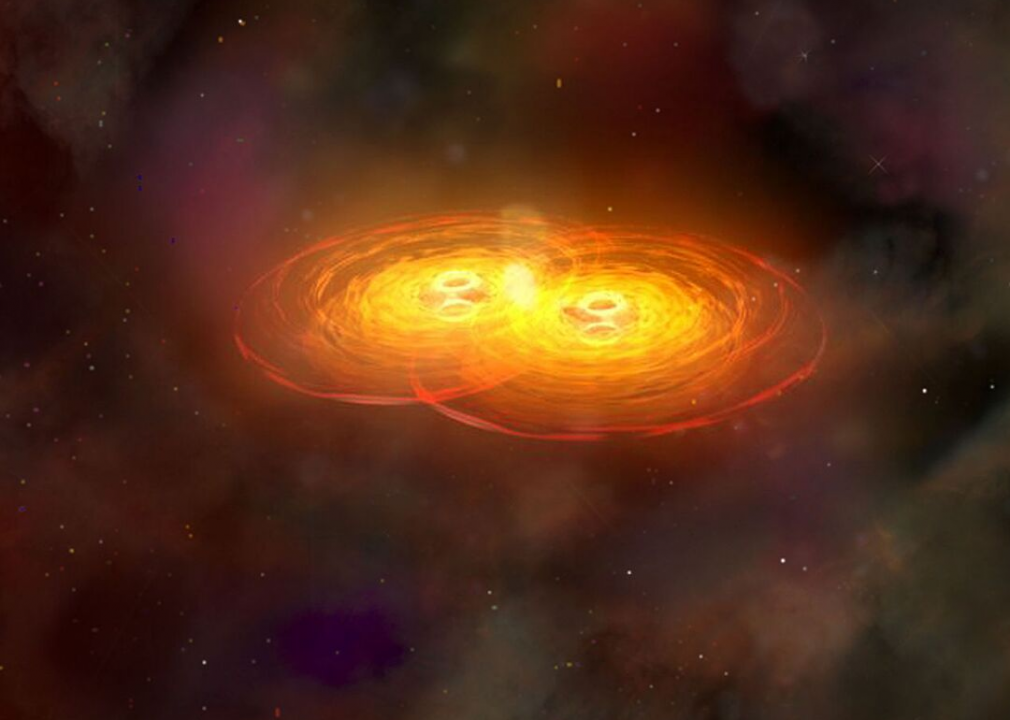
NASA/CXC/A.Hobart
2016: Gravitational waves from colliding black holes
The Laser Interferometer Gravitational-wave Observatory (LIGO) in the United States with the Virgo observatory in Europe announced the . This was direct confirmation of an important prediction from Einstein's general theory of relativity, that gravitational disturbances send out ripples in spacetime. In the following years, LIGO and Virgo detected other black hole collisions, as well as the collision between two neutron stars.
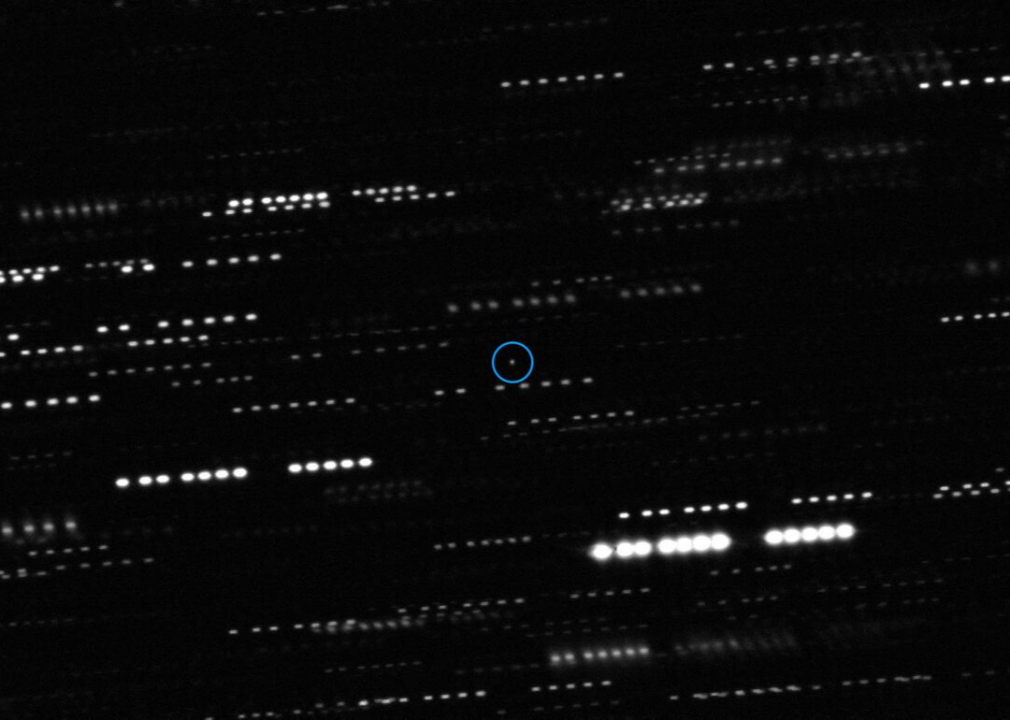
NASA
2017: First identification of an asteroid from outside the solar system
A strangely shaped asteroid the size of a building passed close to Earth in October 2017. Astronomers calculated its trajectory and realized it originated outside the solar system, naming it . Such small alien asteroids are likely to be common, but require some luck to observe because of their transient nature.
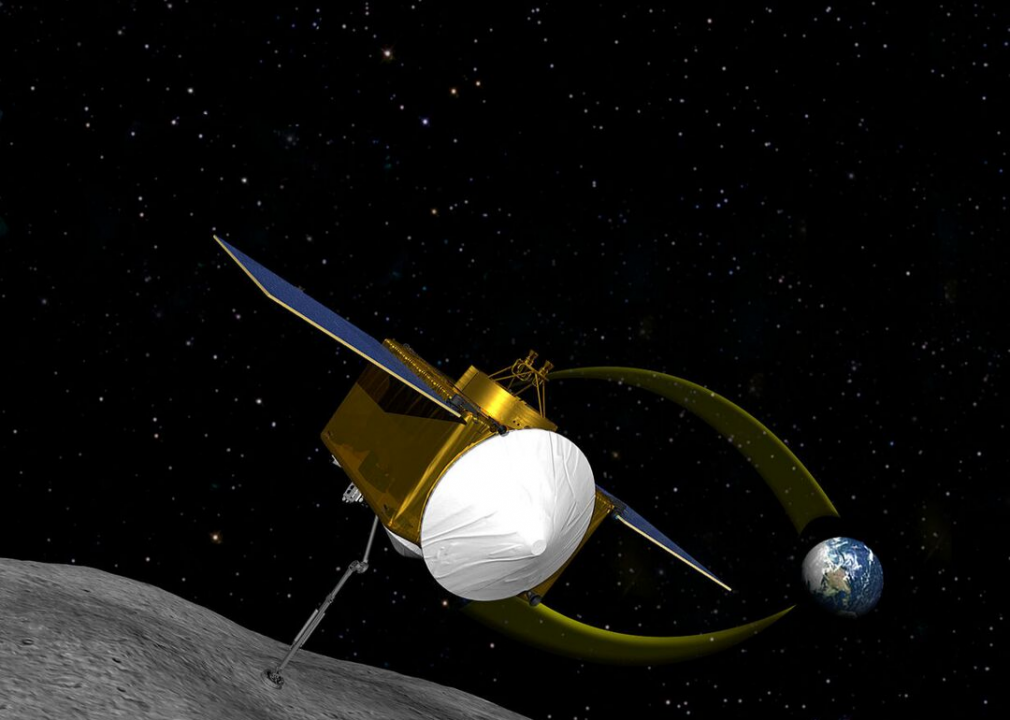
NASA
2018: Hayabusa-2 and OSIRIS-REx missions begin studying asteroids
JAXA and NASA each sent a probe to an asteroid to observe closely and return materials to Earth for further study. JAXA's , while . Both missions seek to understand the origins of the solar system, since asteroids are relatively pristine relics from early history, and also to comprehend how these objects react to sunlight and the solar wind.
